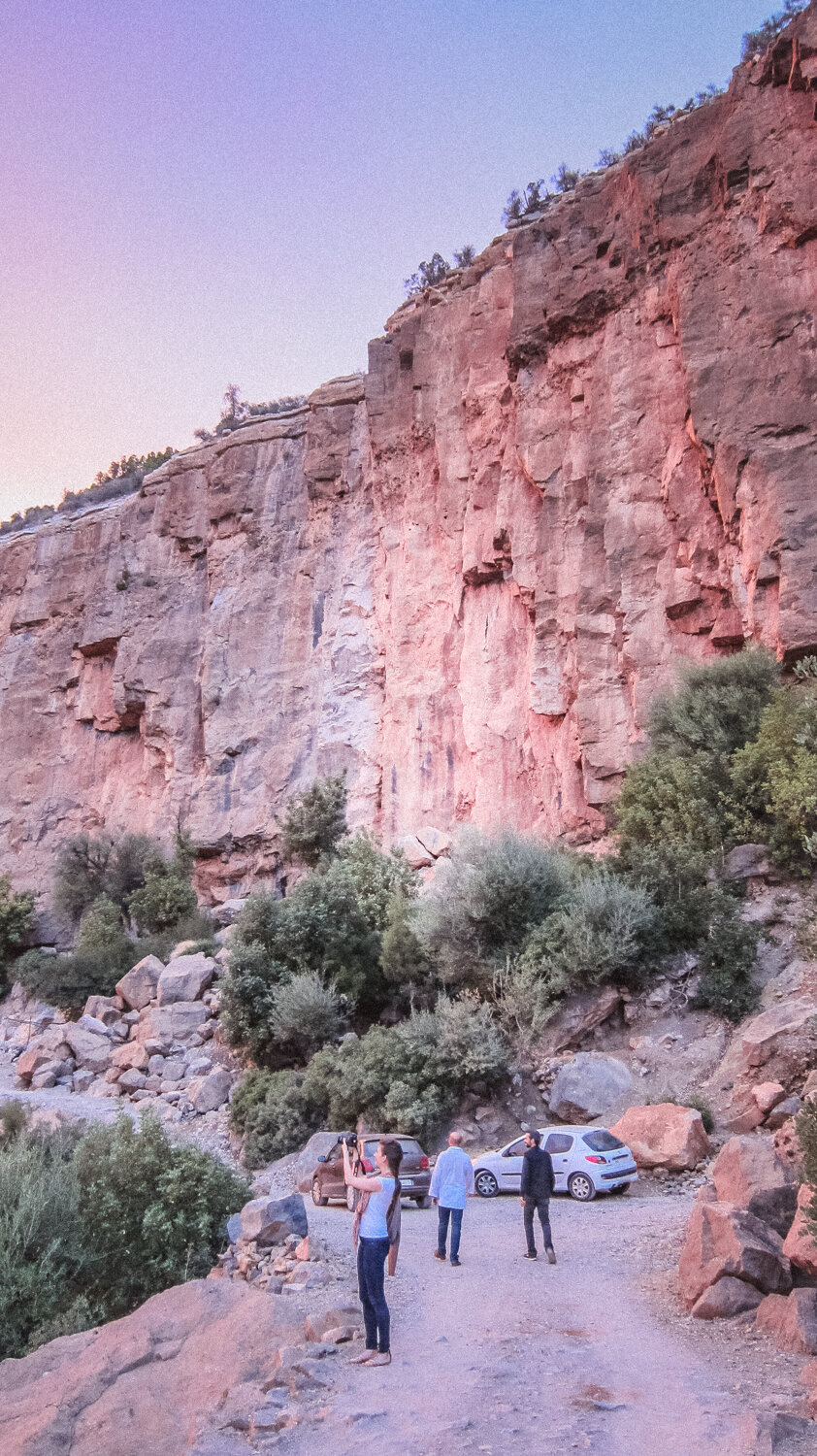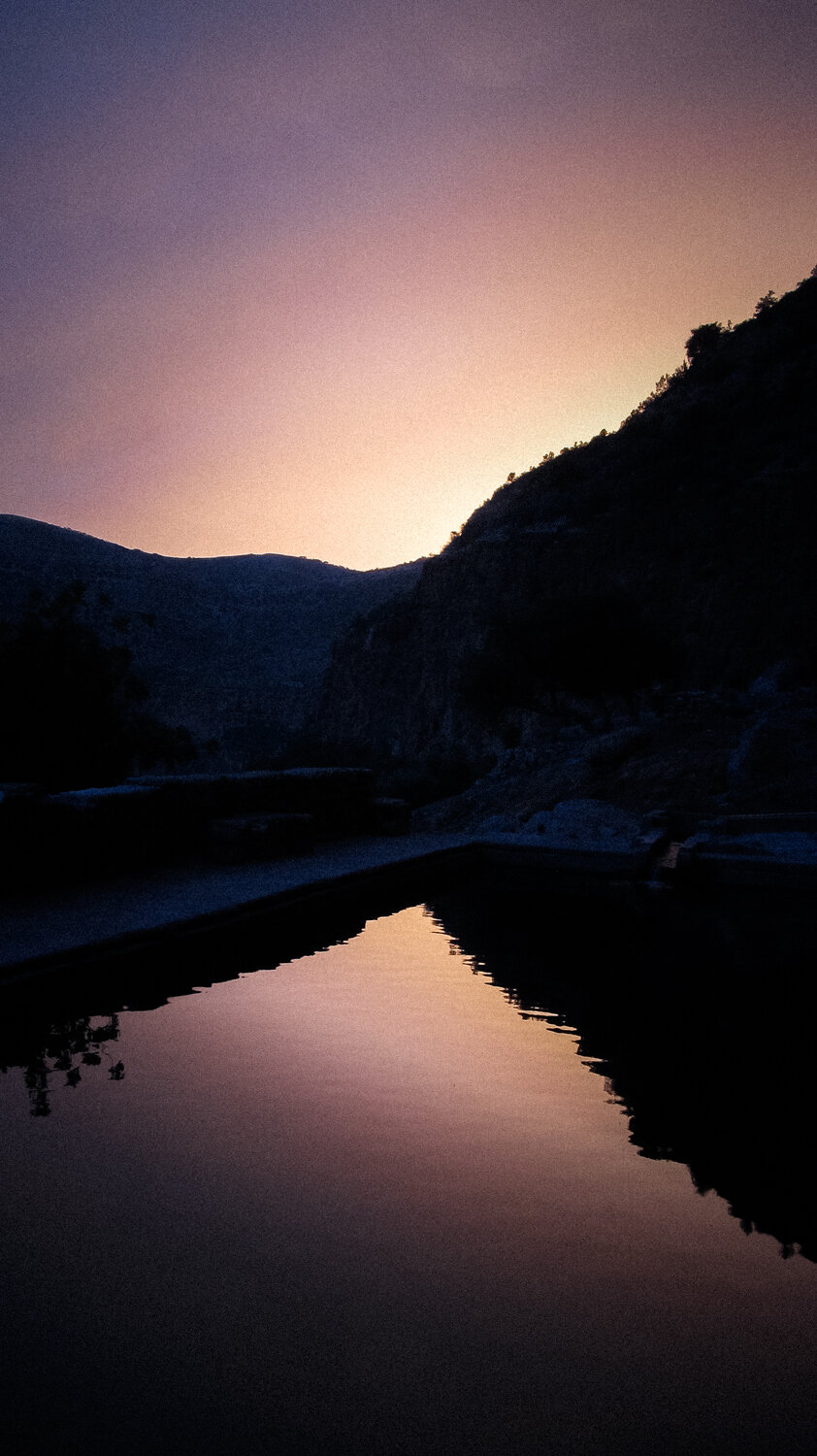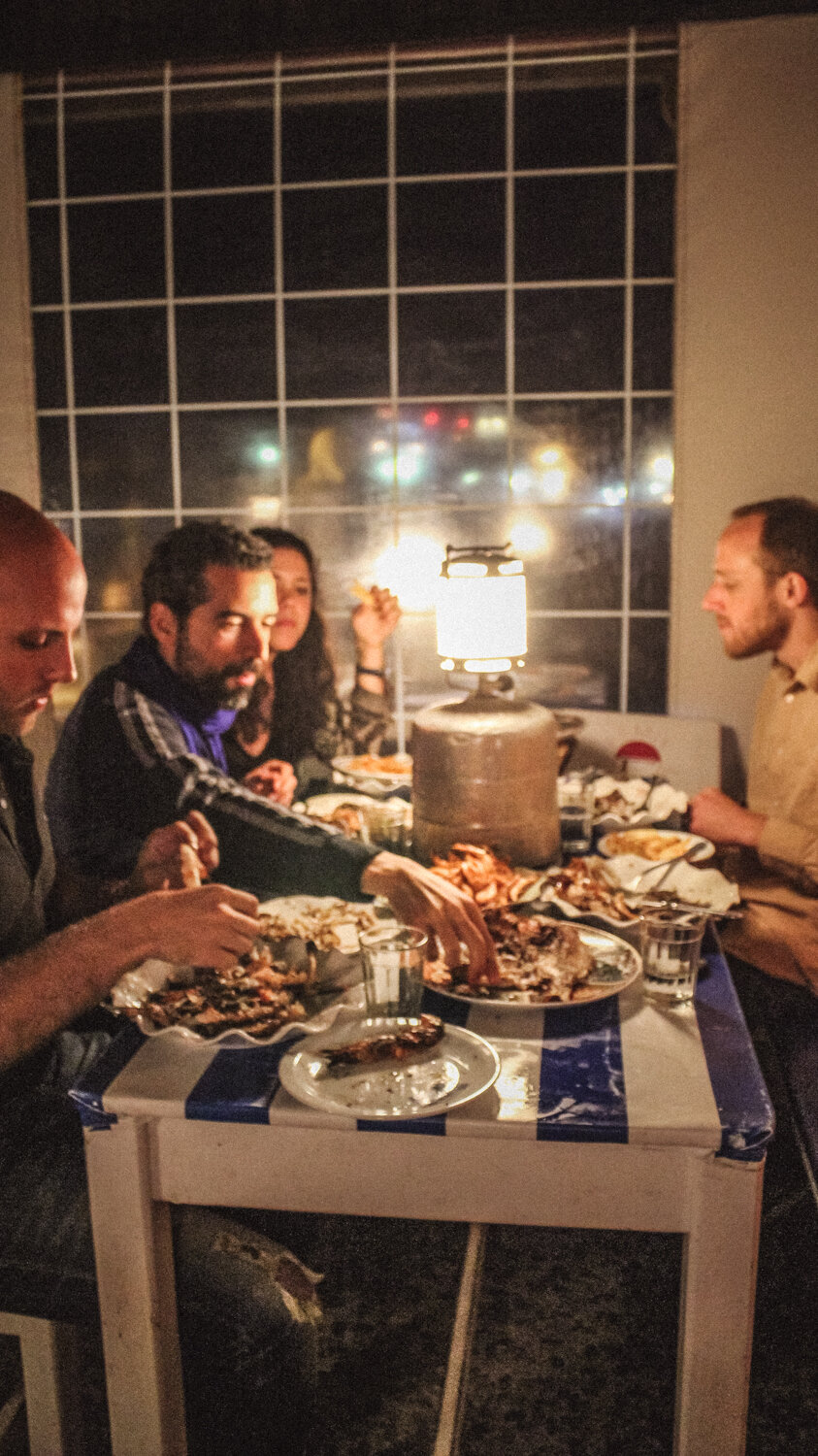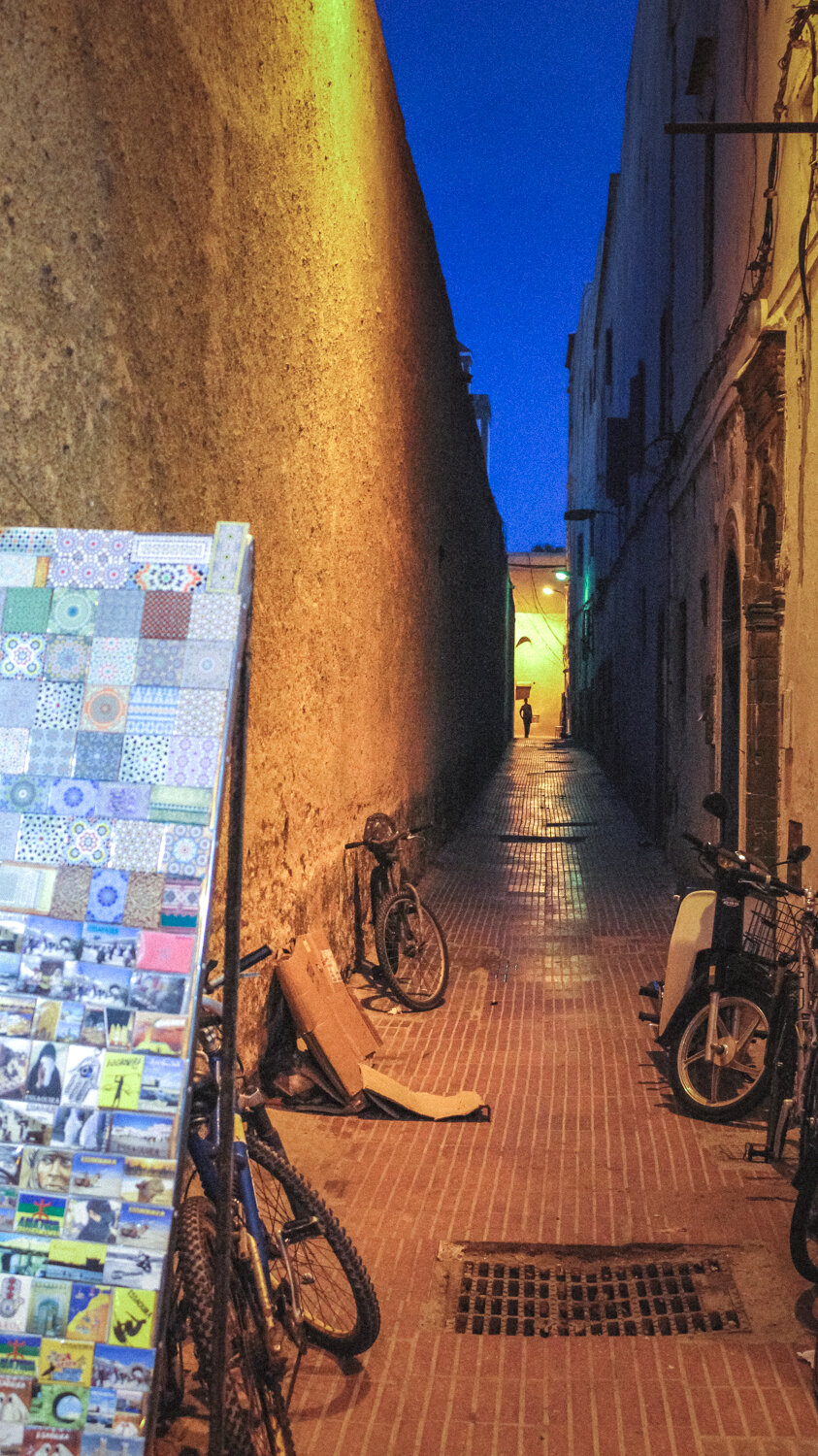Watch The Music
Listen To Album
Recorded live on May 2nd, 2014, by Tyler Wood in Wintimdouine, Morocco.
Mixed and mastered by Tyler Wood at Sauce Farm Studio, Catskill, NY.
Remix Examples
Start Remixing
We've meticulously prepared a collection of remix-friendly audio (loops and one-shots) and video (stems) from the above album and are making them available as free downloads with a Creative Commons BY NC SA license, which allows you to remix and share them solely for non-commercial purposes, as long as you always give credit to Remix ⟷ Culture and Symphonie Lahcen Idhamou, and provide a link to this very same license.
If you end up making killer remixes and you'd like to earn money from remixing our audio, contact us for a licensing agreement.
Audio Downloads
Listen to a few of the hundreds of audio files you will find in the downloads above:
Video Downloads
Watch a few of the dozens of video files that you will find in the downloads above:
![Video Stem [4.a] - Vox - Mono - TallouHt - H264 - 48k:24bit - 23.976FPS](https://images.squarespace-cdn.com/content/v1/593ec58bc534a5c8d1095645/1581535997968-LYPAYOA4T7WTZ14X886B/image-asset.jpeg)
![Video Stem [4.e] - Bendir - Mono - TallouHt - H264 - 48k:24bit - 23.976FPS](https://images.squarespace-cdn.com/content/v1/593ec58bc534a5c8d1095645/1581536033332-YY33TCIGK4MDHS5IKV5L/image-asset.jpeg)
![Video Stem [3.b] - Lotar - Mono - Ayeh Ayeh Aya Margi - H264 - 48k:24bit - 23.976FPS](https://images.squarespace-cdn.com/content/v1/593ec58bc534a5c8d1095645/1581536106334-TGGX413P0CO0HOLQ3T9O/image-asset.jpeg)
![Video Stem [2.f] - Naqos - Mono - Tindouf & Taleb Elemderst - H264 - 48k:24bit - 23.976FPS](https://images.squarespace-cdn.com/content/v1/593ec58bc534a5c8d1095645/1581536162406-XSGHFJA3CJXLHKO0JM9E/image-asset.jpeg)
![Video Stem [2.d] - Tamtam - Mono - Tindouf & Taleb Elemderst - H264 - 48k:24bit - 23.976FPS](https://images.squarespace-cdn.com/content/v1/593ec58bc534a5c8d1095645/1581536260124-FGFGHRMYVJ1HJQWE950Y/image-asset.jpeg)
![Video Stem [2.c] - Ribab - Mono - Tindouf & Taleb Elemderst - H264 - 48k:24bit - 23.976FPS](https://images.squarespace-cdn.com/content/v1/593ec58bc534a5c8d1095645/1581536331055-PIYKDRV3KMGS6TQRPZ4D/image-asset.jpeg)
About The Band
Band Members
Rays Tayeb Tarrih, Rays Yid Amghar - Lotar, Vocals
Rays Lahcen Idhamou - Rebab, Lotar, Lead Vocals
Rays Mohamed Amegroute, Rays Brahim Afrou - Rebab, Vocals
Rays Hamid Abara - Tamtam, Vocals
Rays Moulay Tayyeb, Rays Mhend Amentay - Bendir, Vocals
Rays Lmsih - Naqos, Vocals
Raysa Aicha - Lead Vocals
Rays Ali Tamri, Rays Lahcen Belmoud, Rays Houssein Ou3allal, Rays Ali Atanan - Lotars, Vocals, Dance
Hailing from Tiznit, Inezgane, Agadir and neighboring villages, Symphonie Lahcen Idhamou is an ensemble of virtuosos dedicated to the transmission of traditional Amazigh songs typical of the Souss Massa region in Morocco, called music of the Rways - plural of Rays (masculine) and Raysa (feminine). A Rays or Raysa is primarily a poet, then a musician, composer, and choreographer. While there exists a vast repertoire of Rways texts, melodies, rhythms, and dances, no two performances are ever identical. The Rways will improvise together, depending on the context and inspiration, which traditionally have ranged from family celebrations to community ceremonies to national celebrations and annual popular gatherings known as “Moussem.” The common themes evoked include a celebration of life, the vagaries of nature, the agricultural seasons, spirituality, and unrequited love.
Bandleader Rays Lahcen Idhamou has dedicated his life to the celebration and transmission of this culture. He was the first to record then-renowned Rays Haj Belâid in 1979 for the national Moroccan TV channel RTM. He has since developed his work as a Rays, drawing from Ahwach music, religious texts, and Gnawa rhythms. In his home, there is a room which only he is allowed to enter. It is his cultural sanctuary, filled with books, music, and writings that fuel the work he does to keep breathing new life into Symphonie Lahcen Idhamou and the culture of the Rways.
The tradition of the Rways (and, in general, the Amazigh civilization) is also known for its celebration of the role of women in society, where both aspiring Rays and Raysa have had access to the schools of the Rways, and the tradition has produced many a Raysa star.
In our video for the songs “Ayeh Ayeh Aya Margi” and “TallouHt,” you might have noticed the crown worn by the lead vocalist. Moroccan oral tradition tells of the French designer Auguste Bartholdi visiting the Souss region of Morocco in 1871 and meeting its indigenous Amazigh people. His fascination by their unique aesthetics met with inspiration when he also found out the word "Imazighen" (plural of Amazigh) means "the free people." He then set out to design the Statue of Liberty modeled around the free, indigenous Moroccan woman.
A few months after filming and recording Symphonie Lahcen Idhamou, we returned to show Lahcen Idhamou the results of our work, handing them CDs and DVDs of their performance, and demo’ing for Lahcen our signature video remixing. We were accompanied by 2M radio journalist, Layal Rhanem, who produced this short story (in French and Darija) about Lahcen Idhamou:
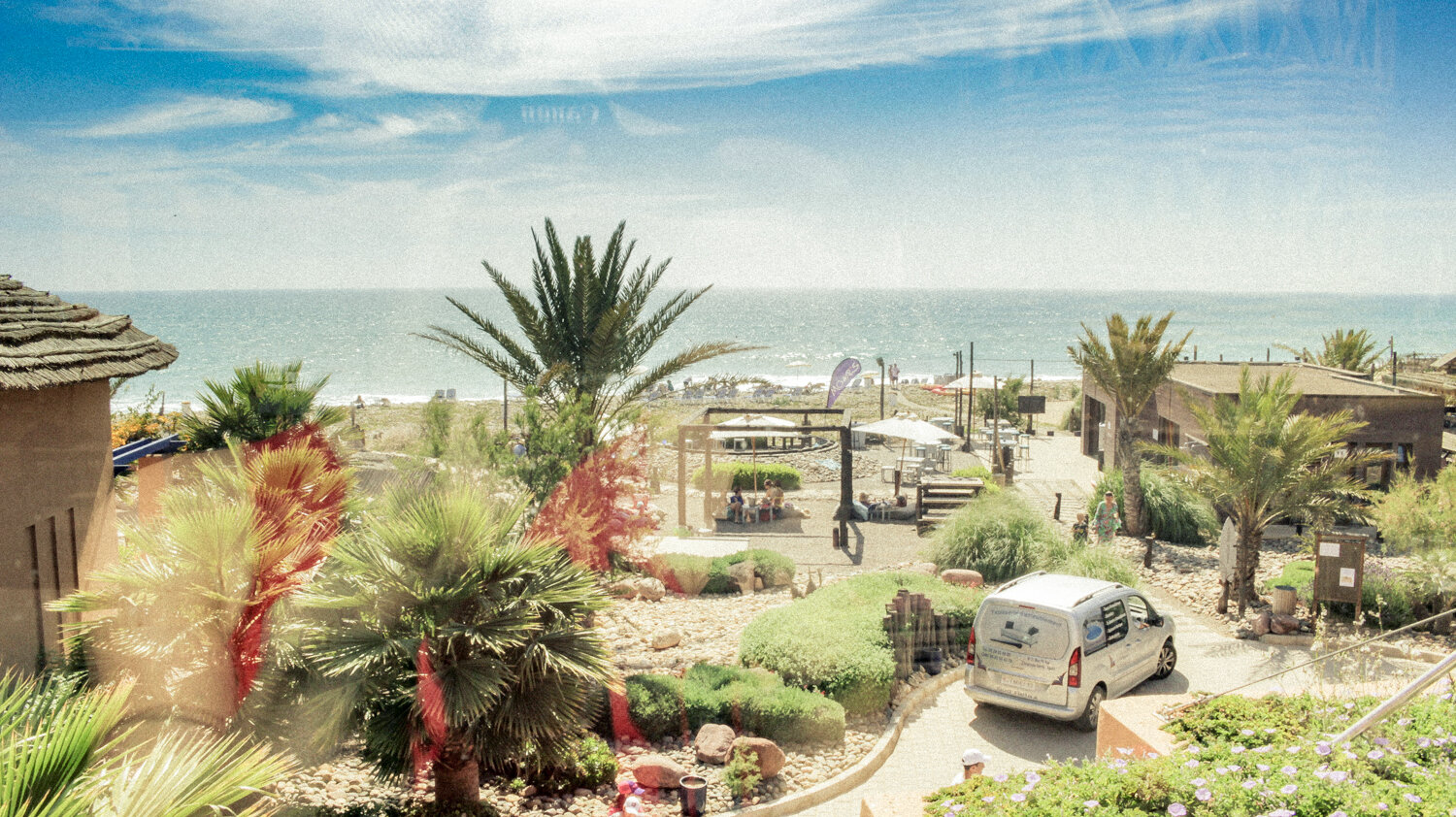
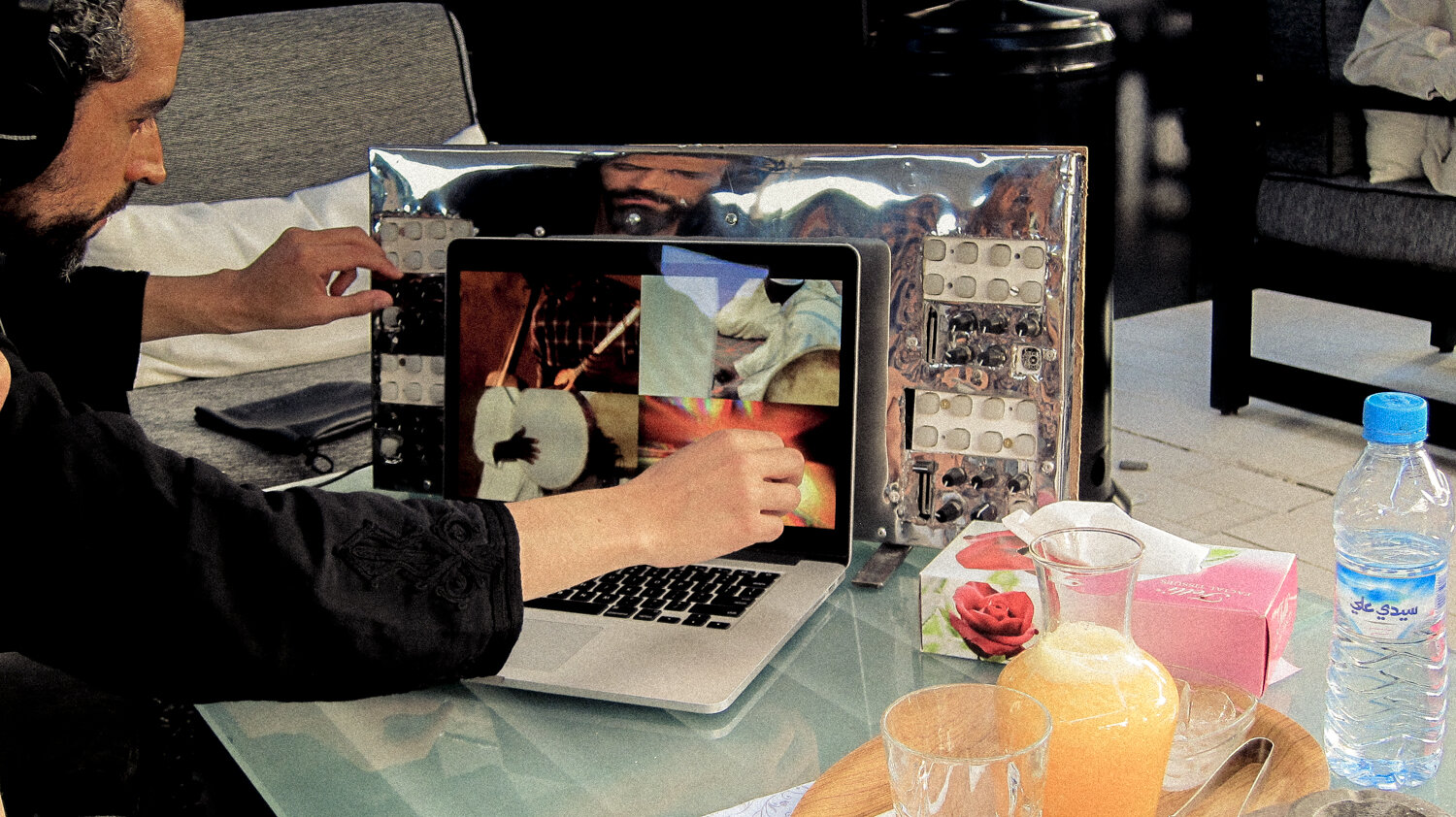
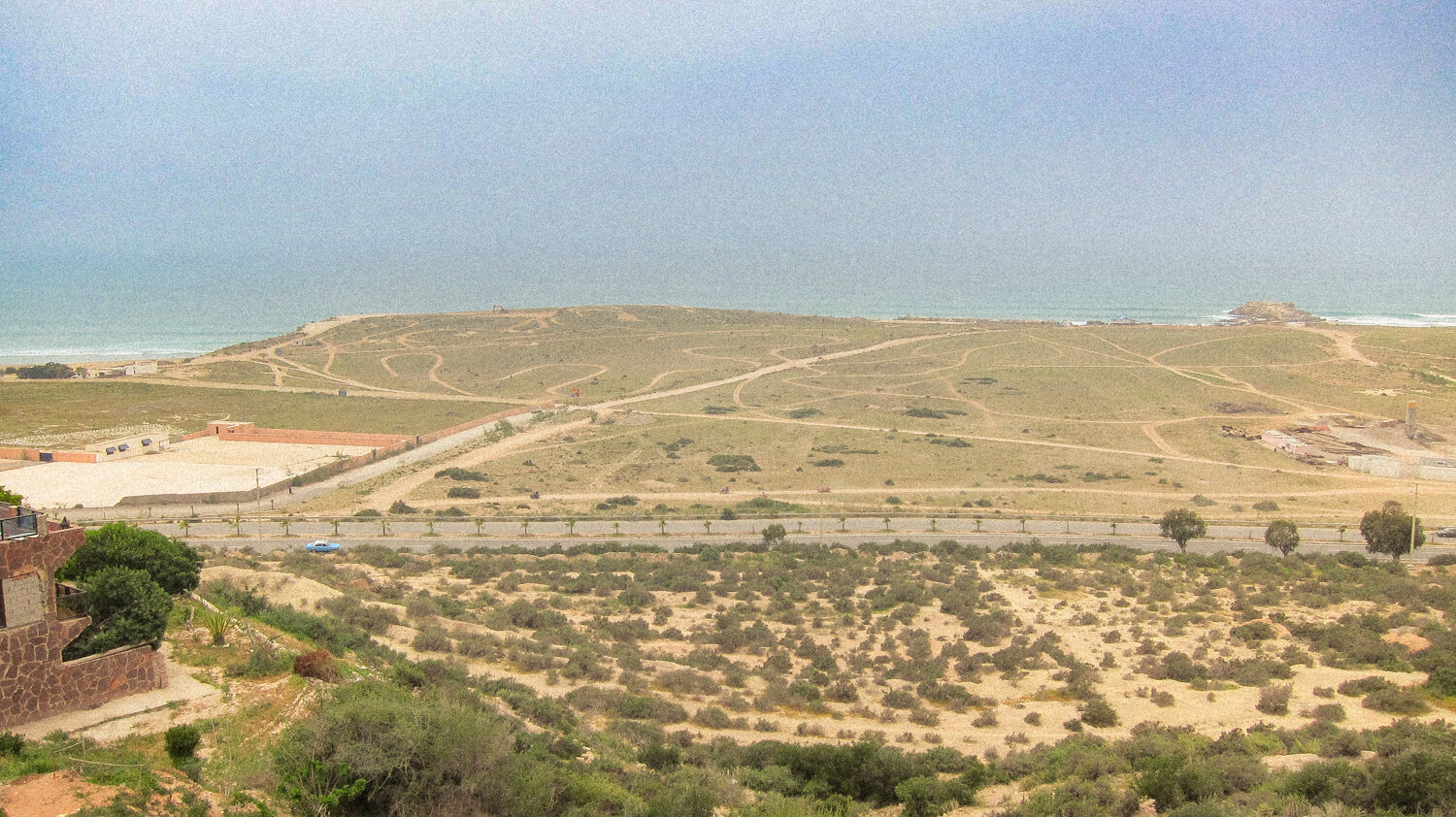
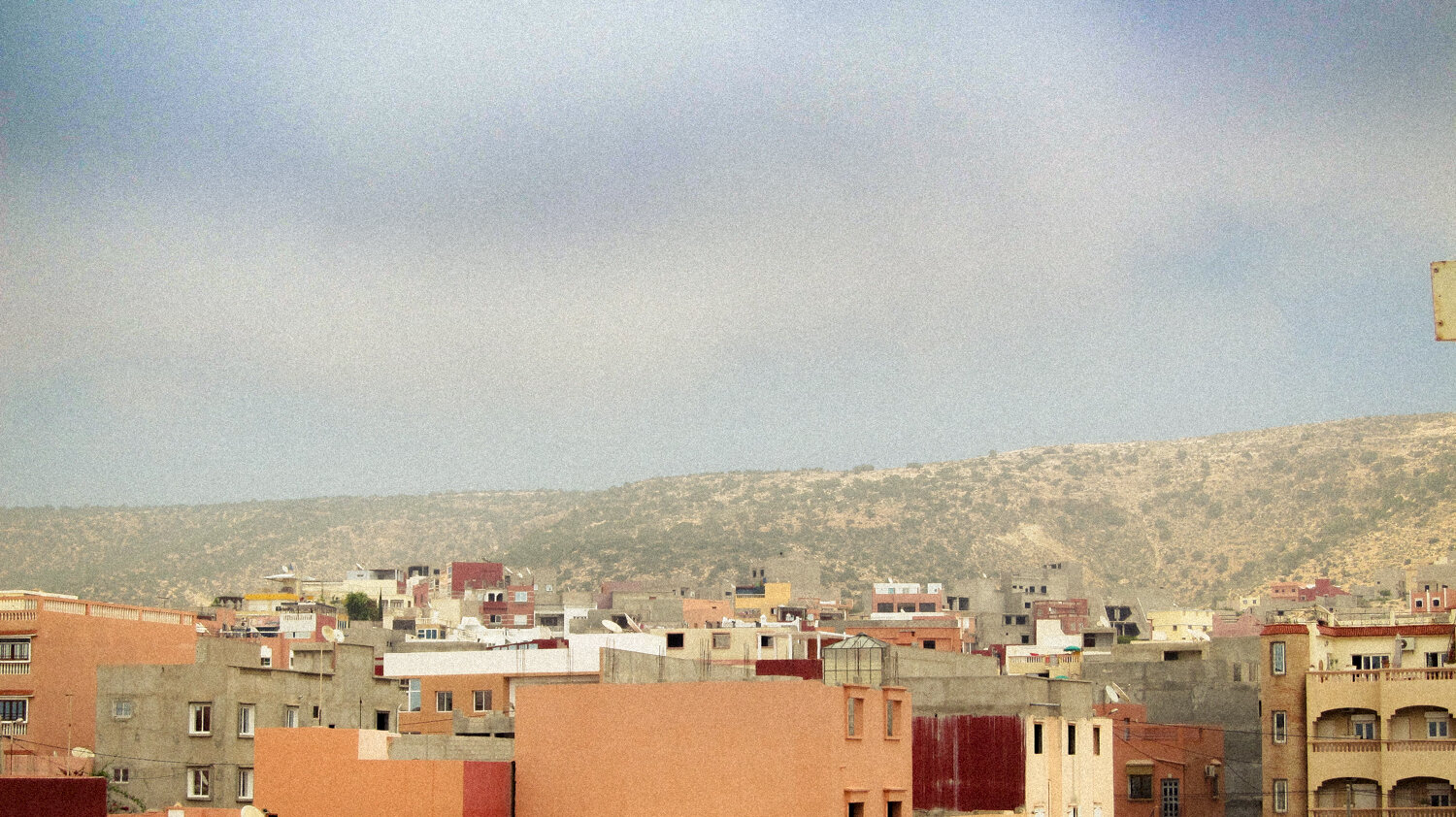


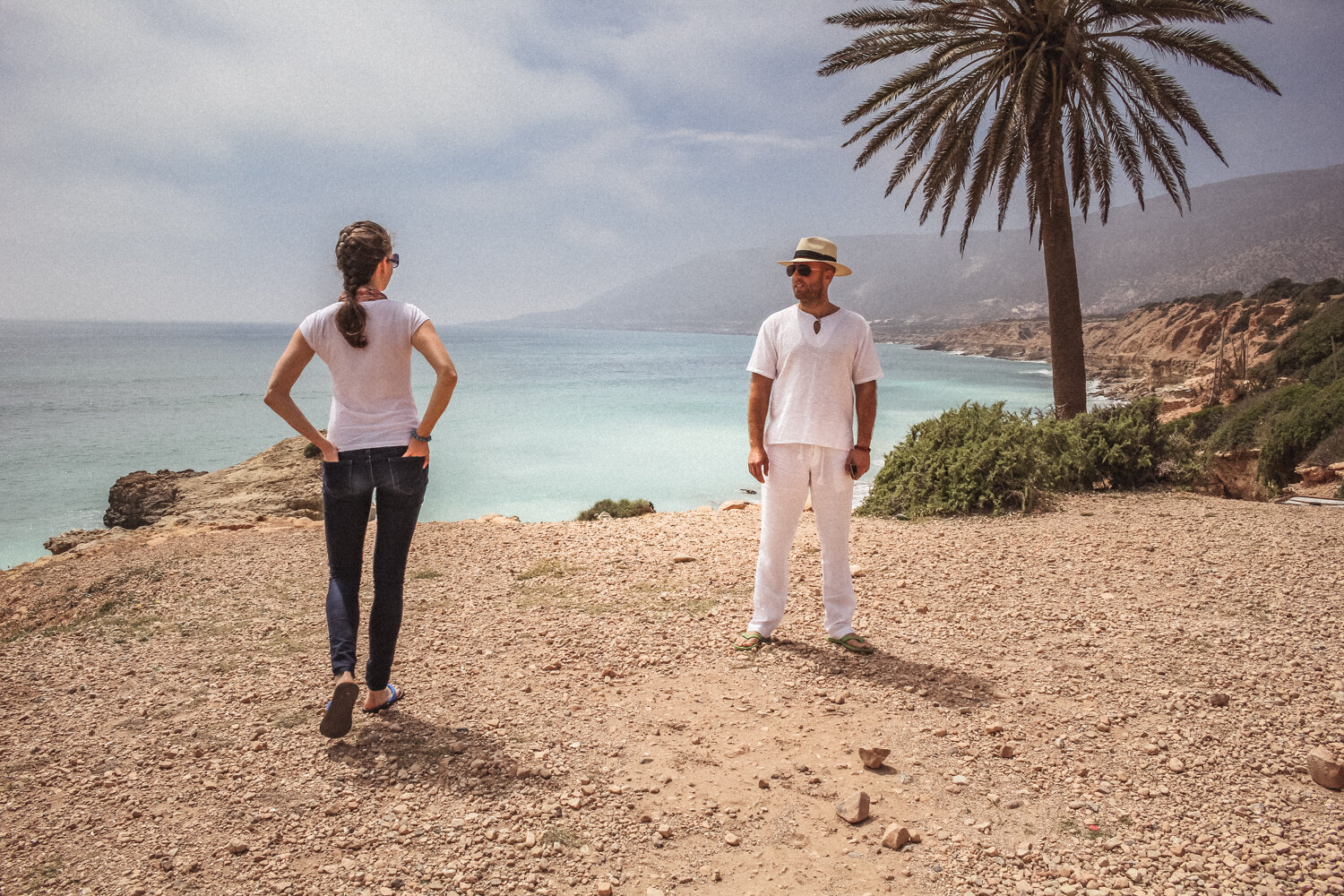
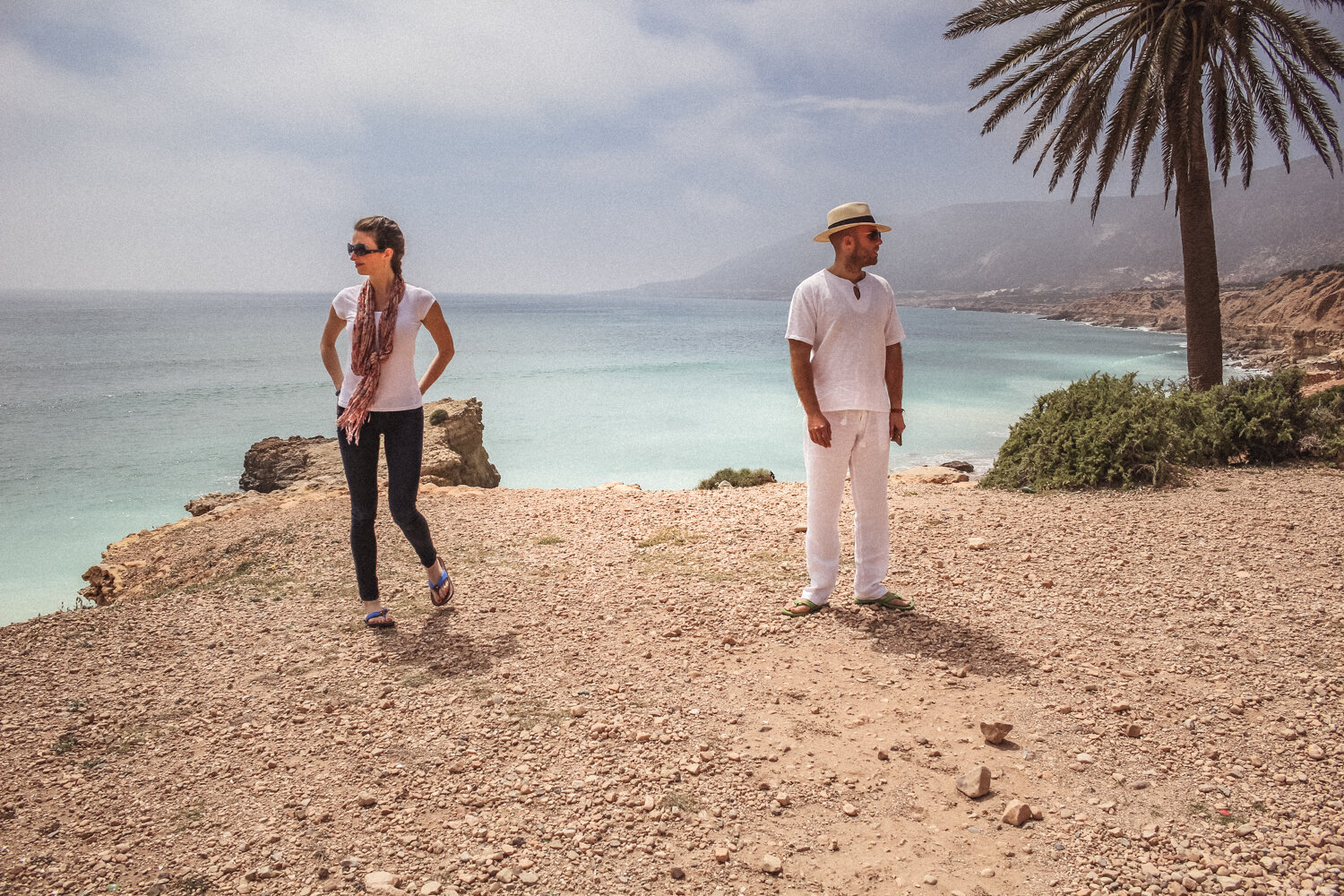
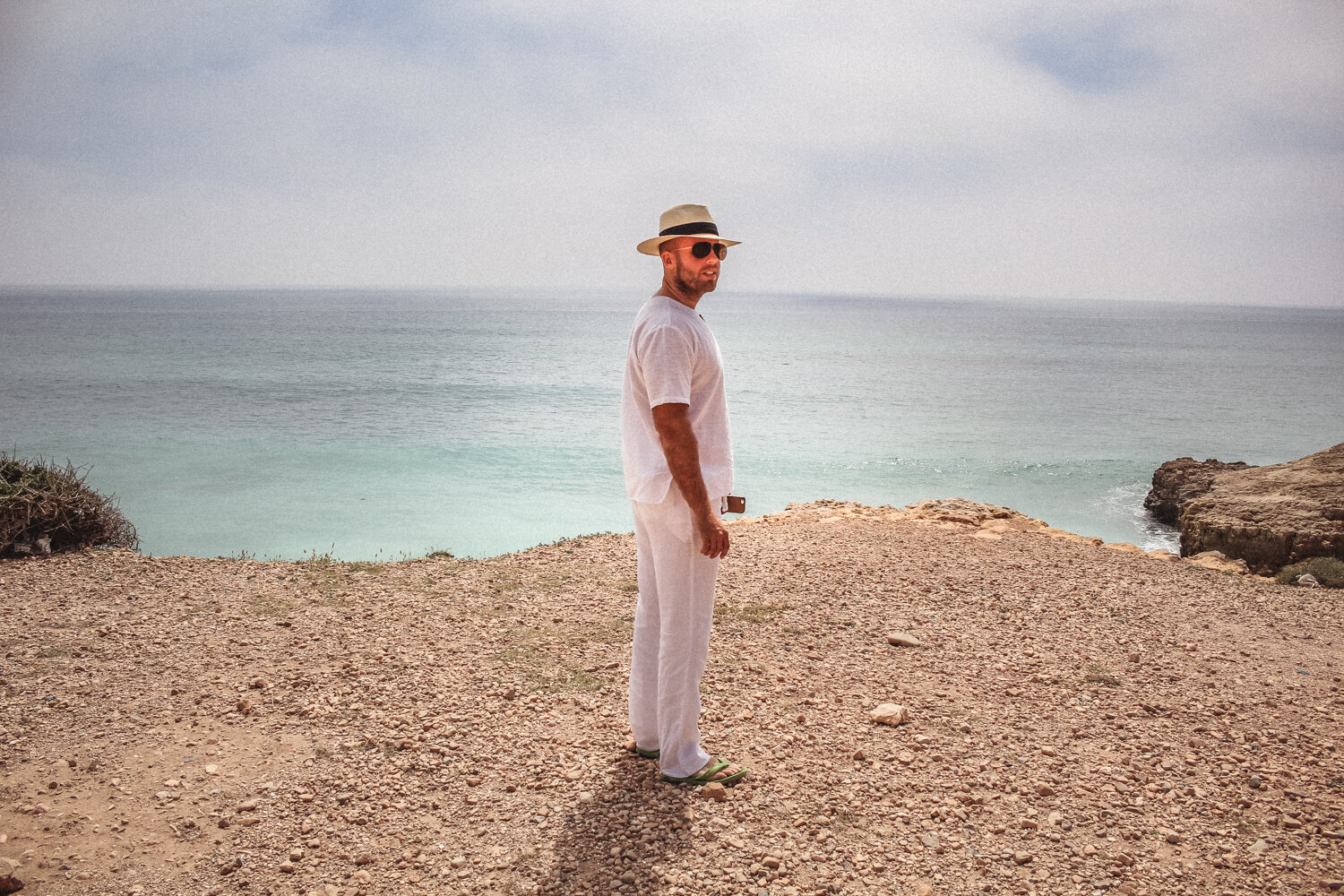
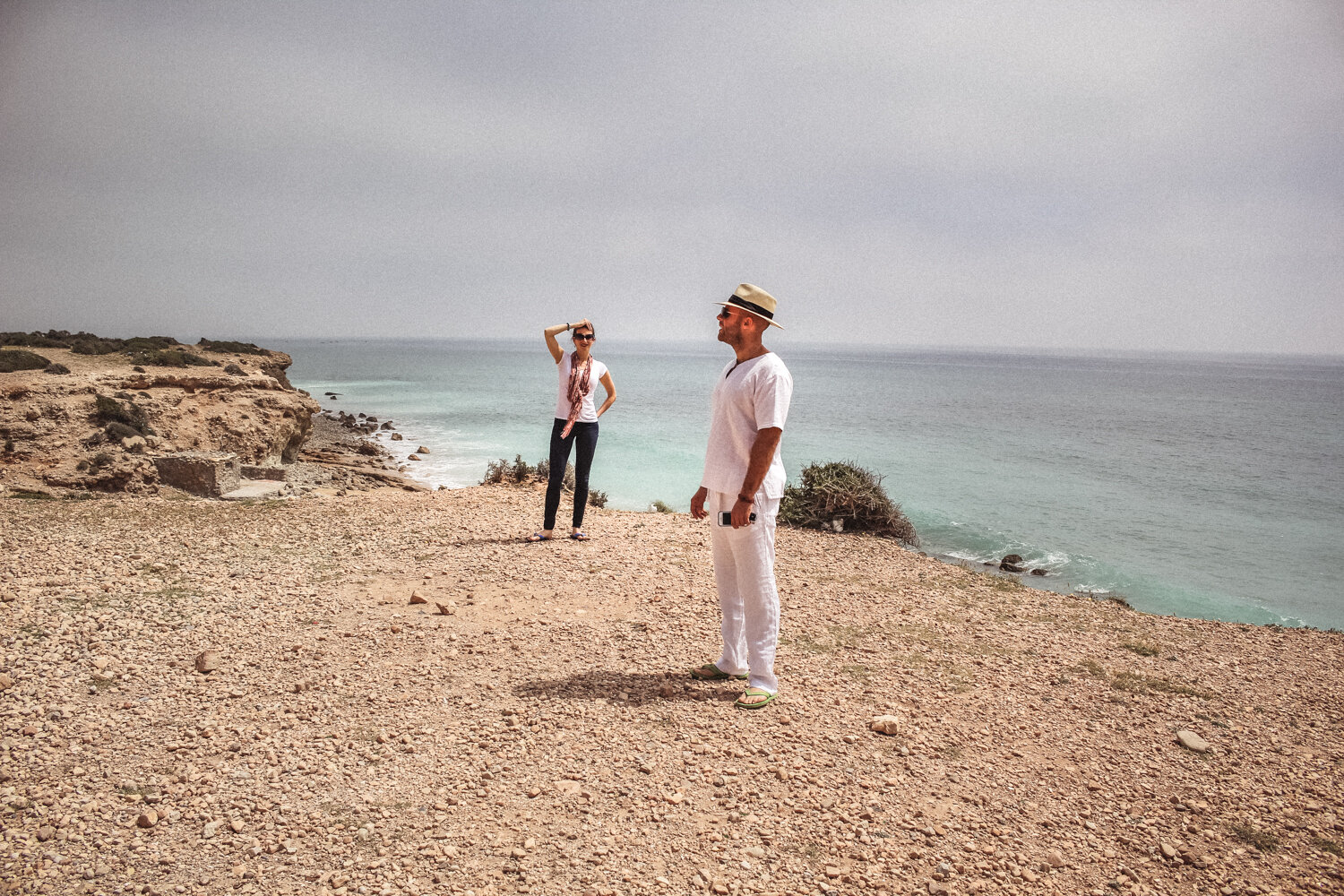
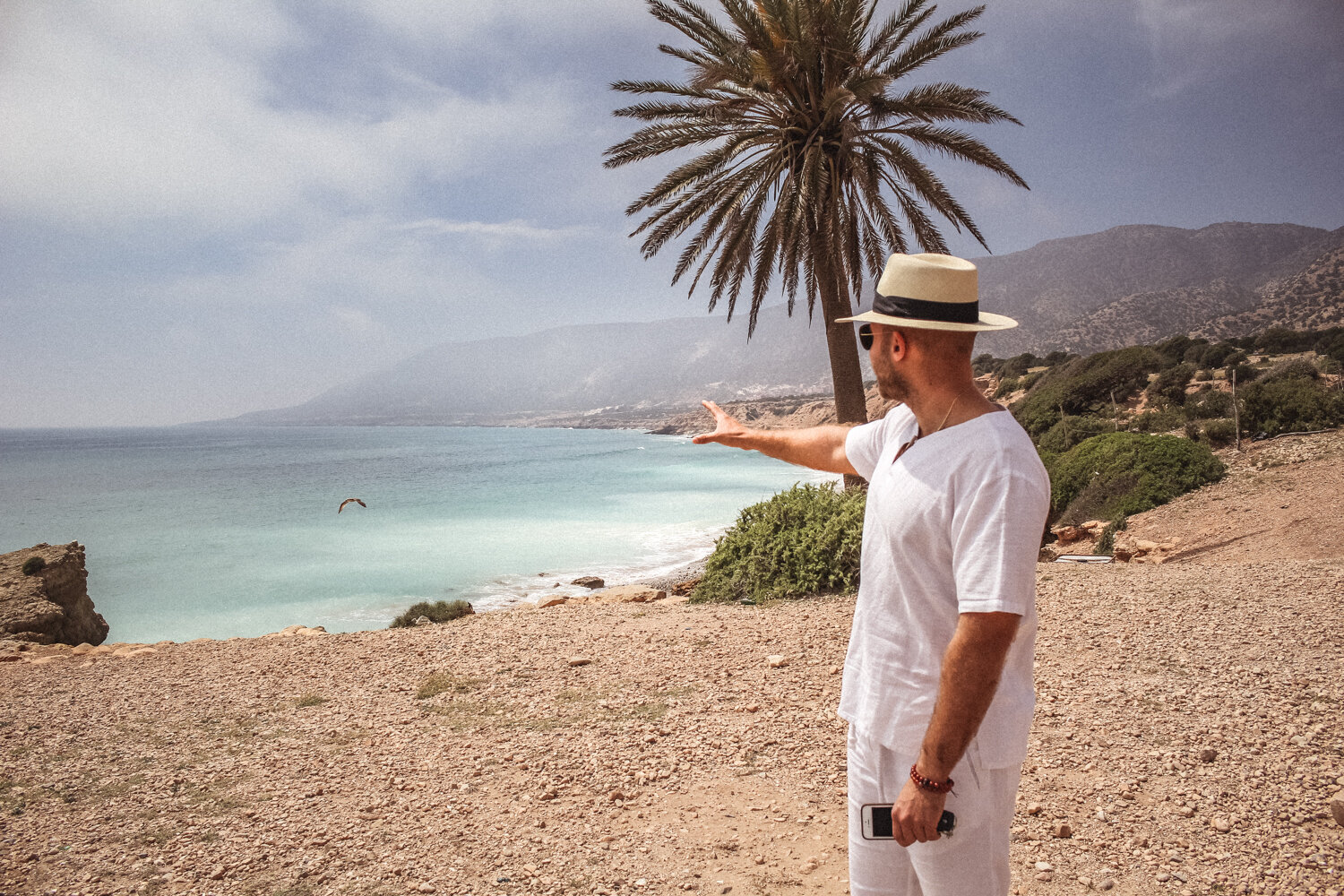
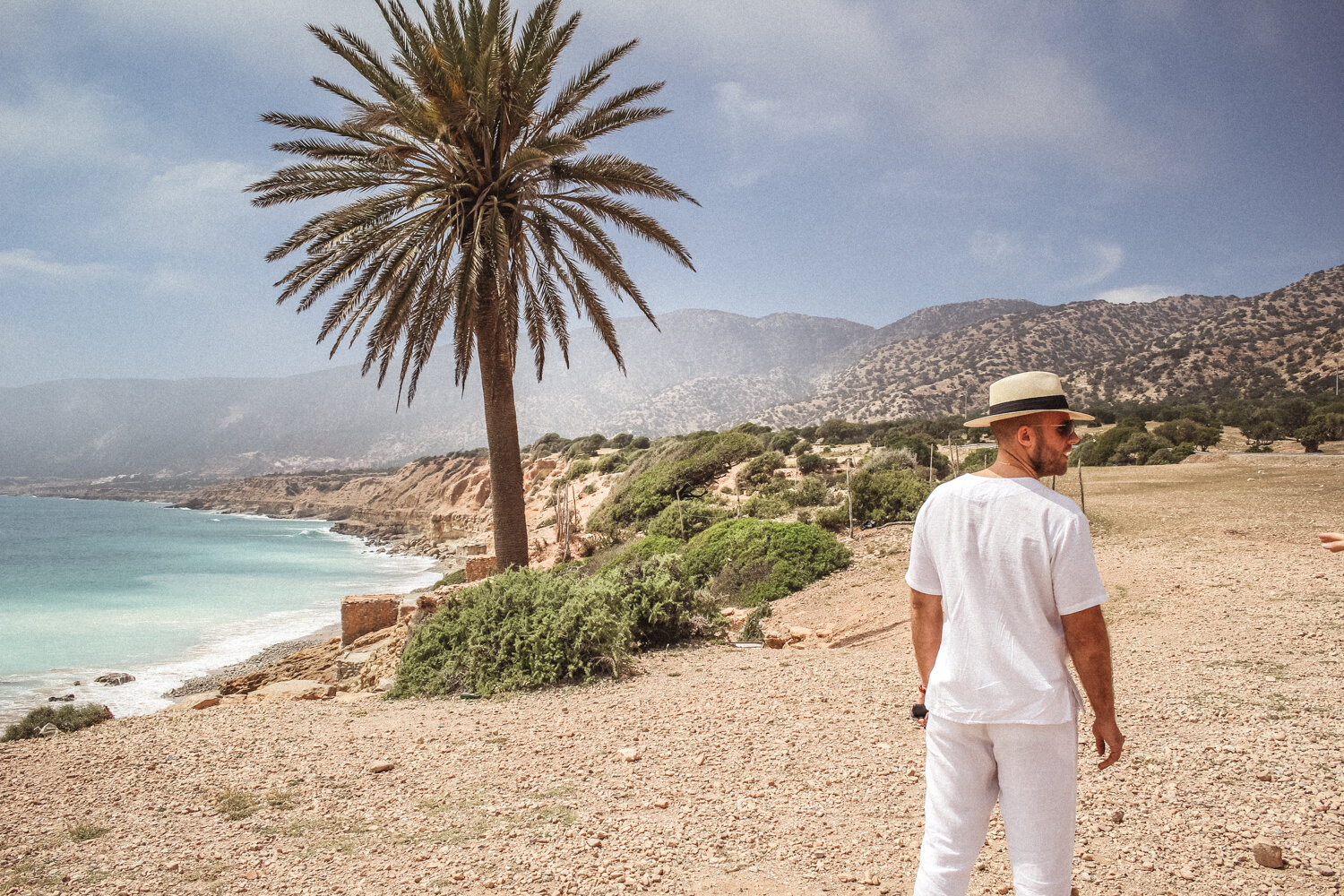
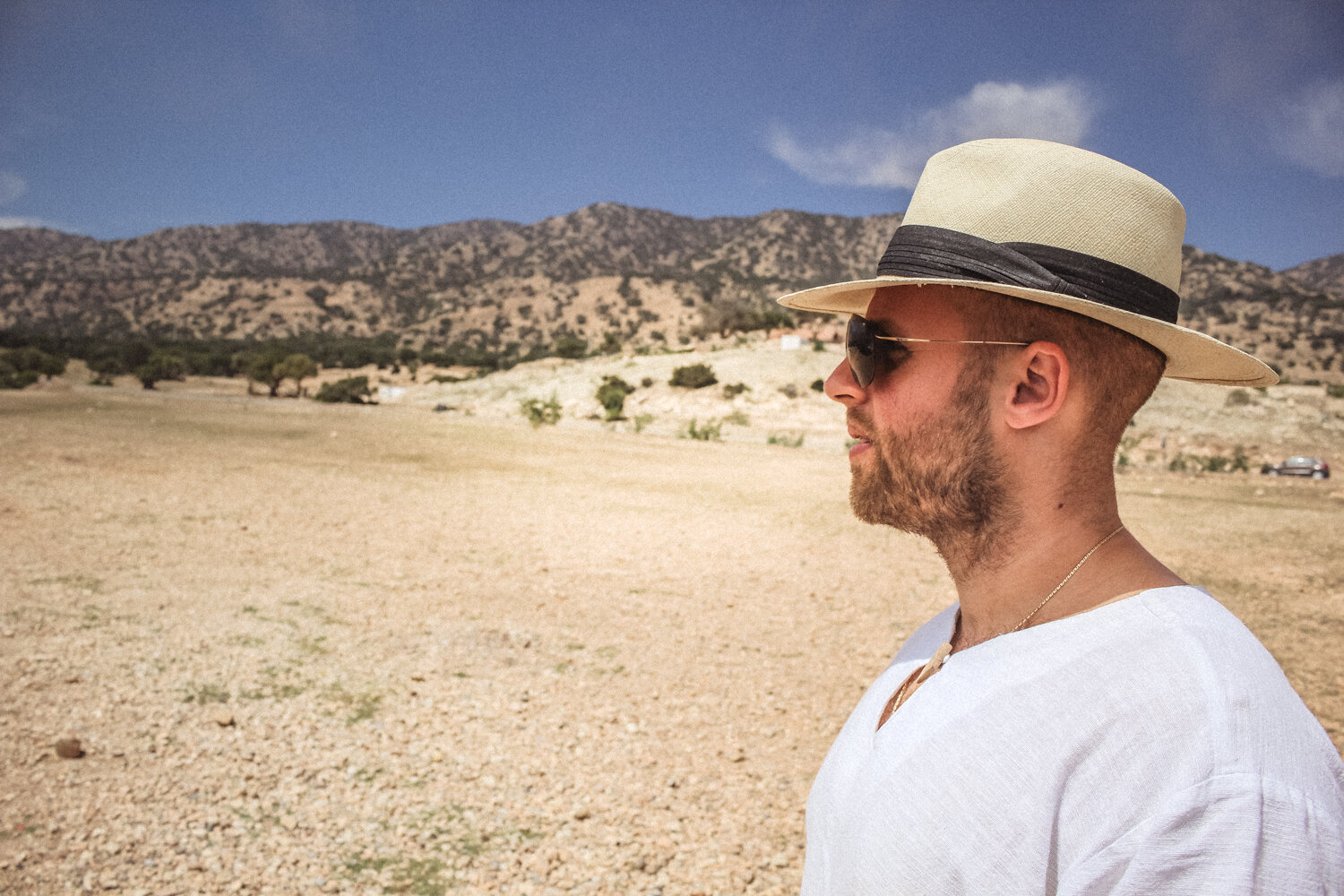
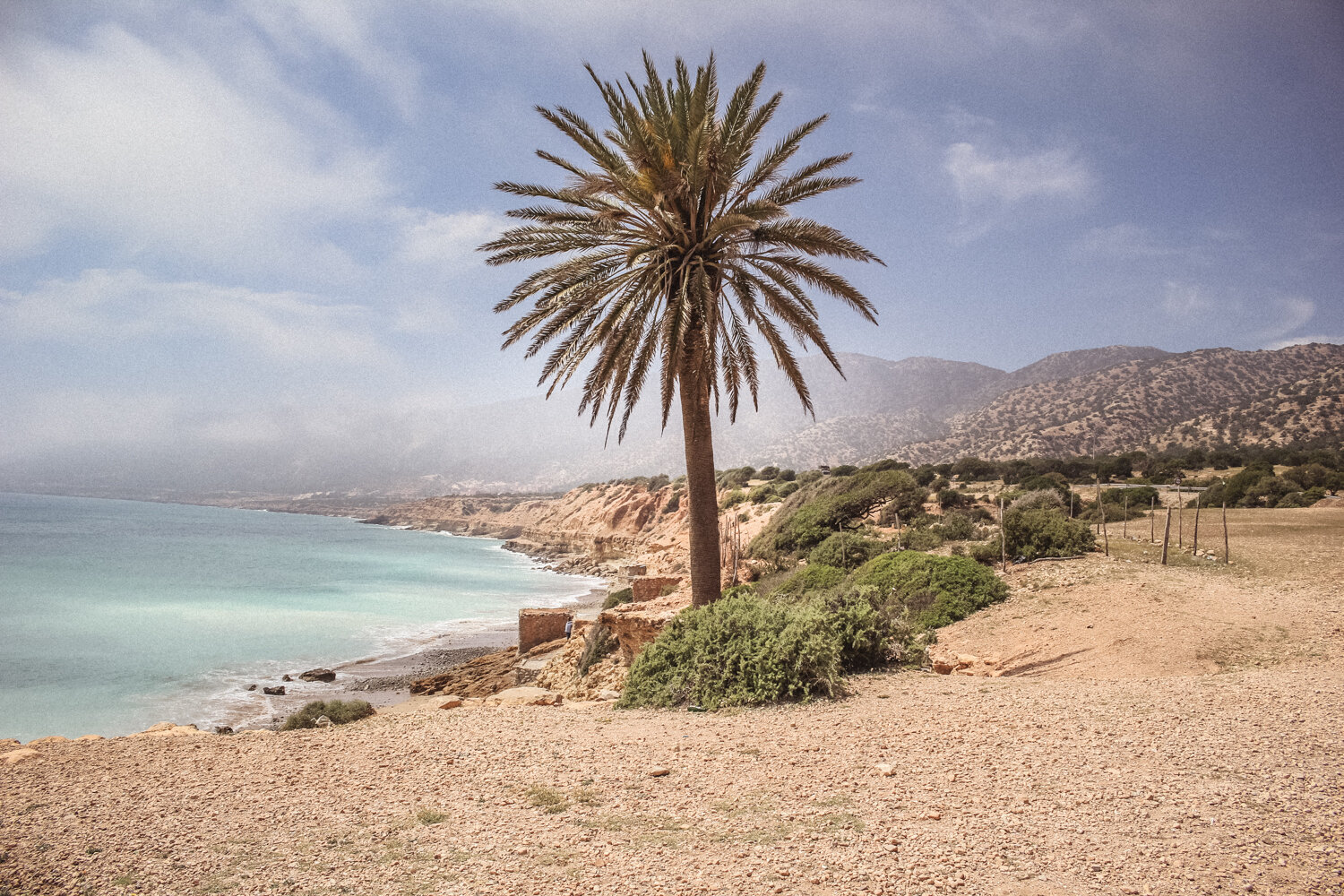
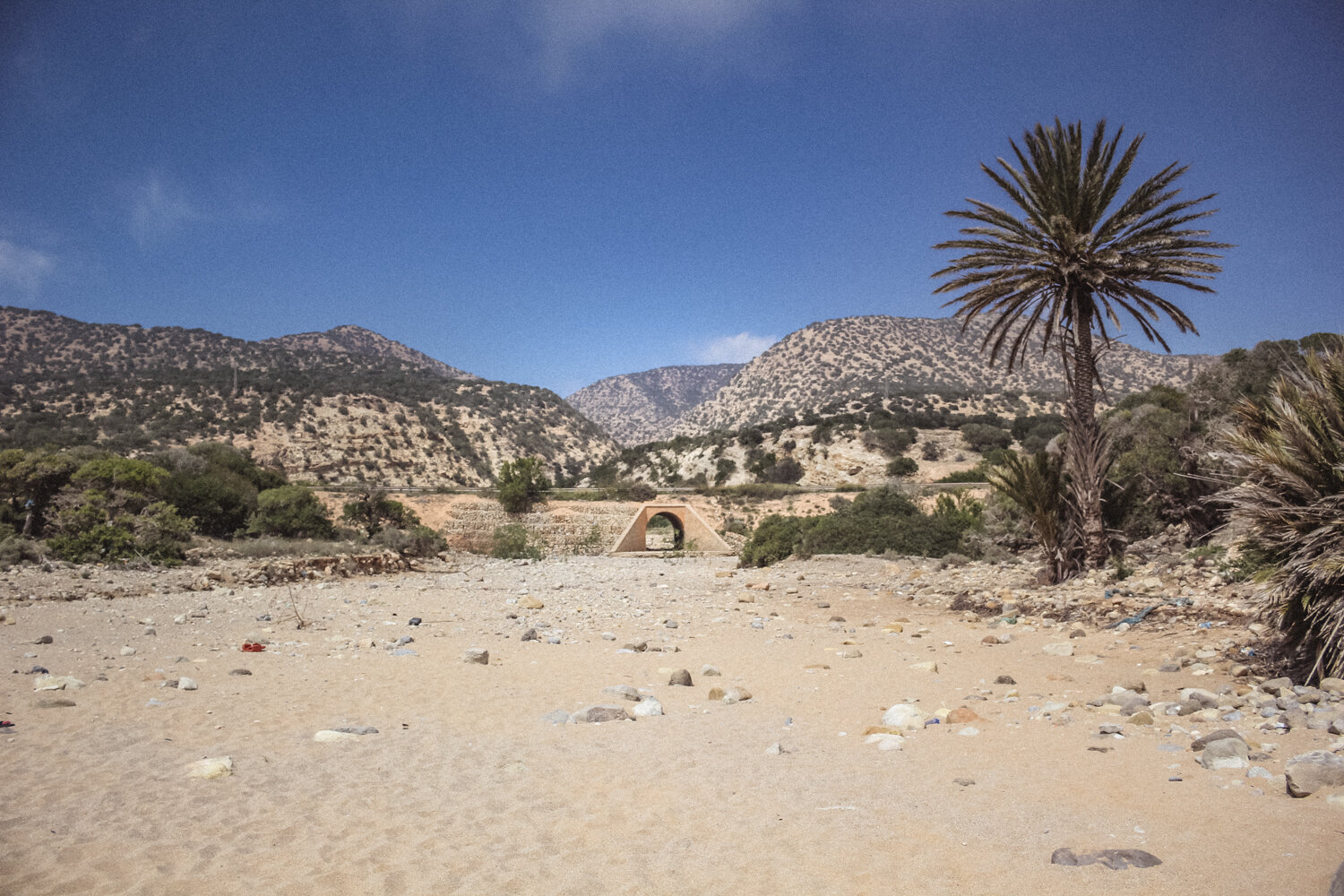



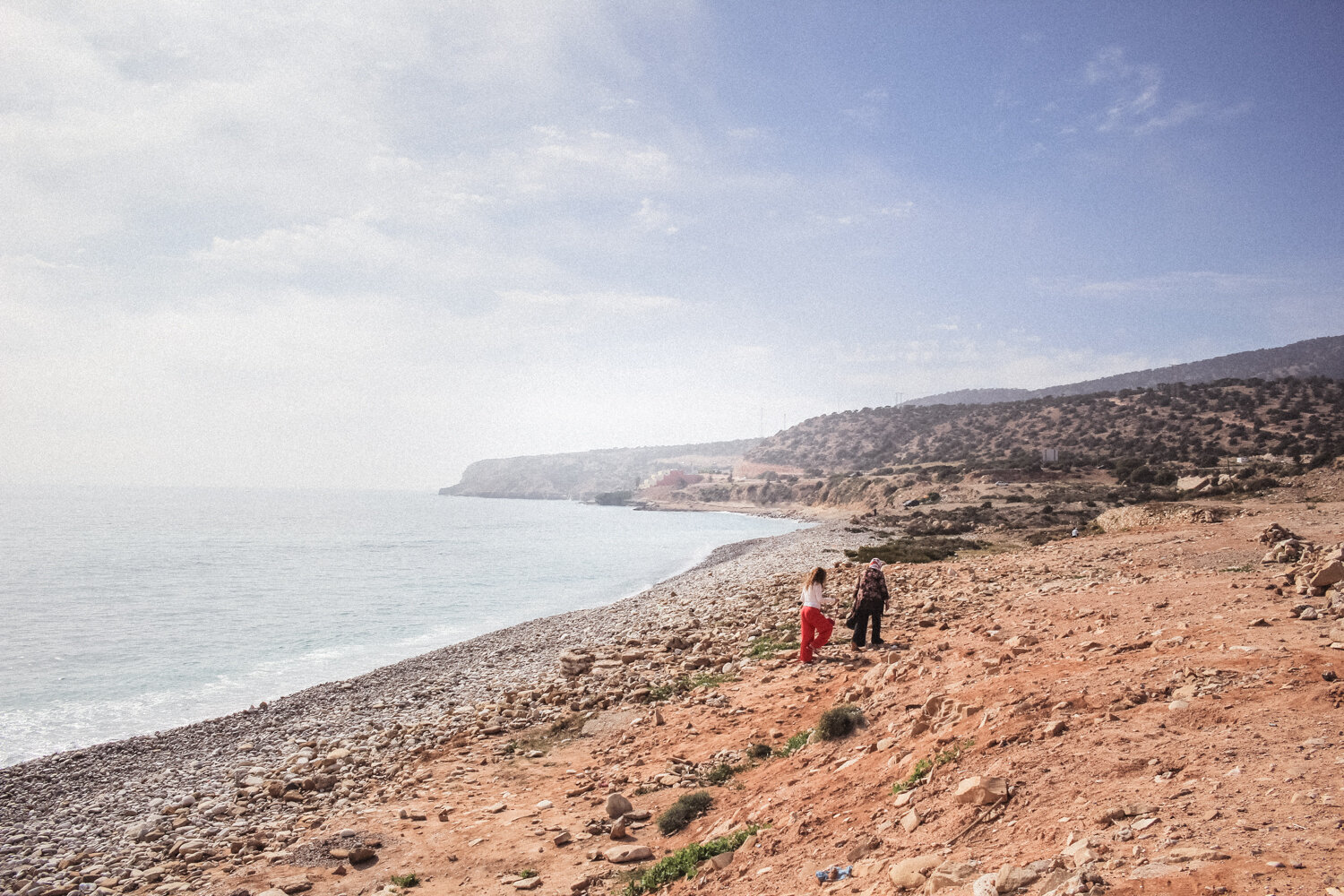
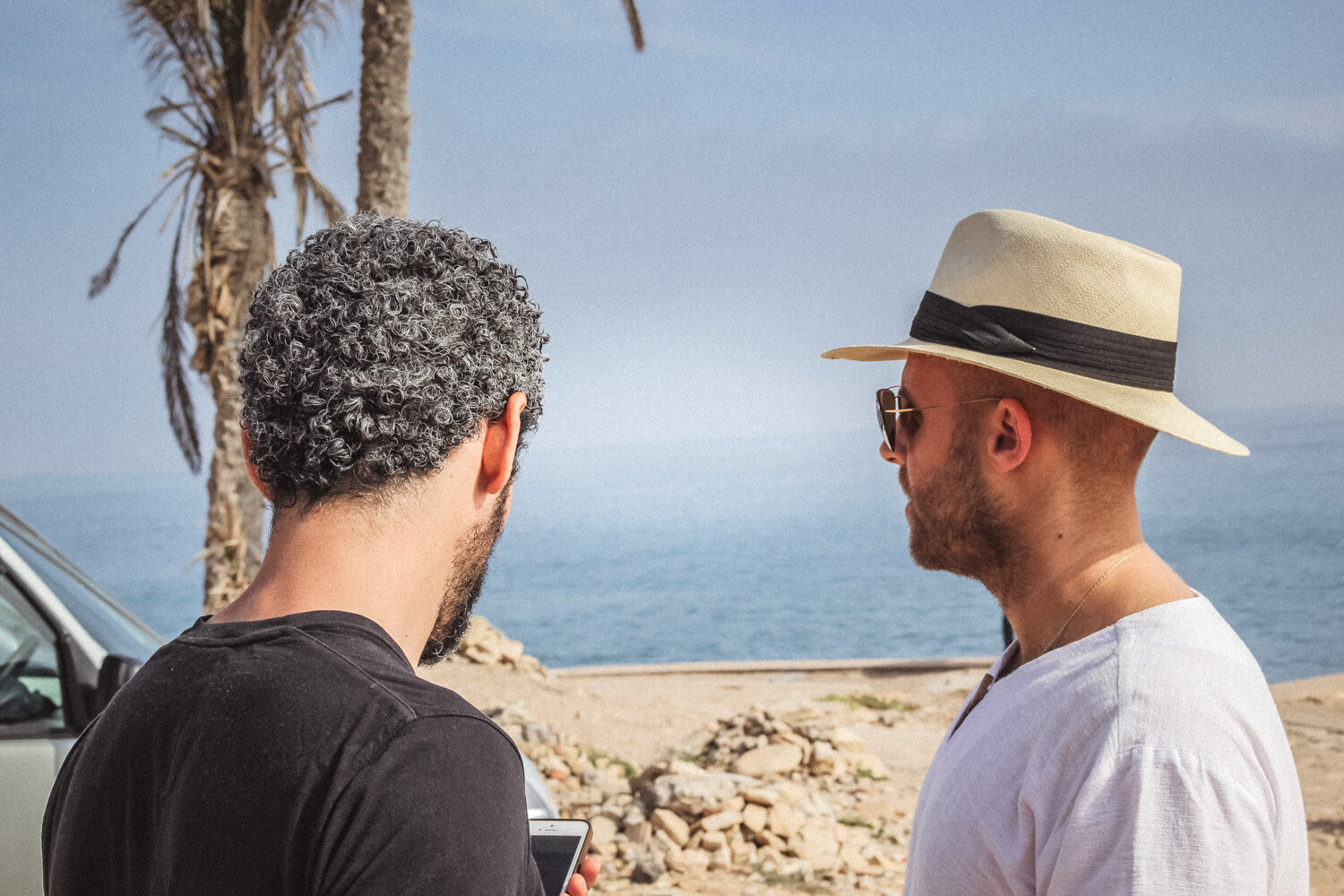
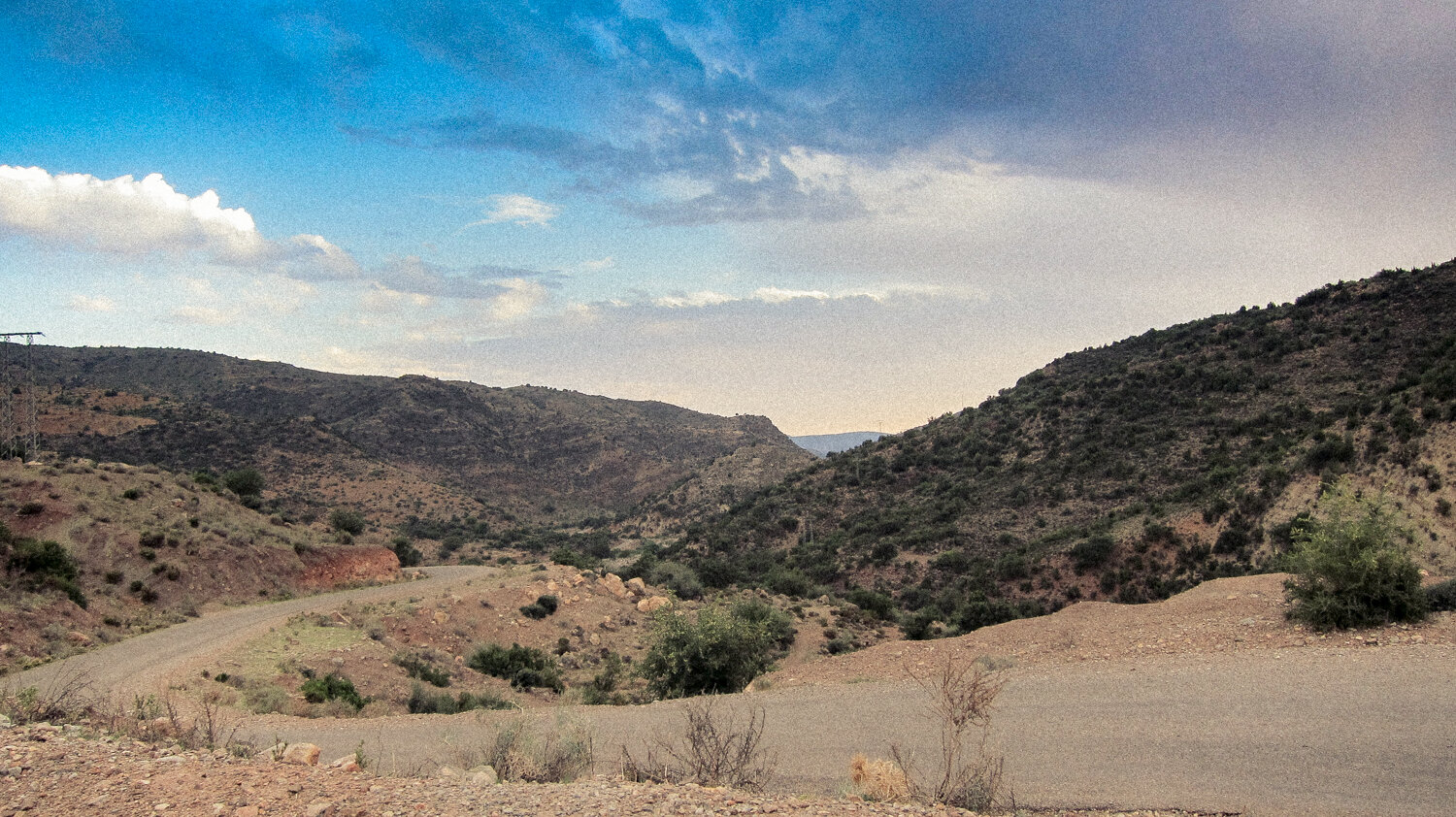
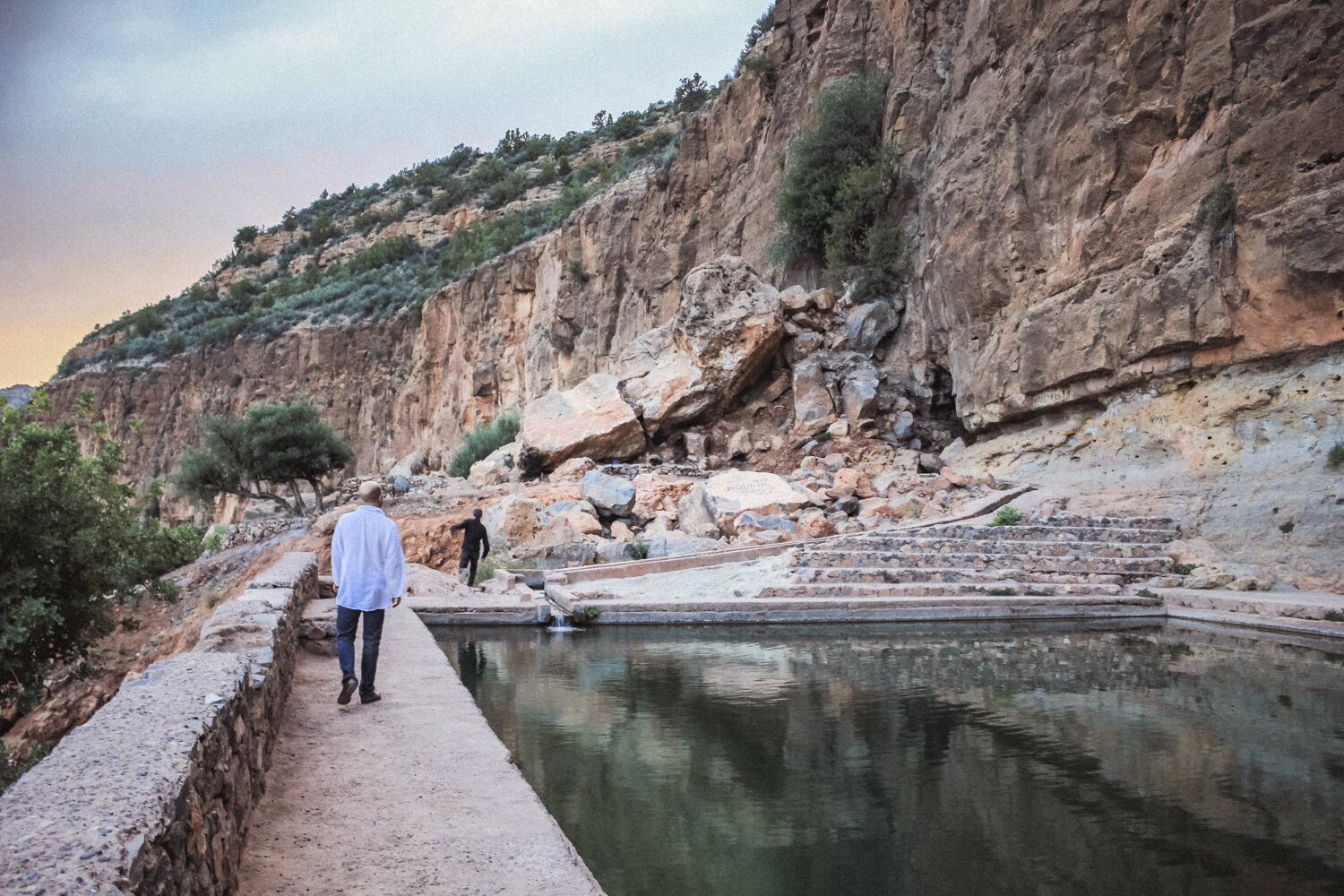
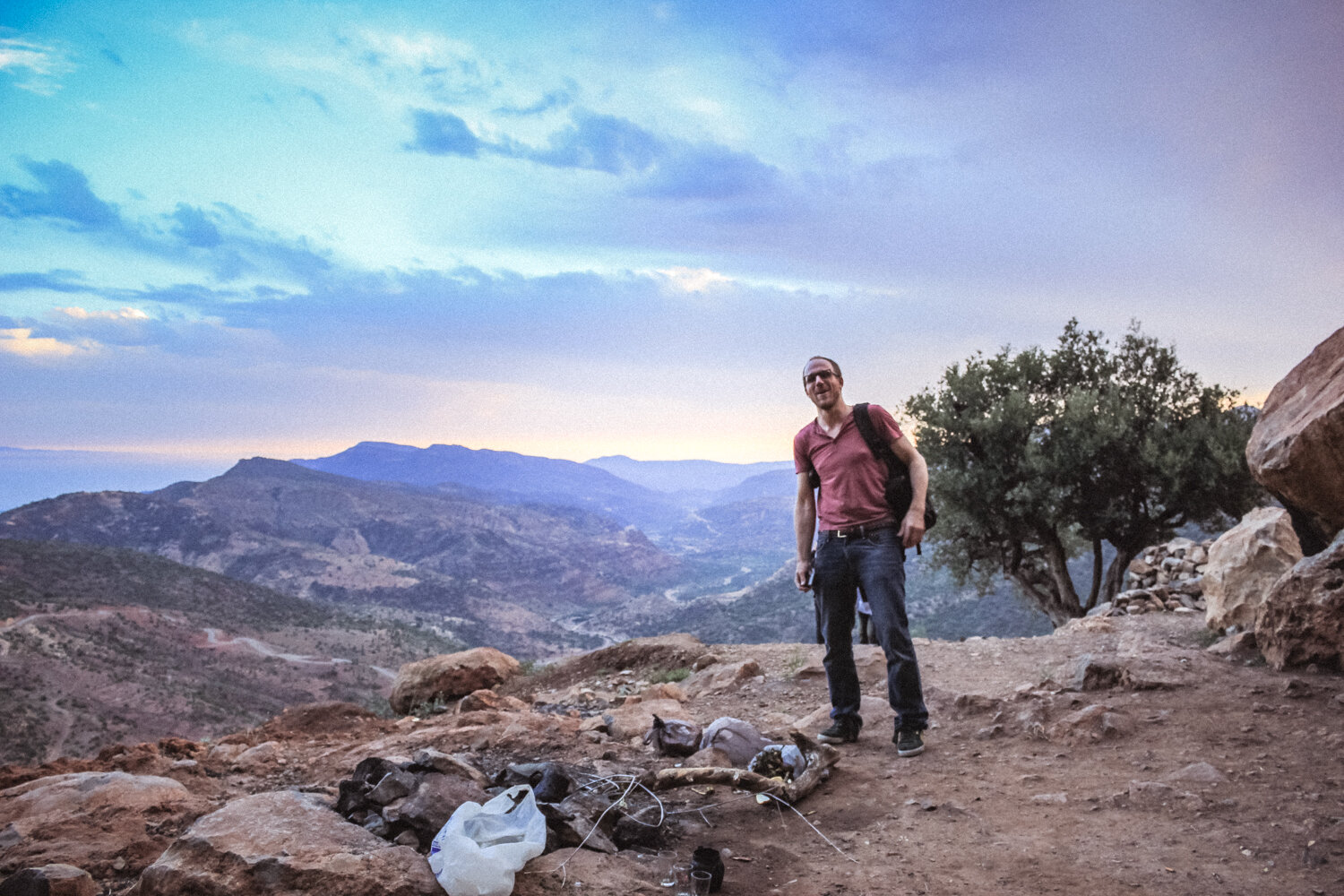
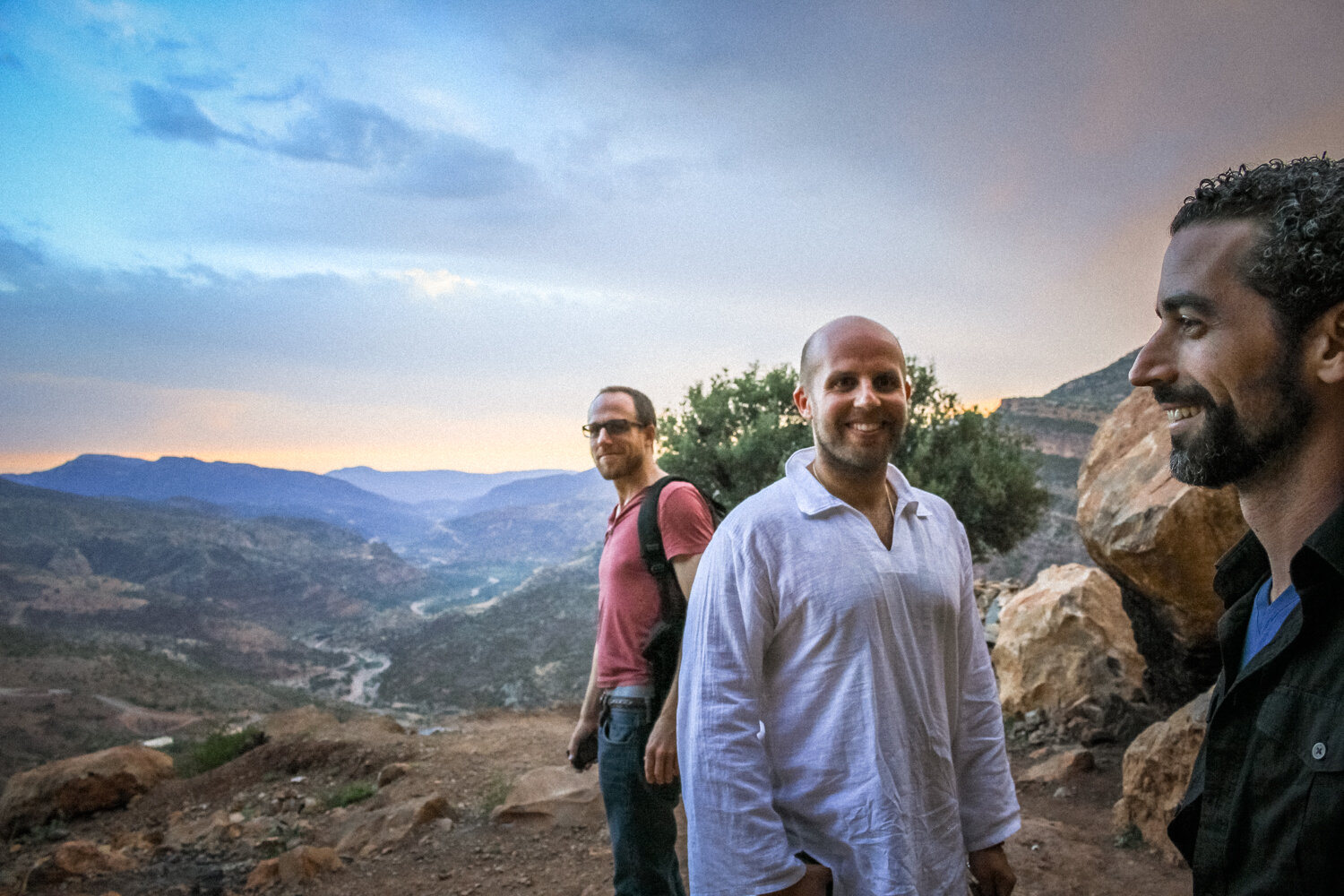
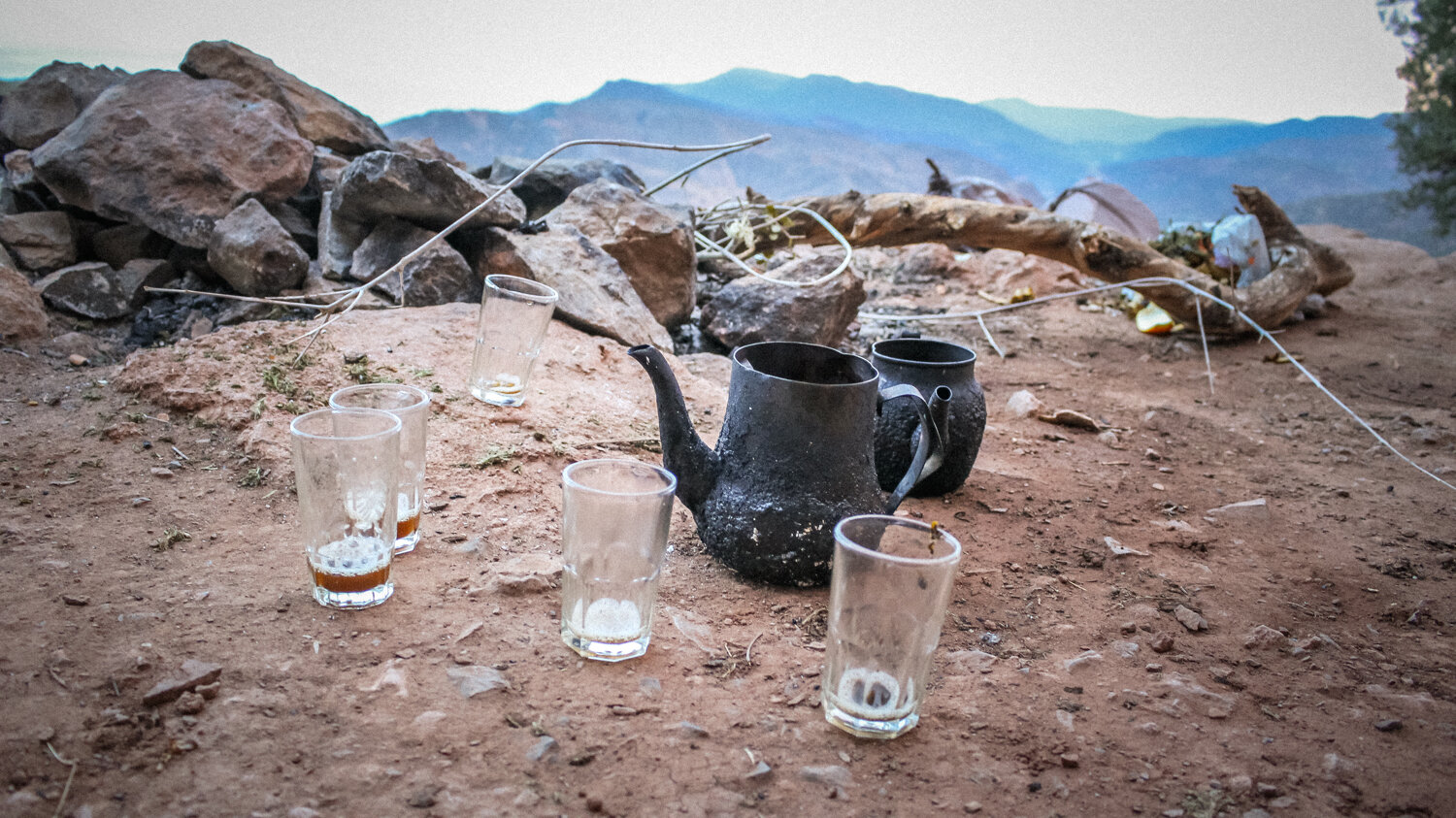
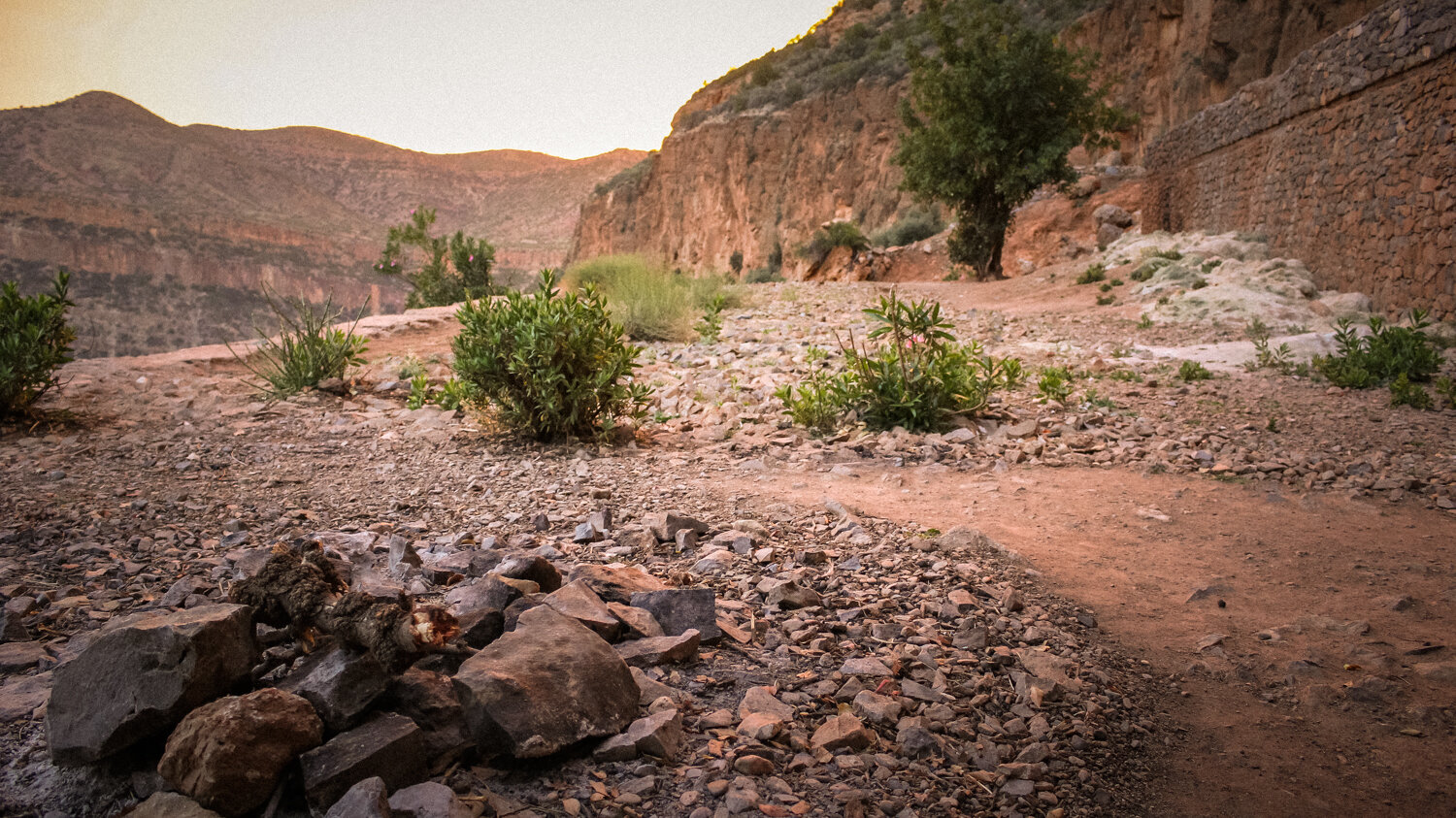
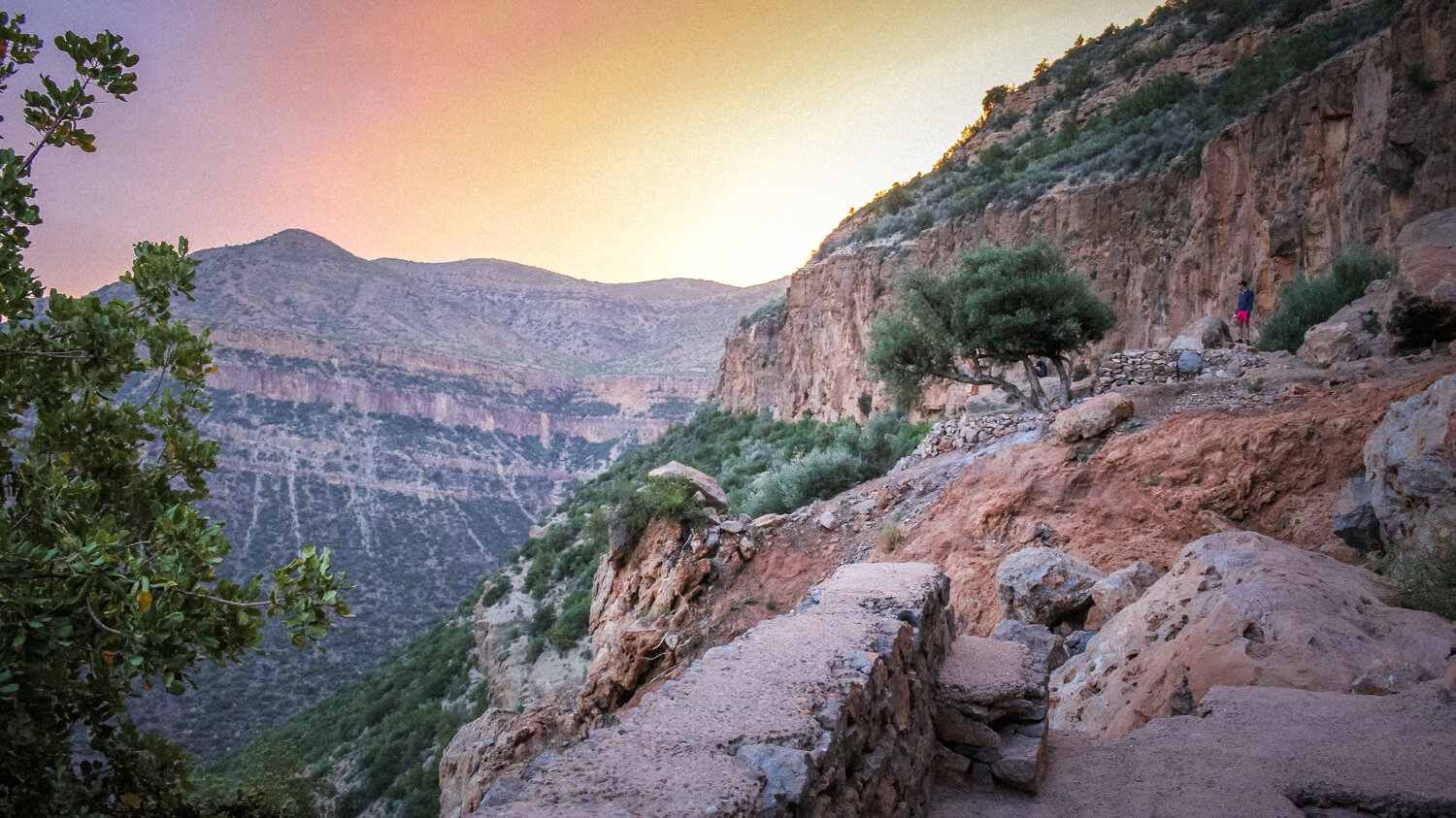
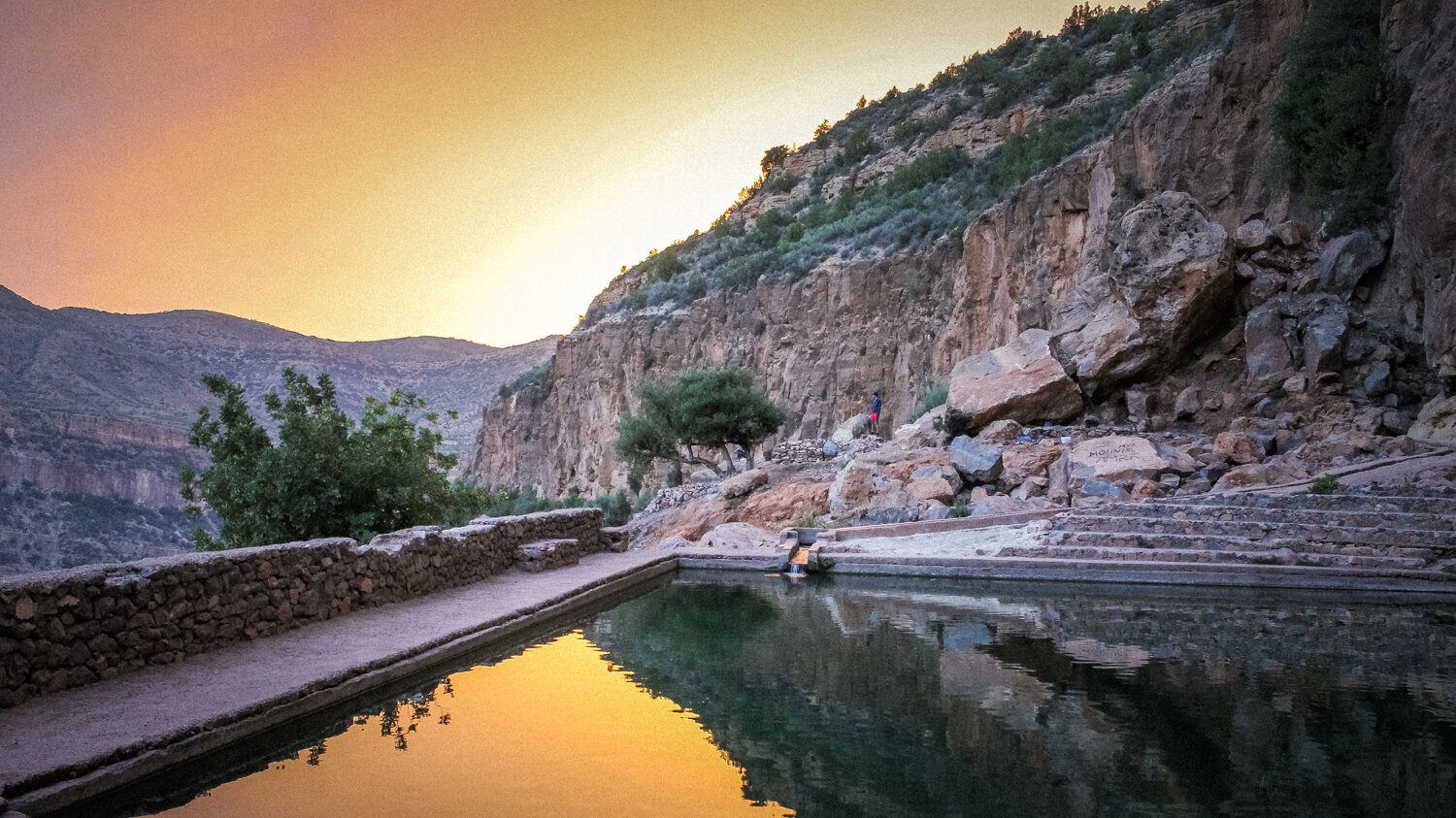
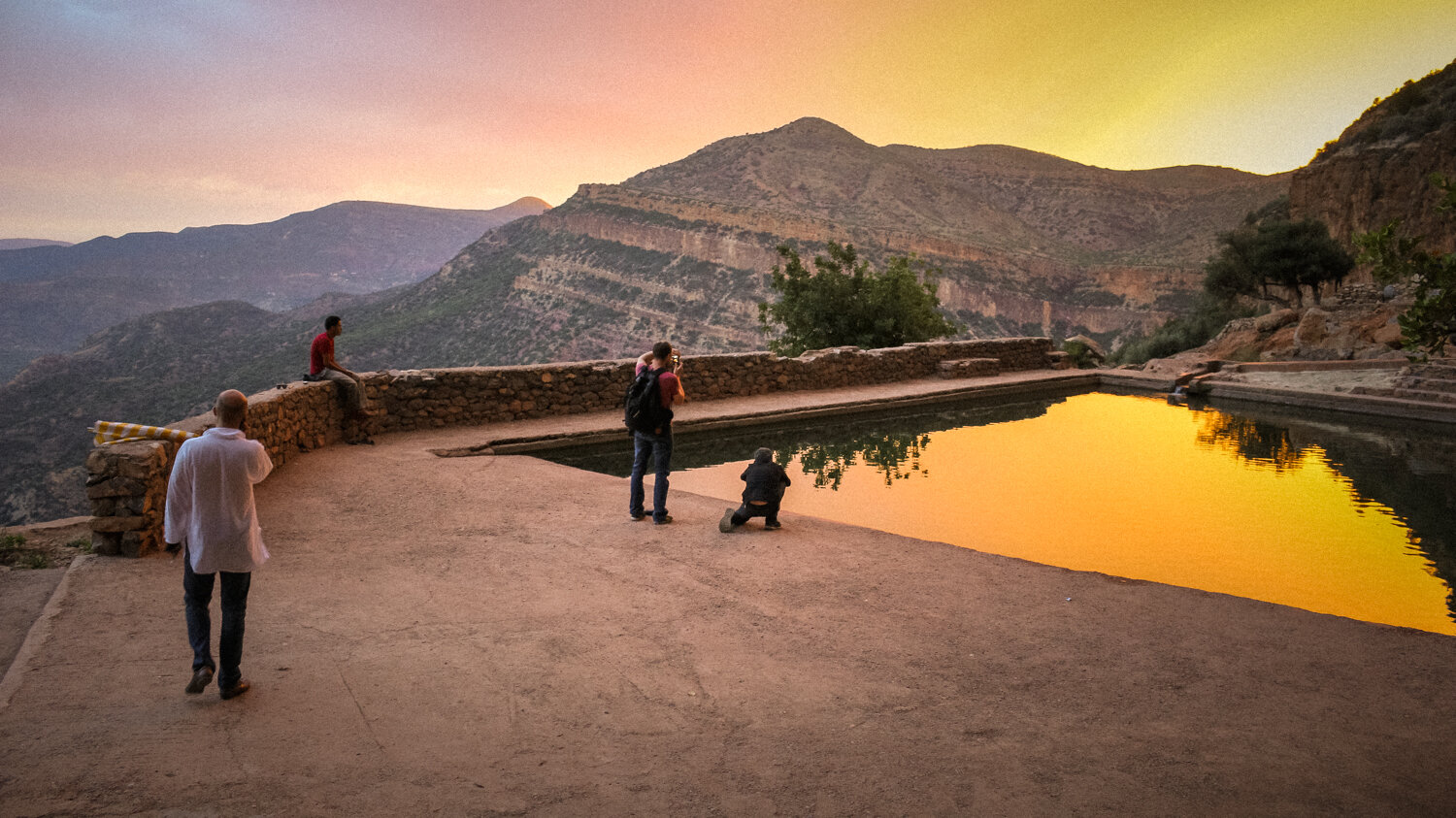
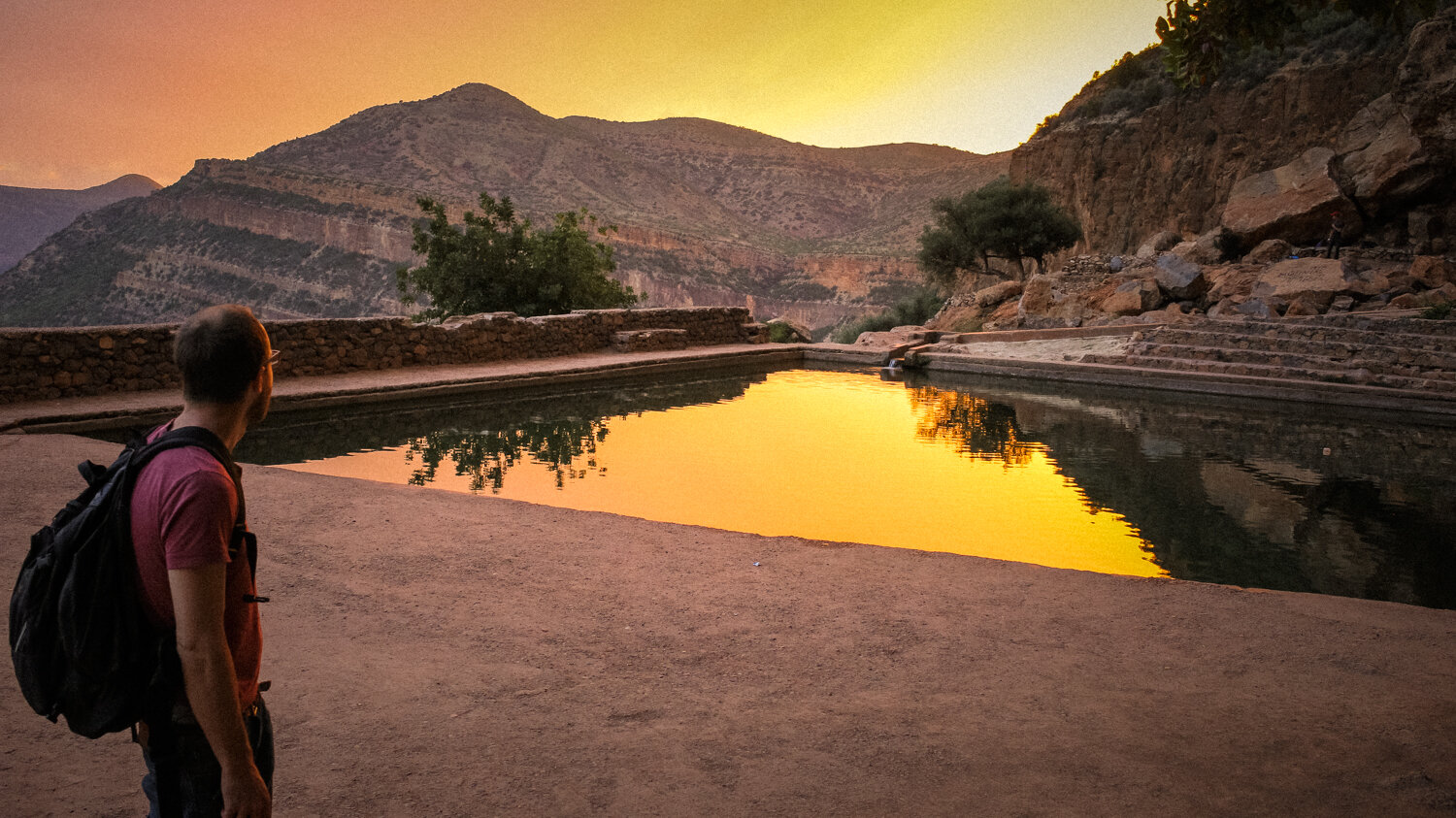
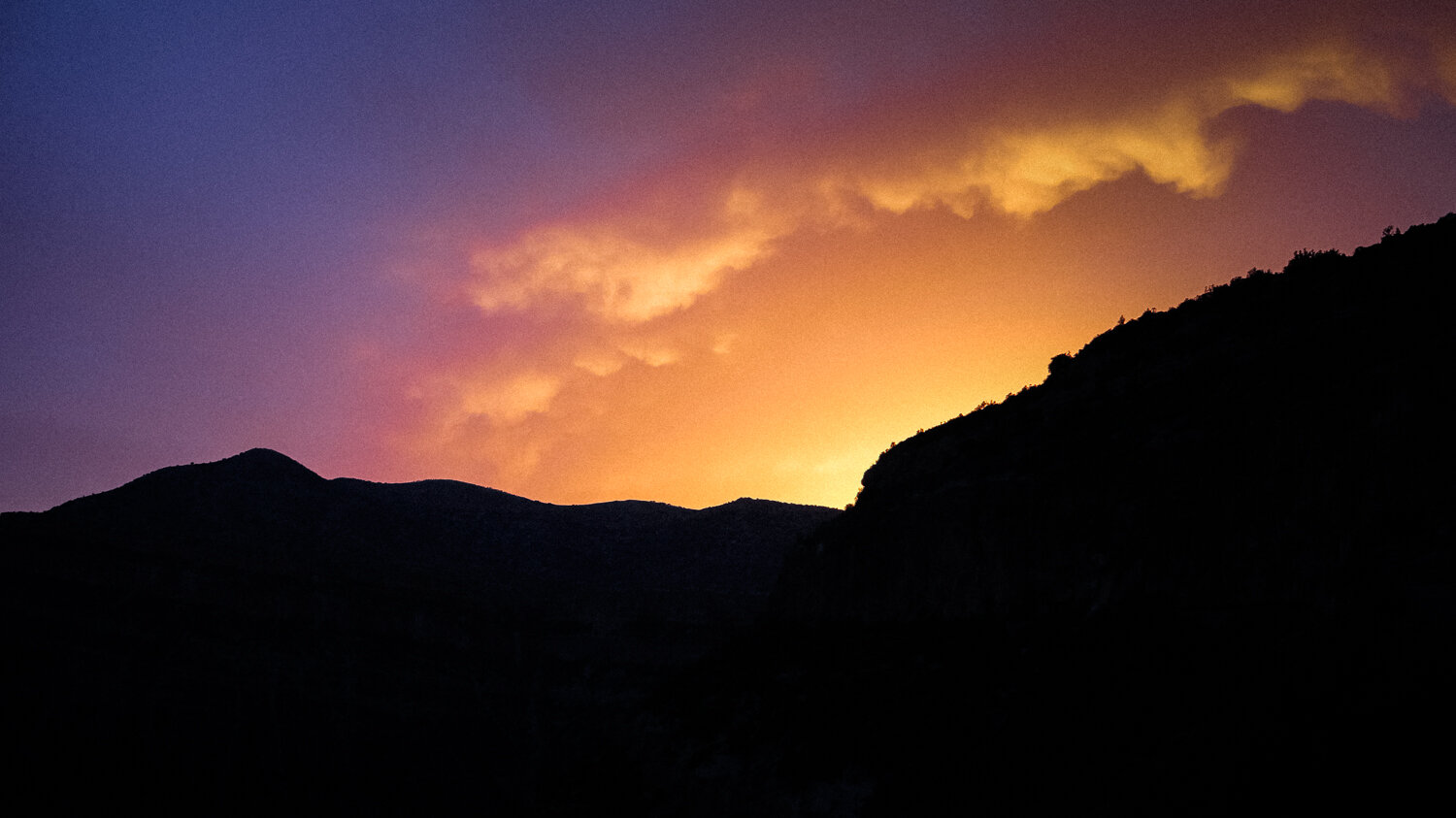
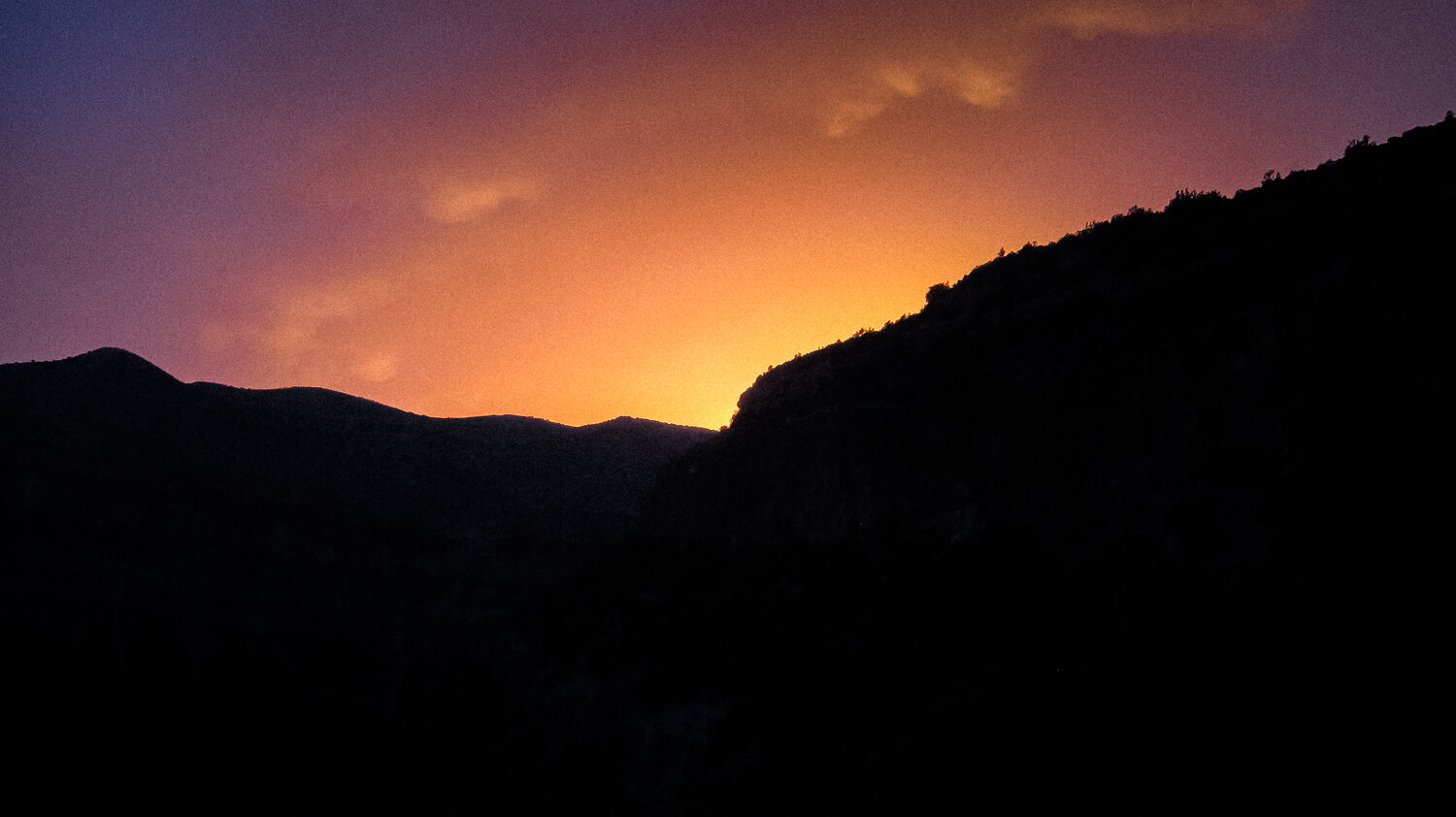

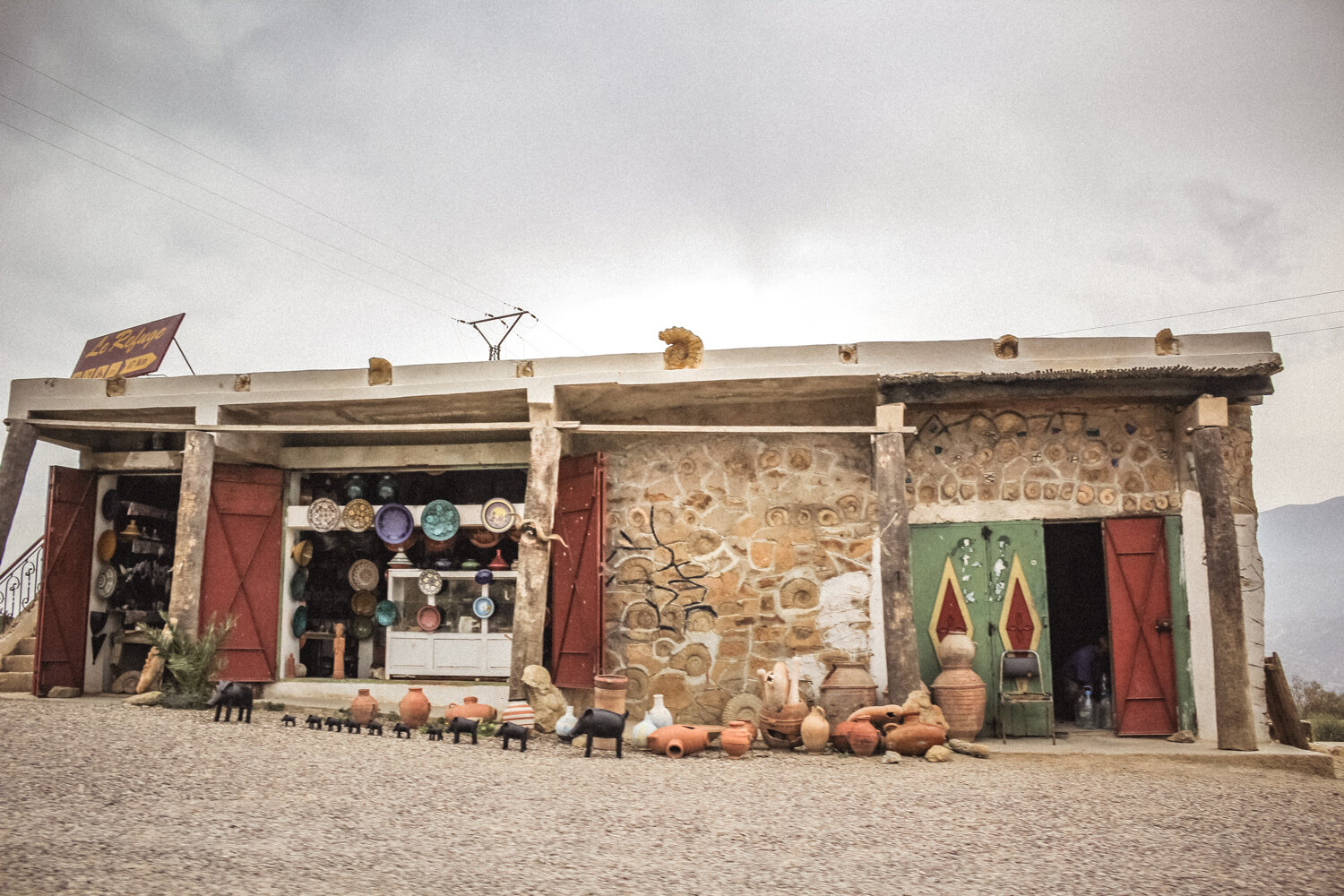

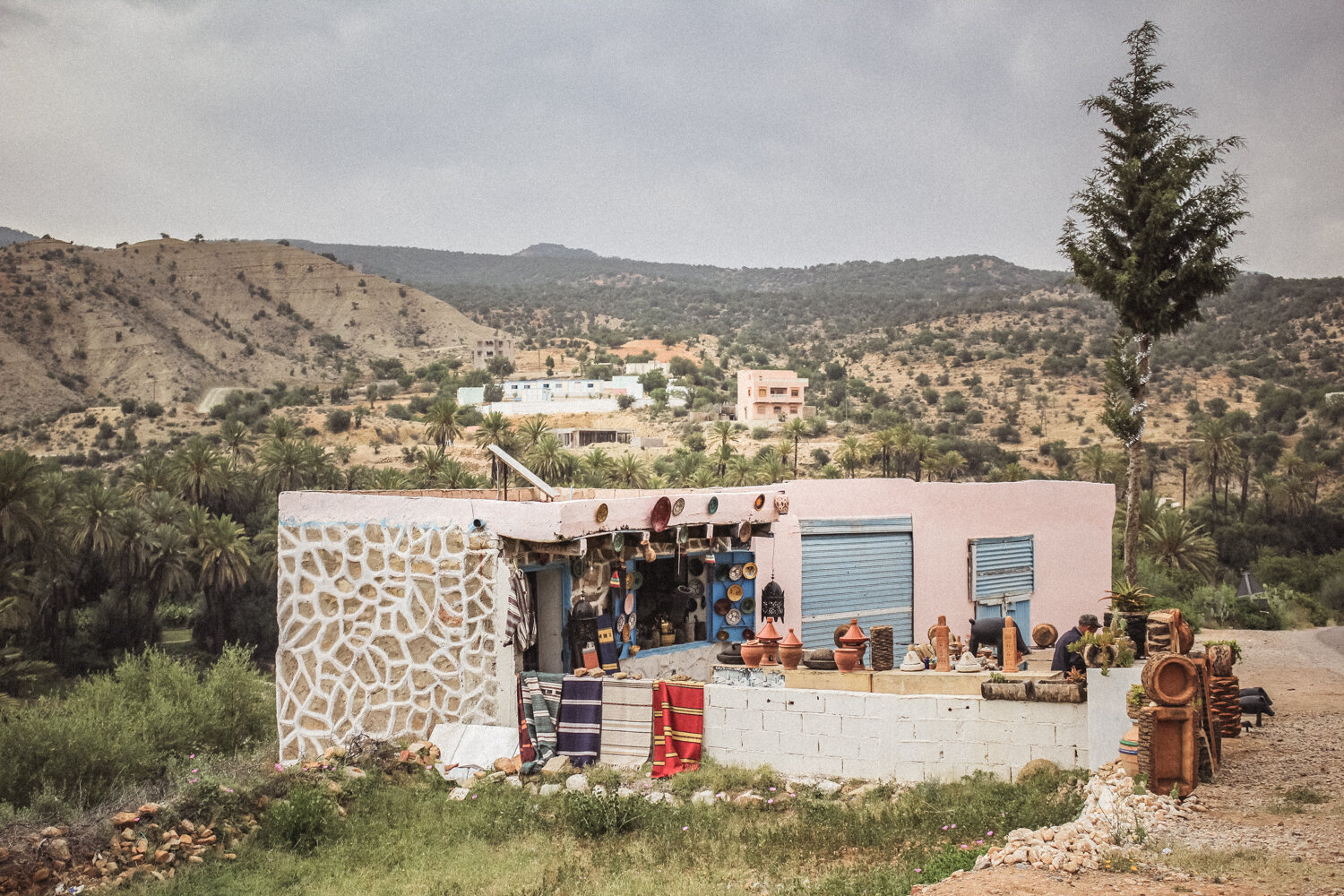
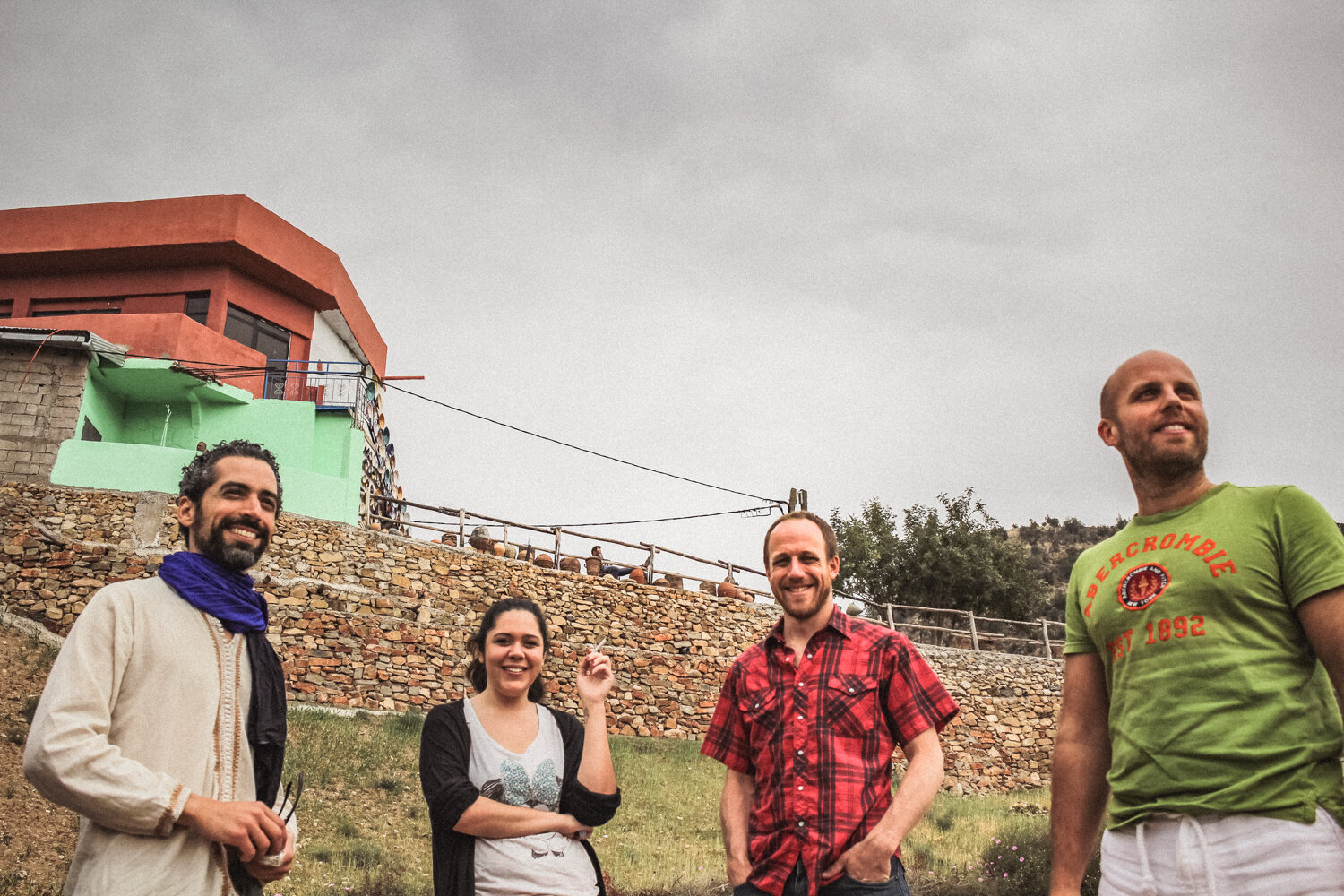
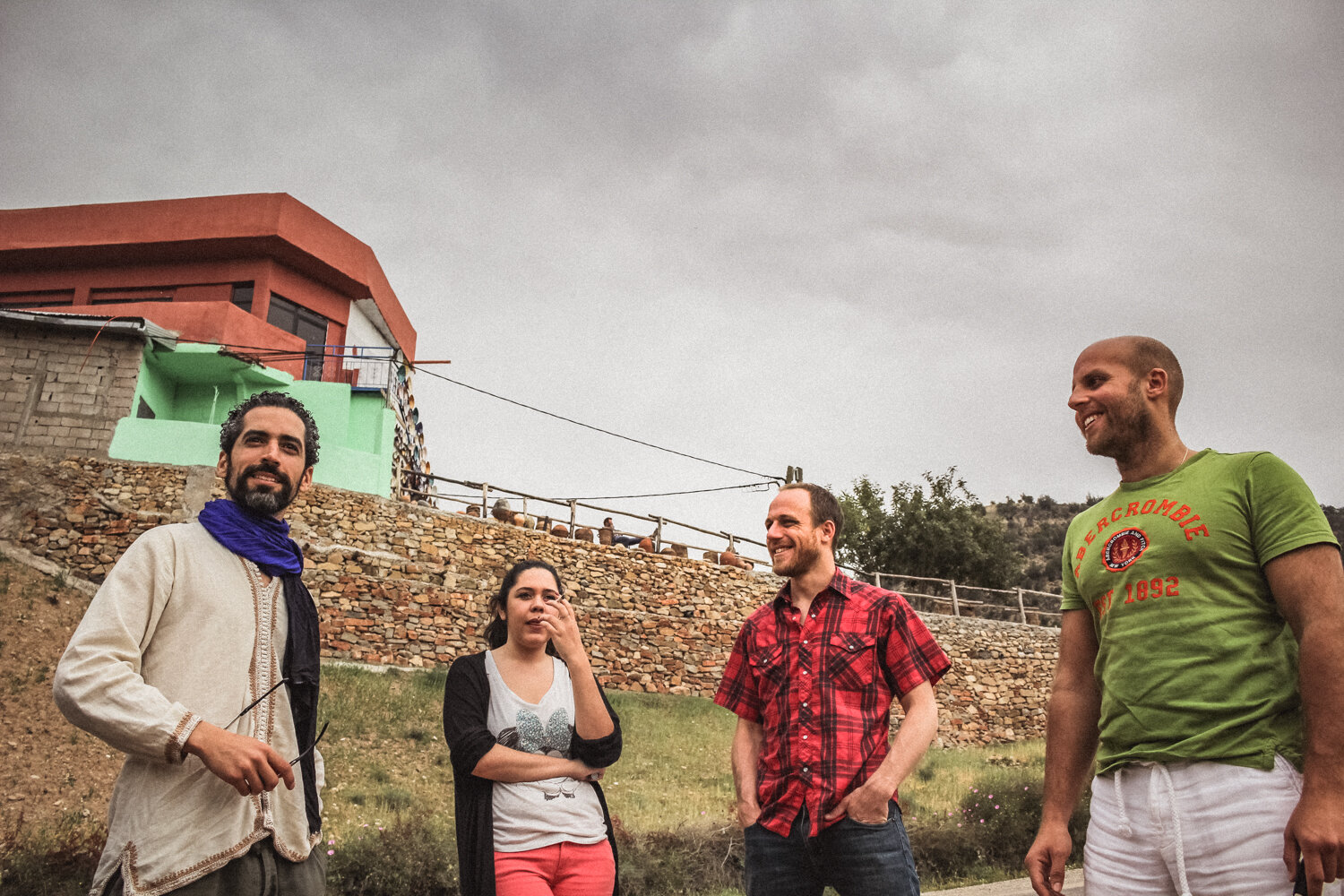
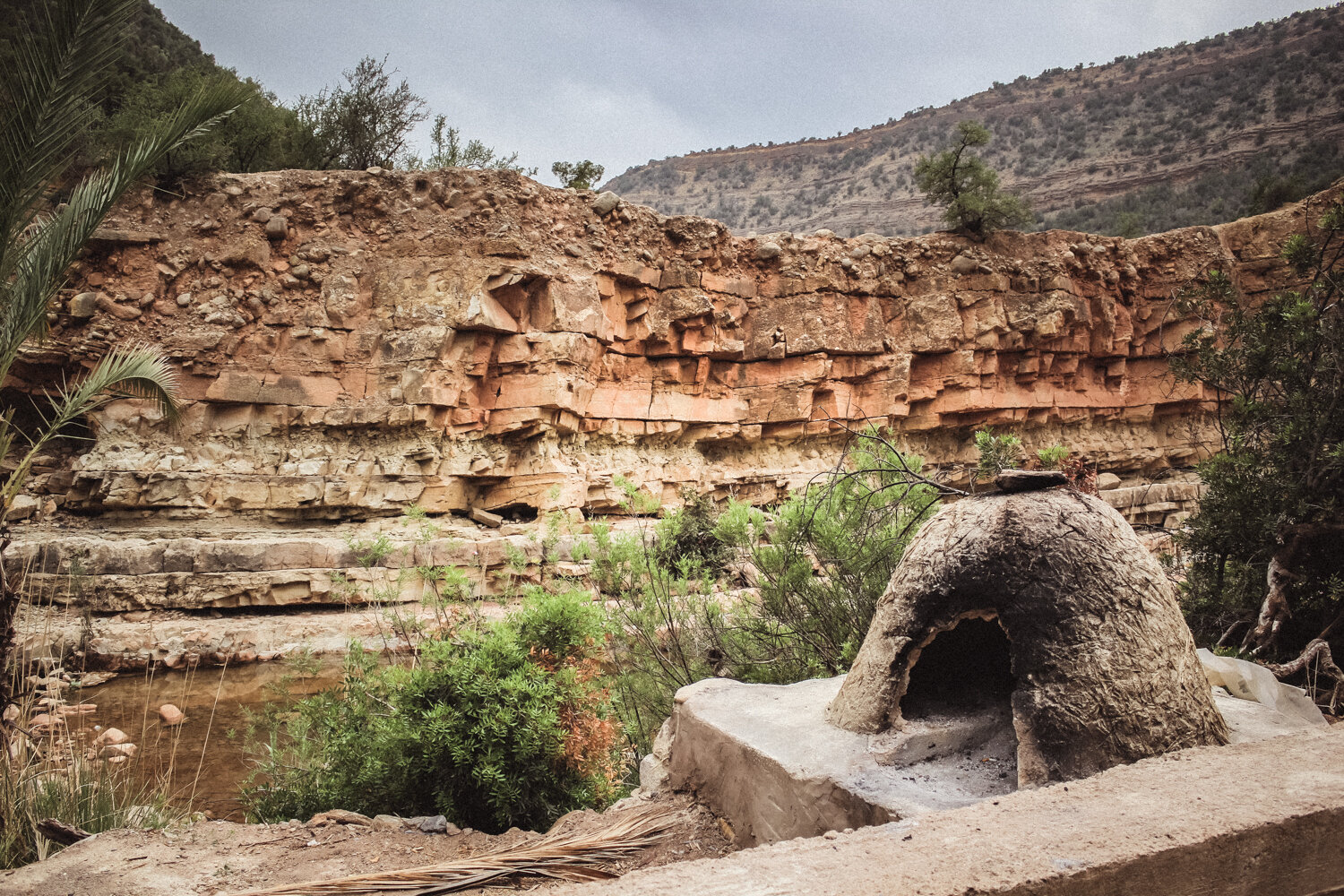
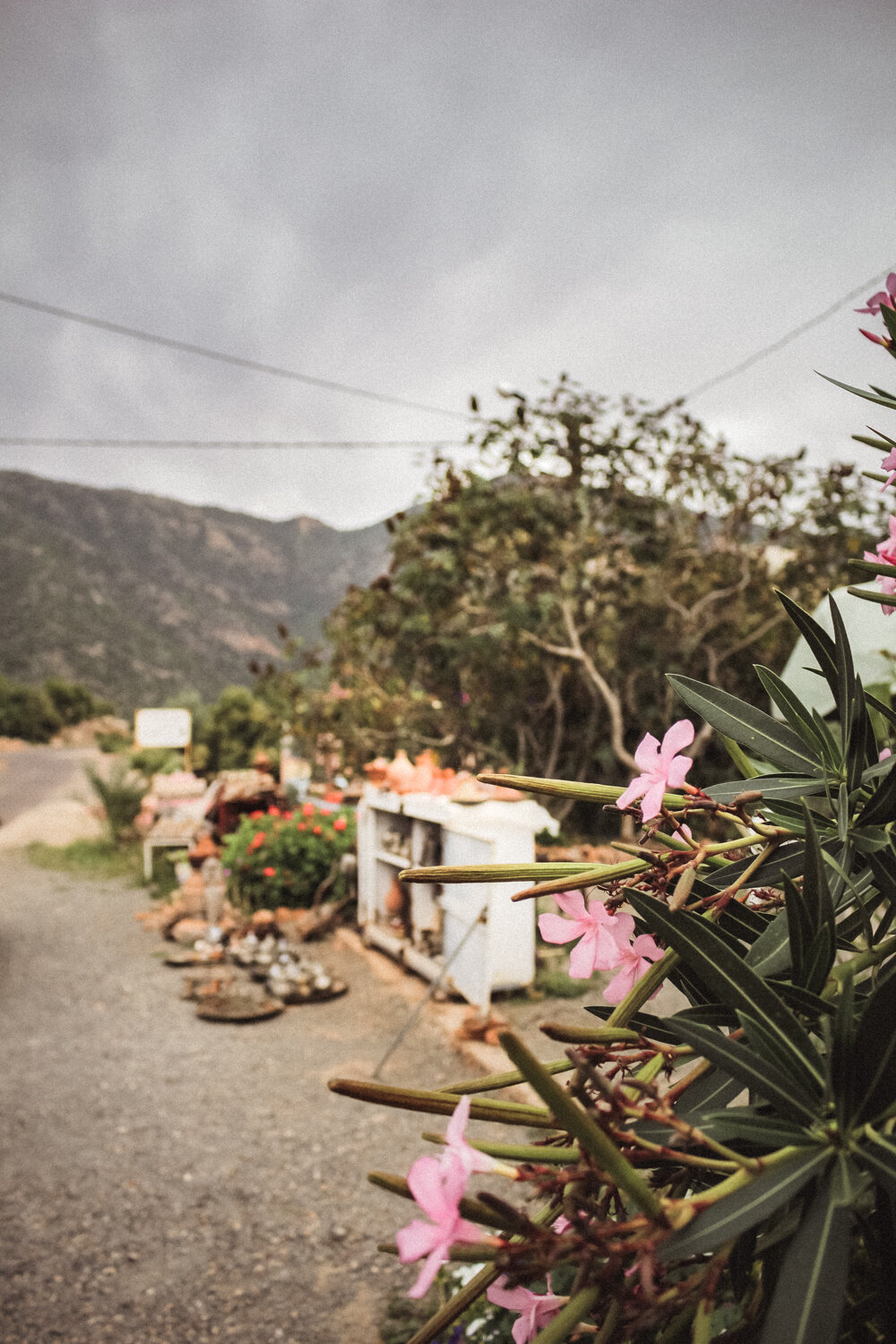

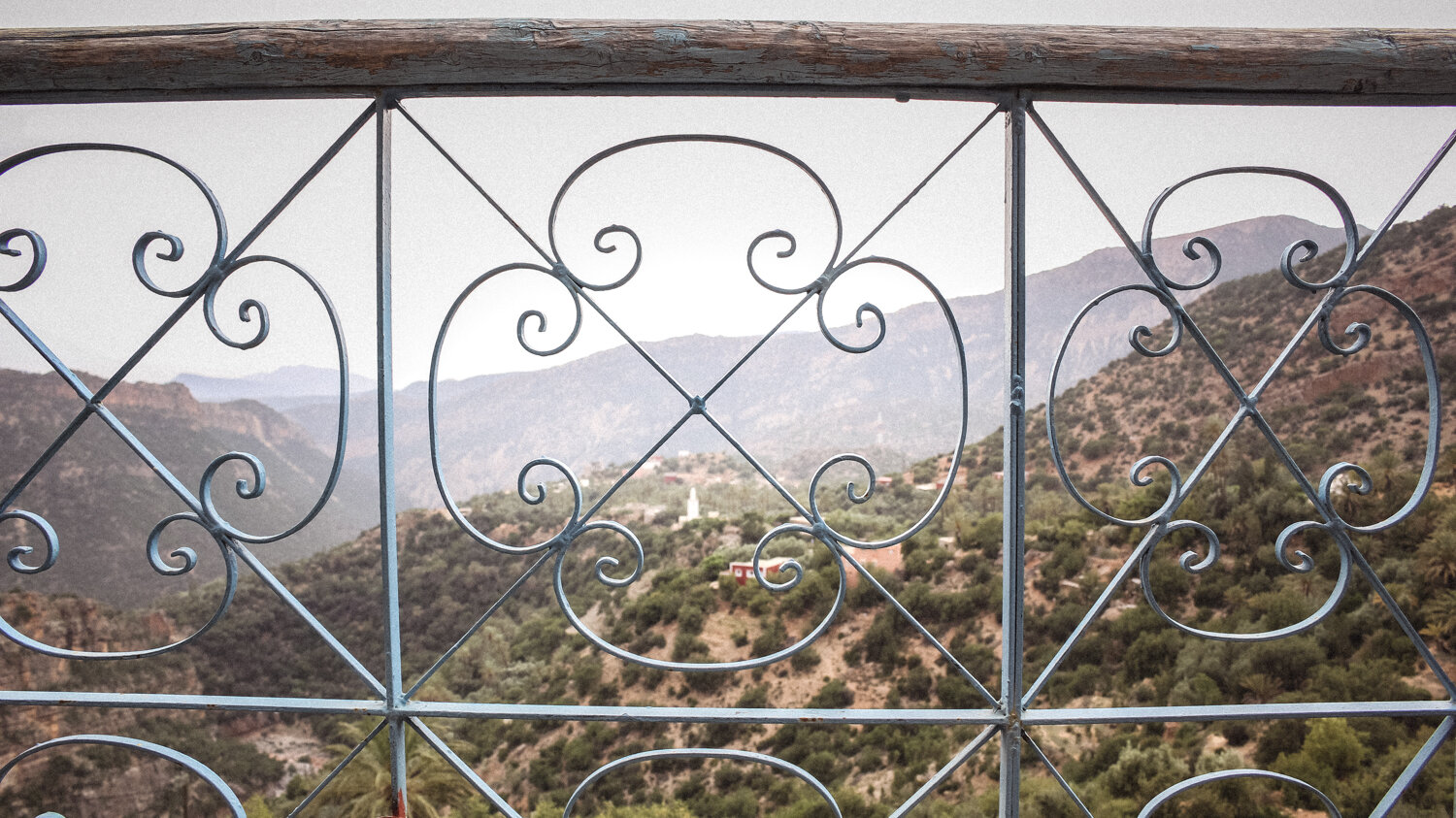
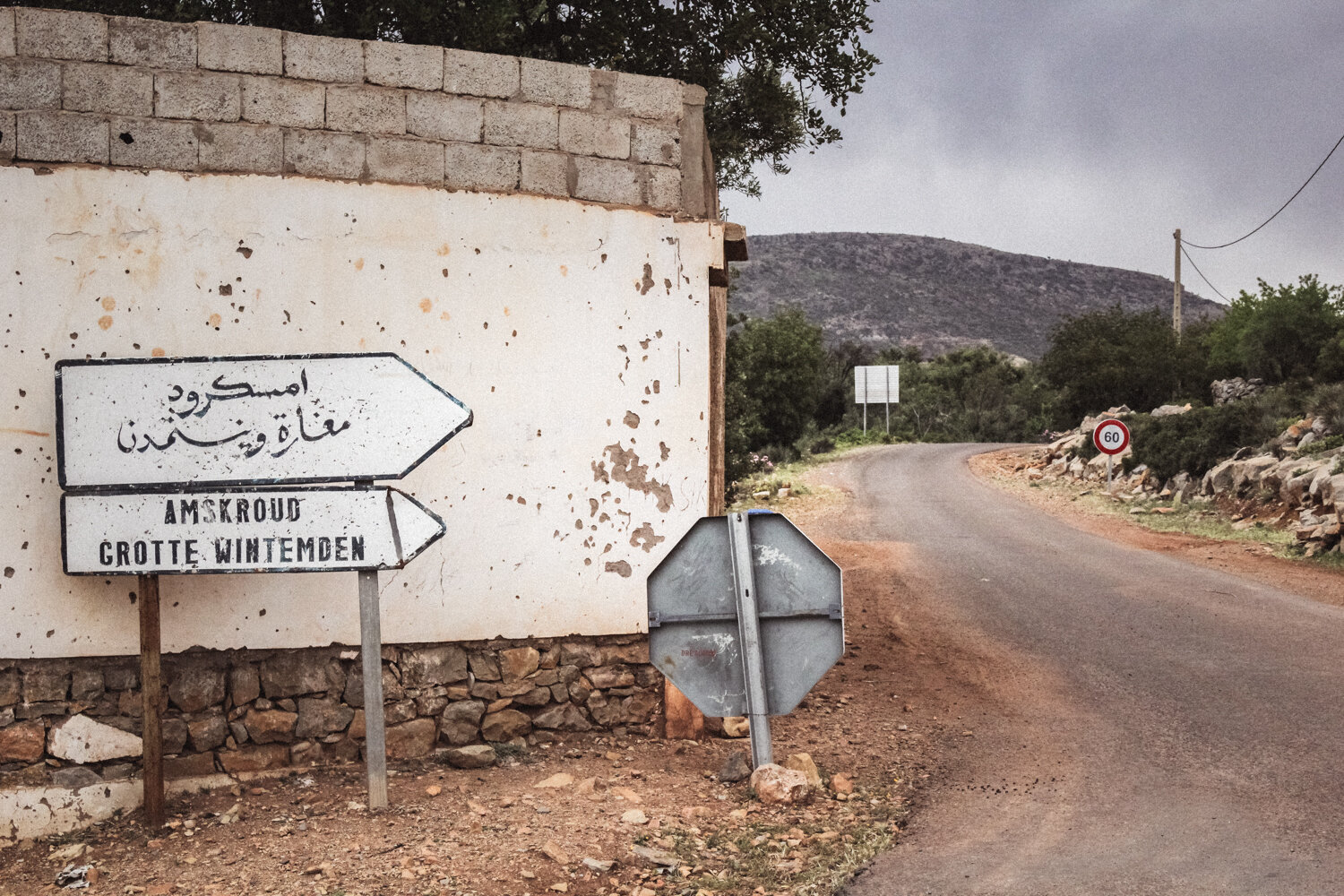
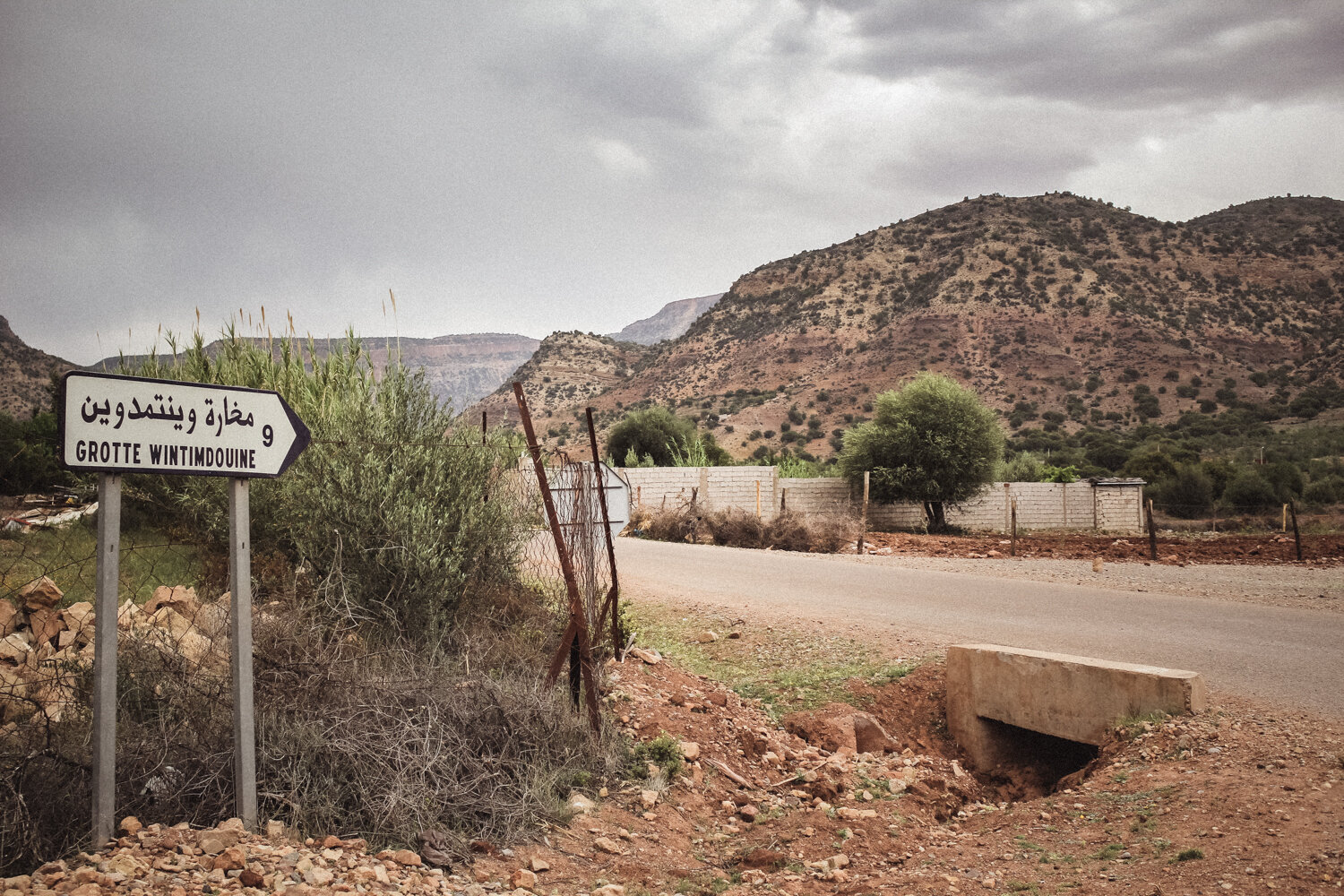

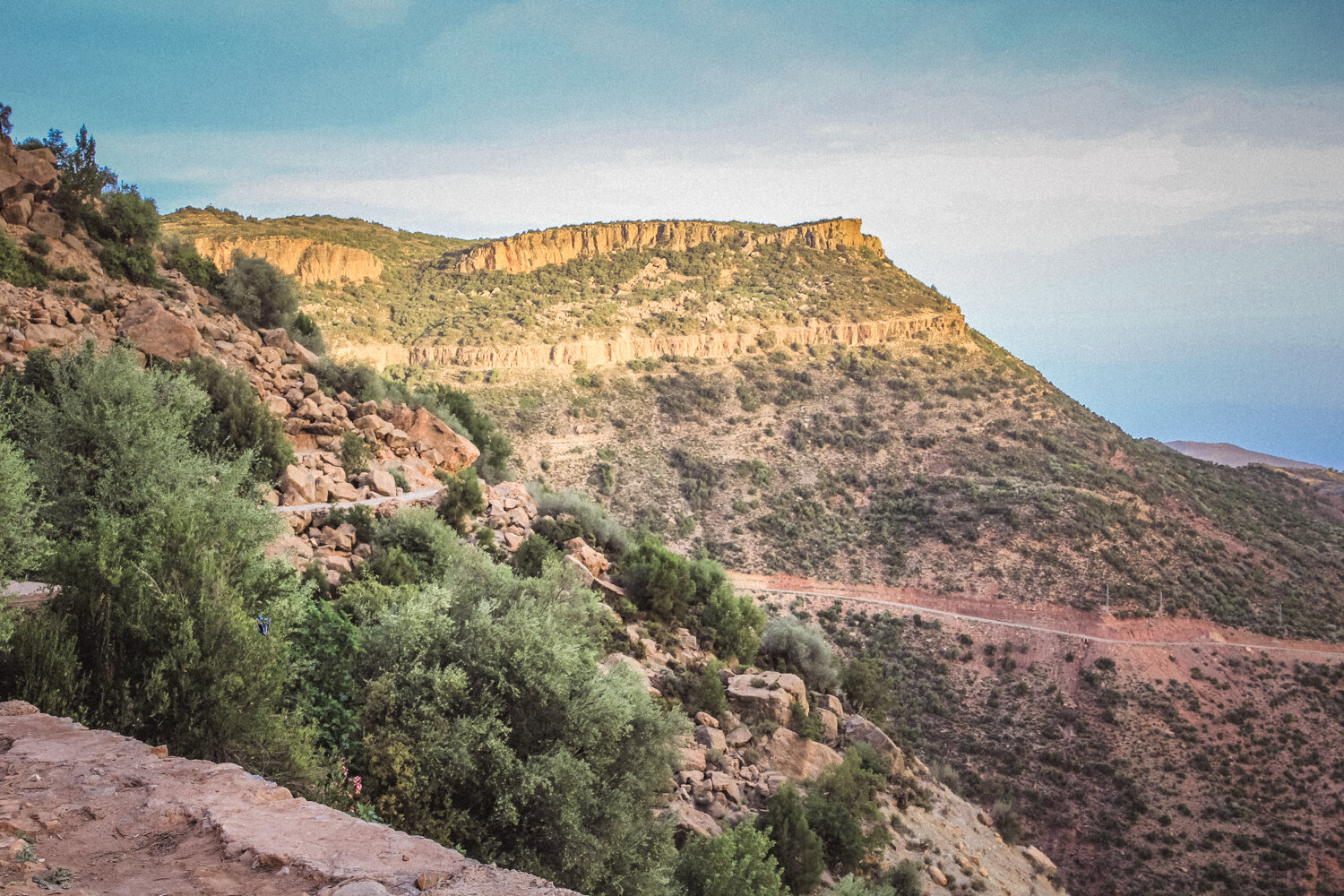
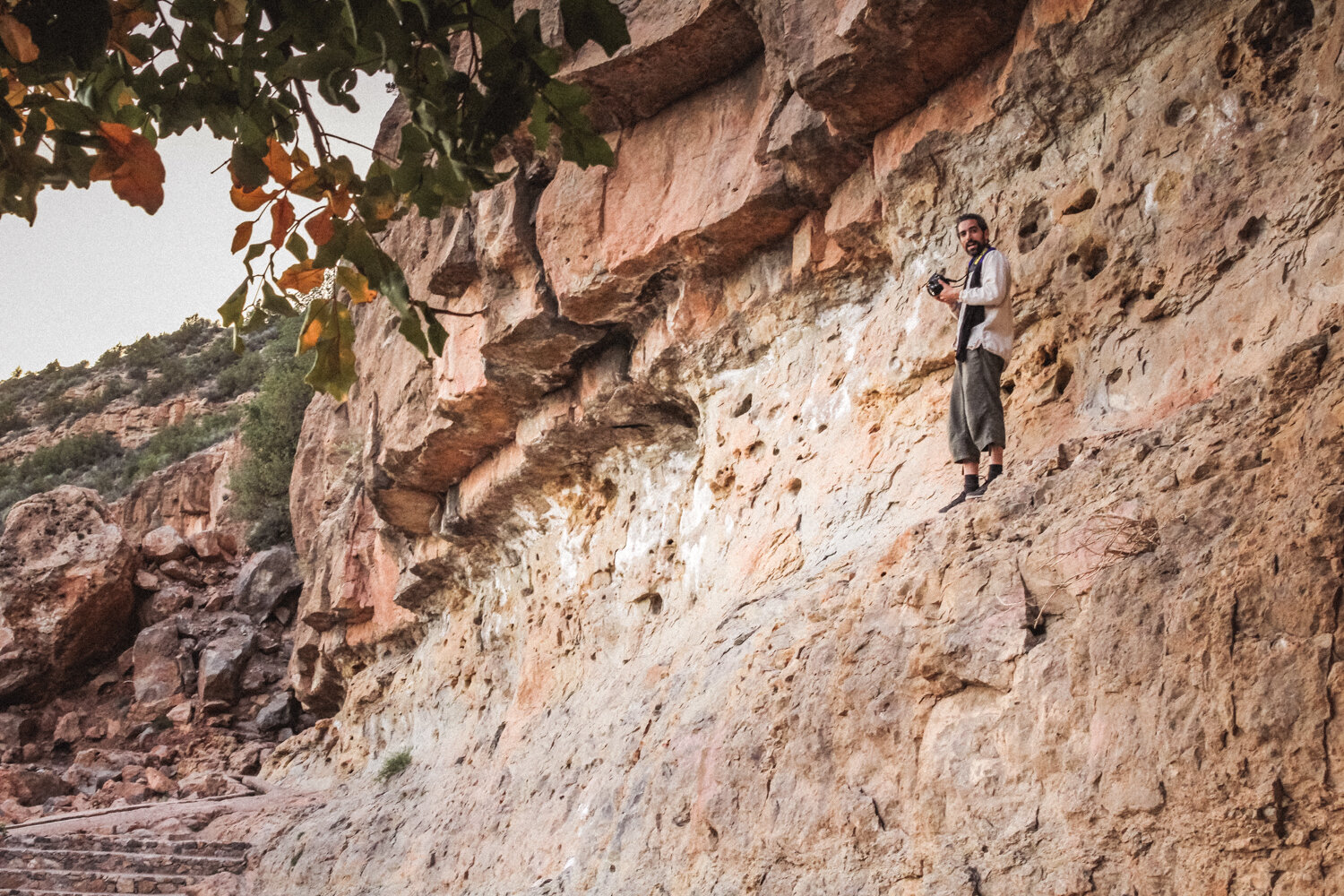
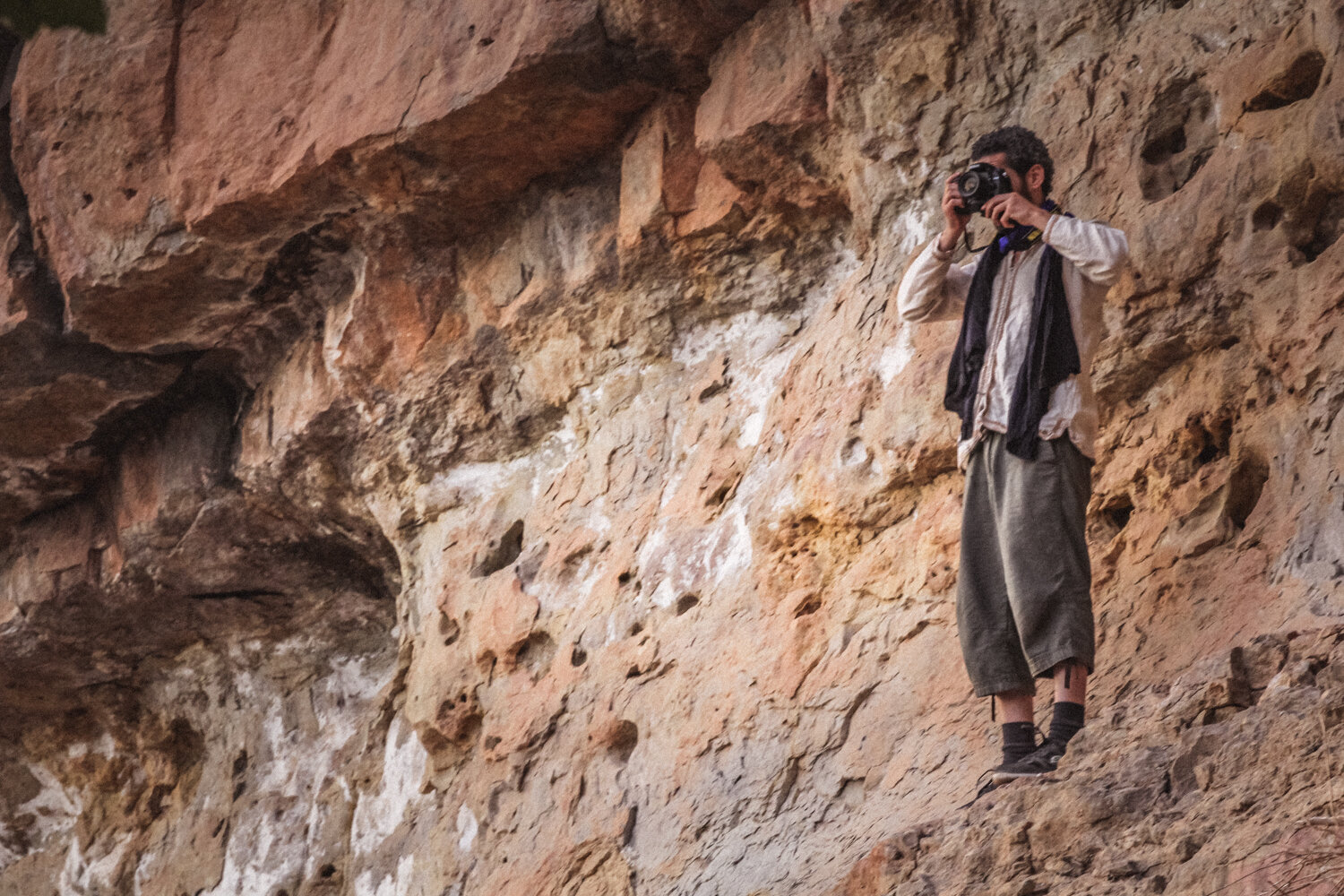
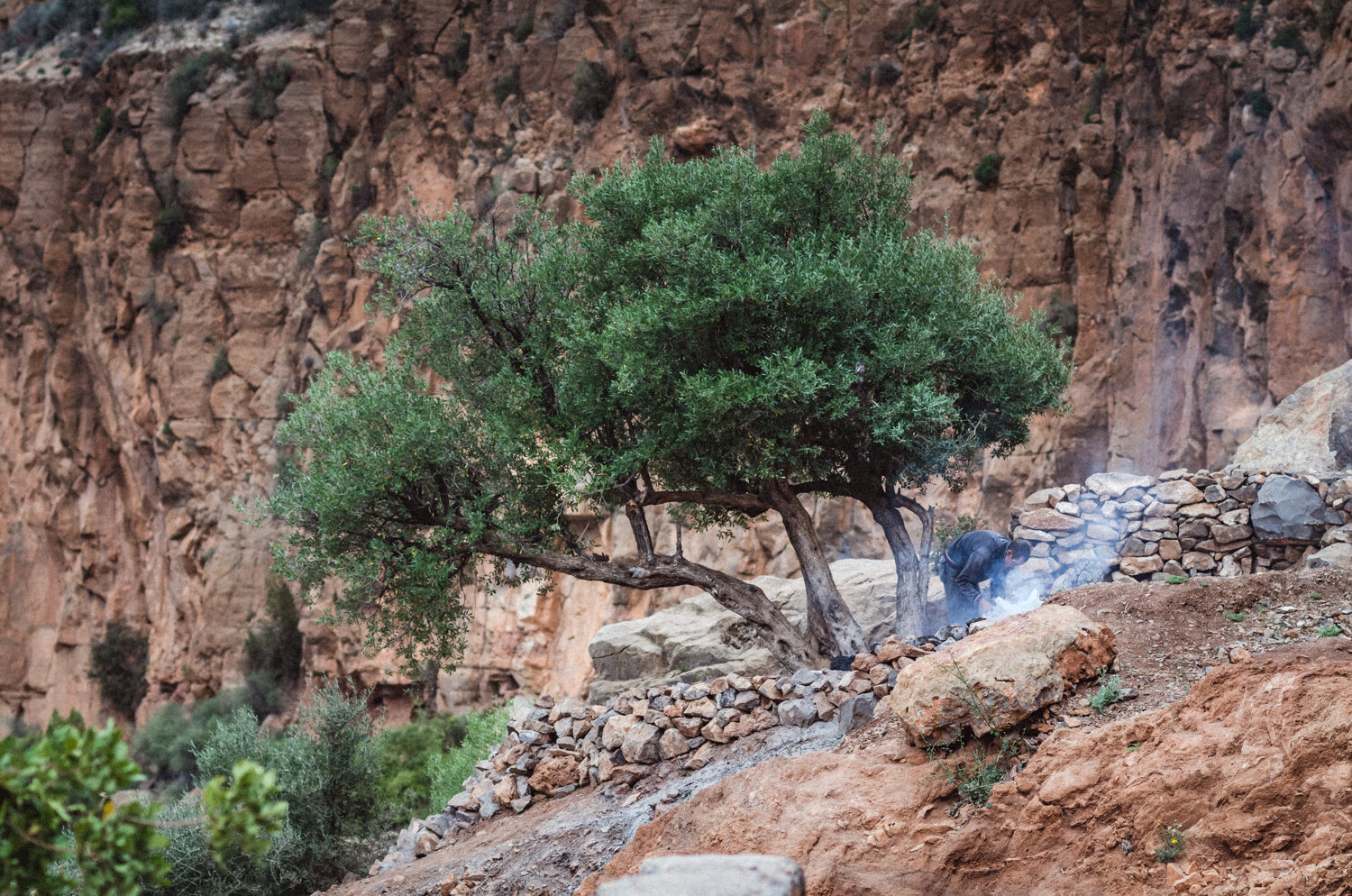
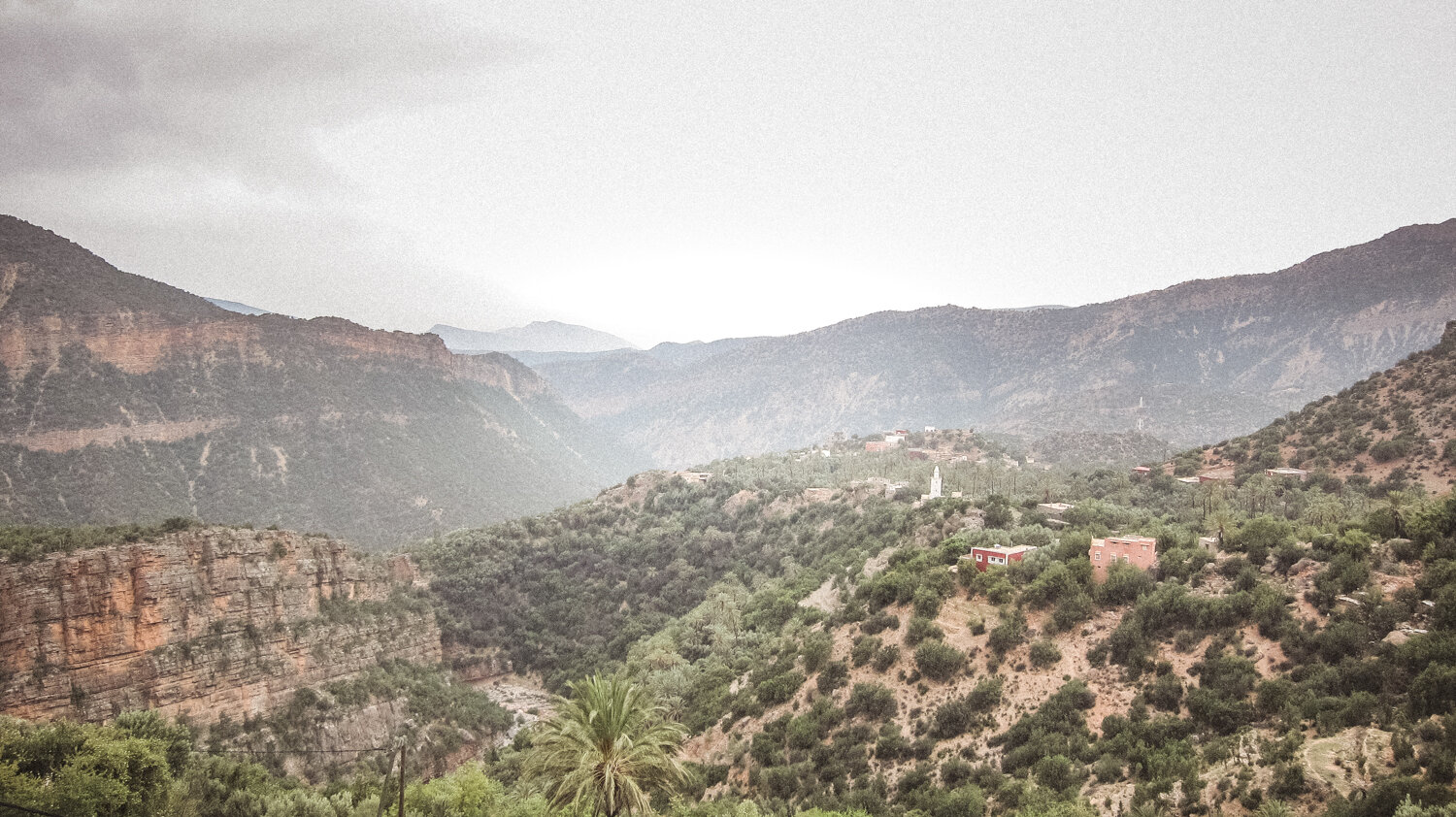
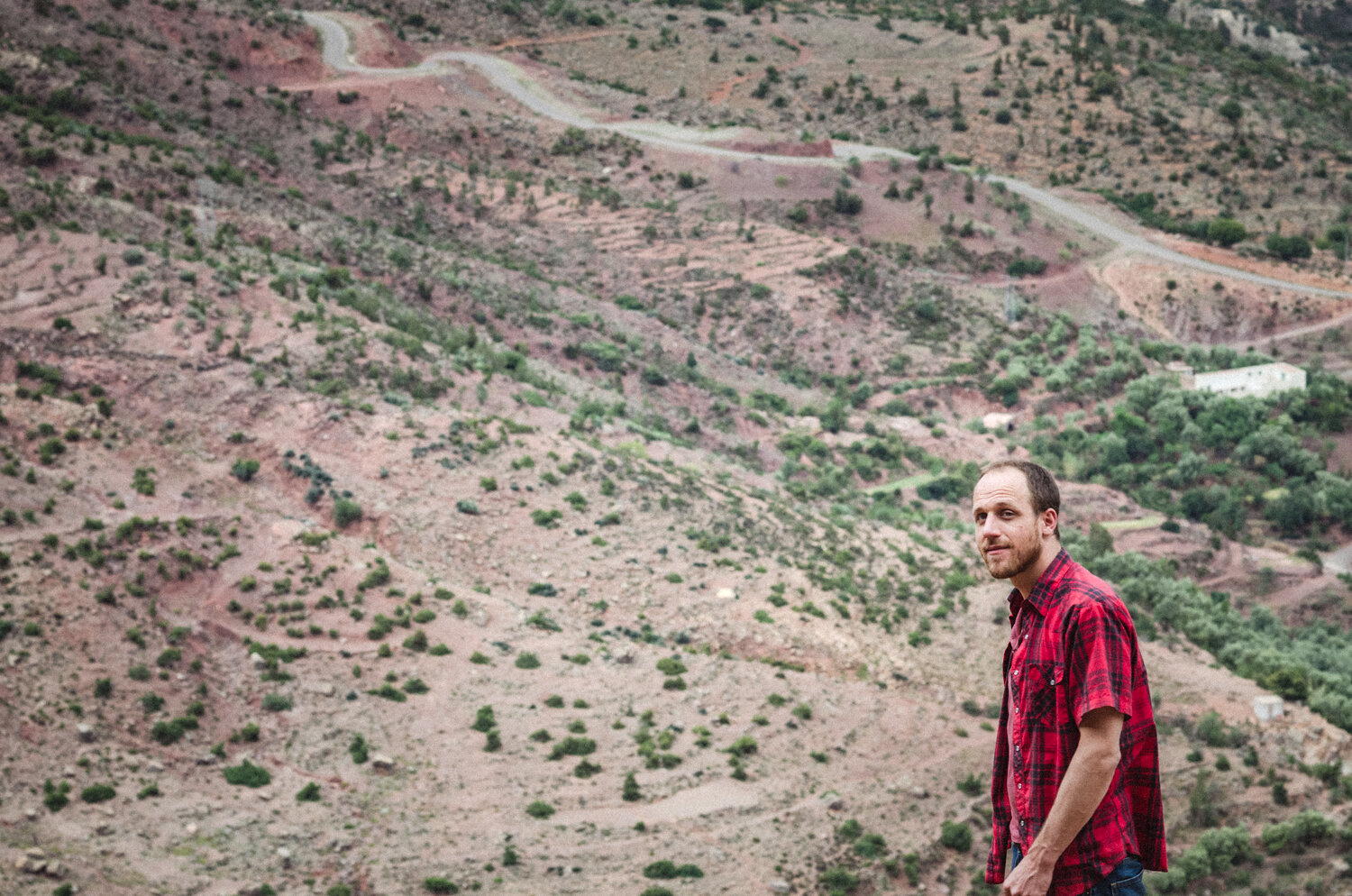
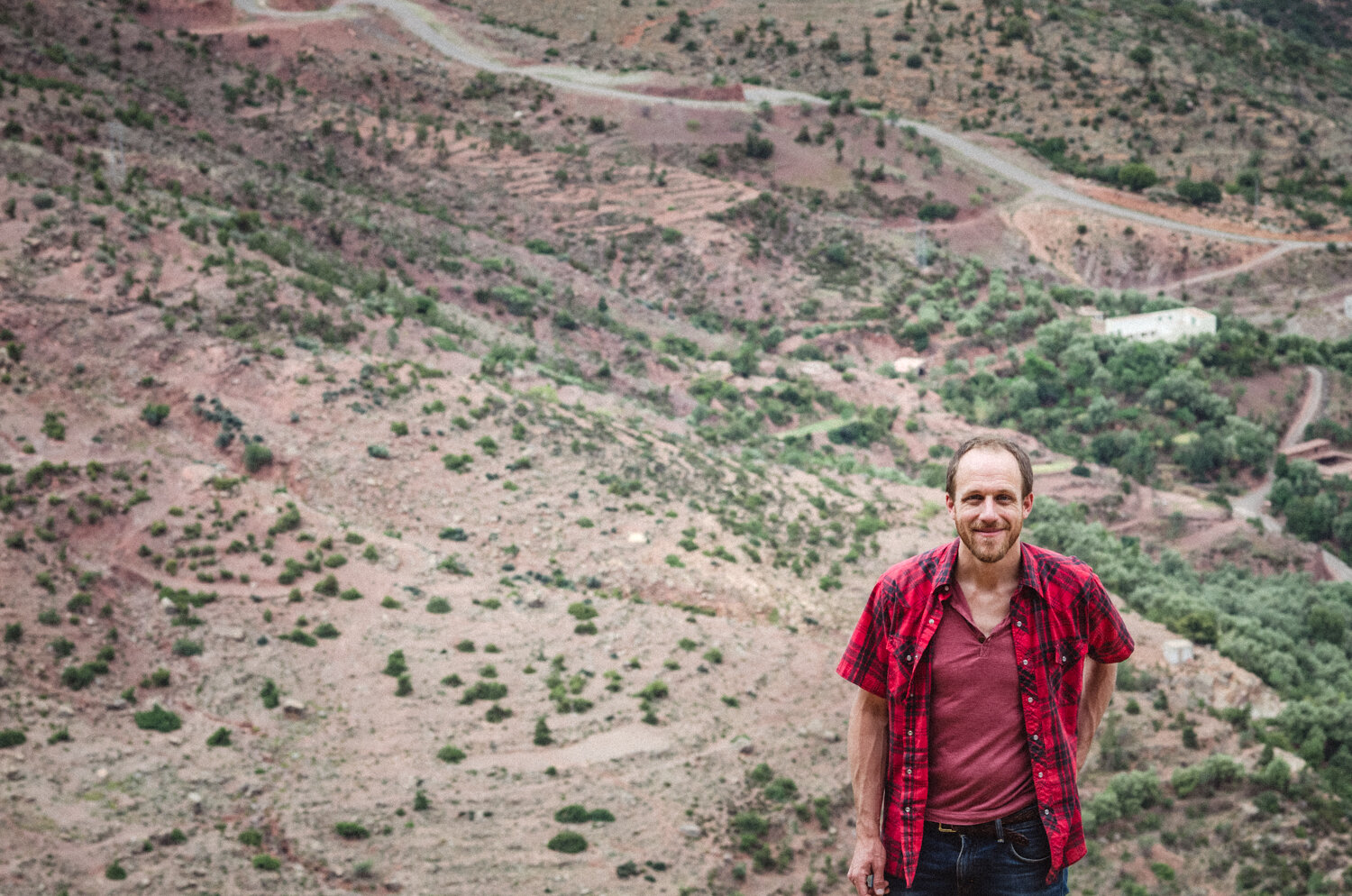

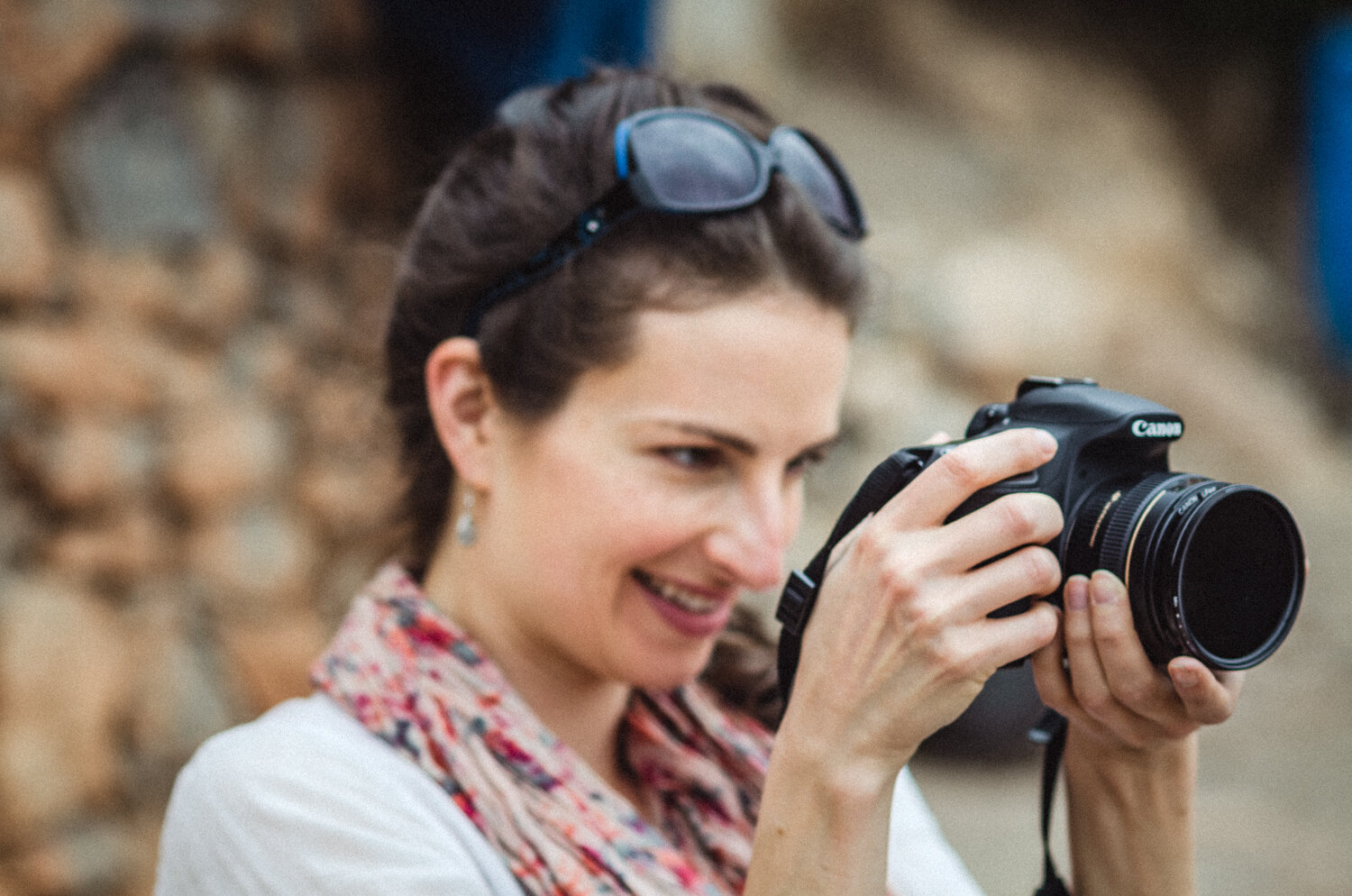
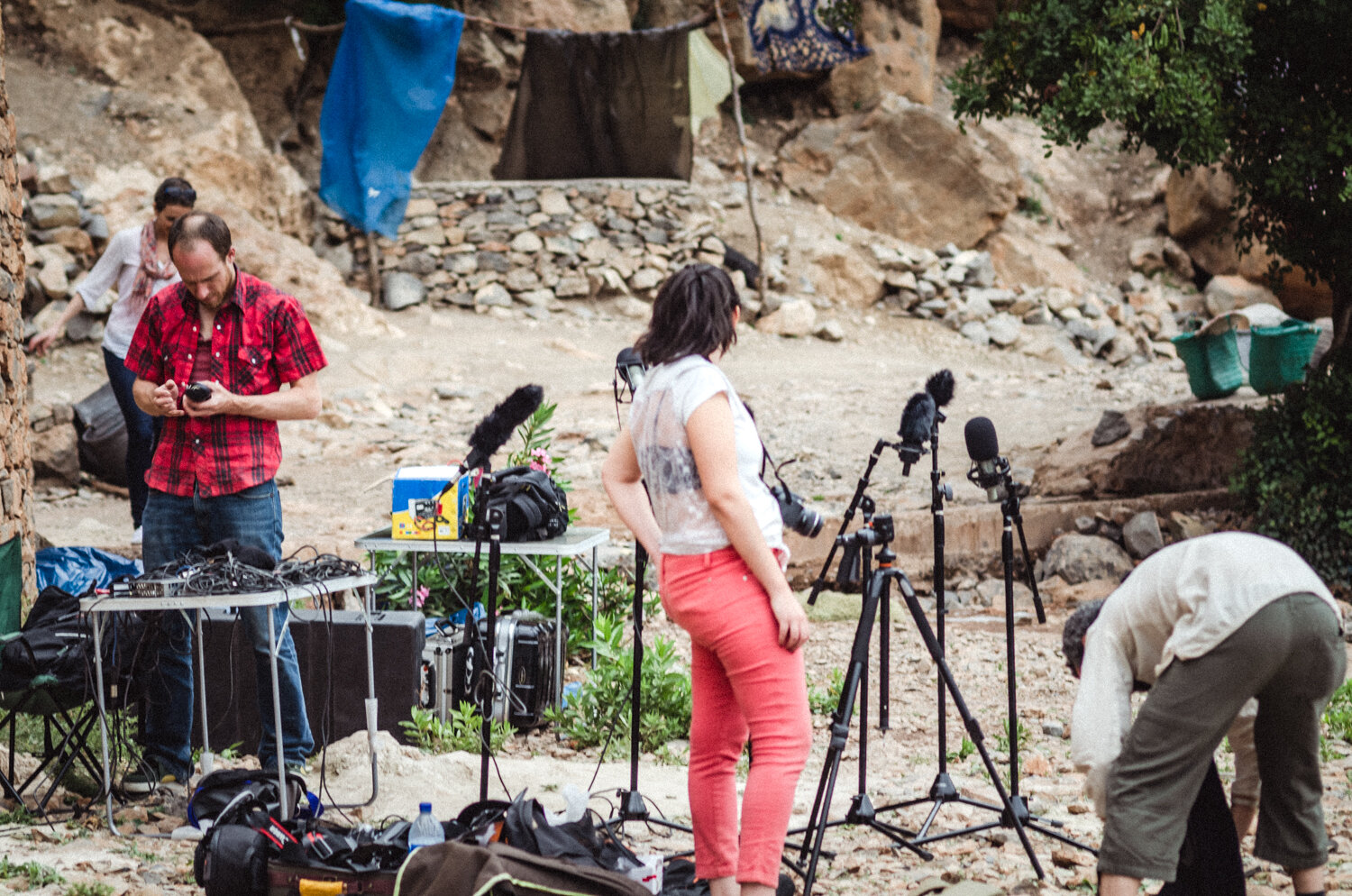
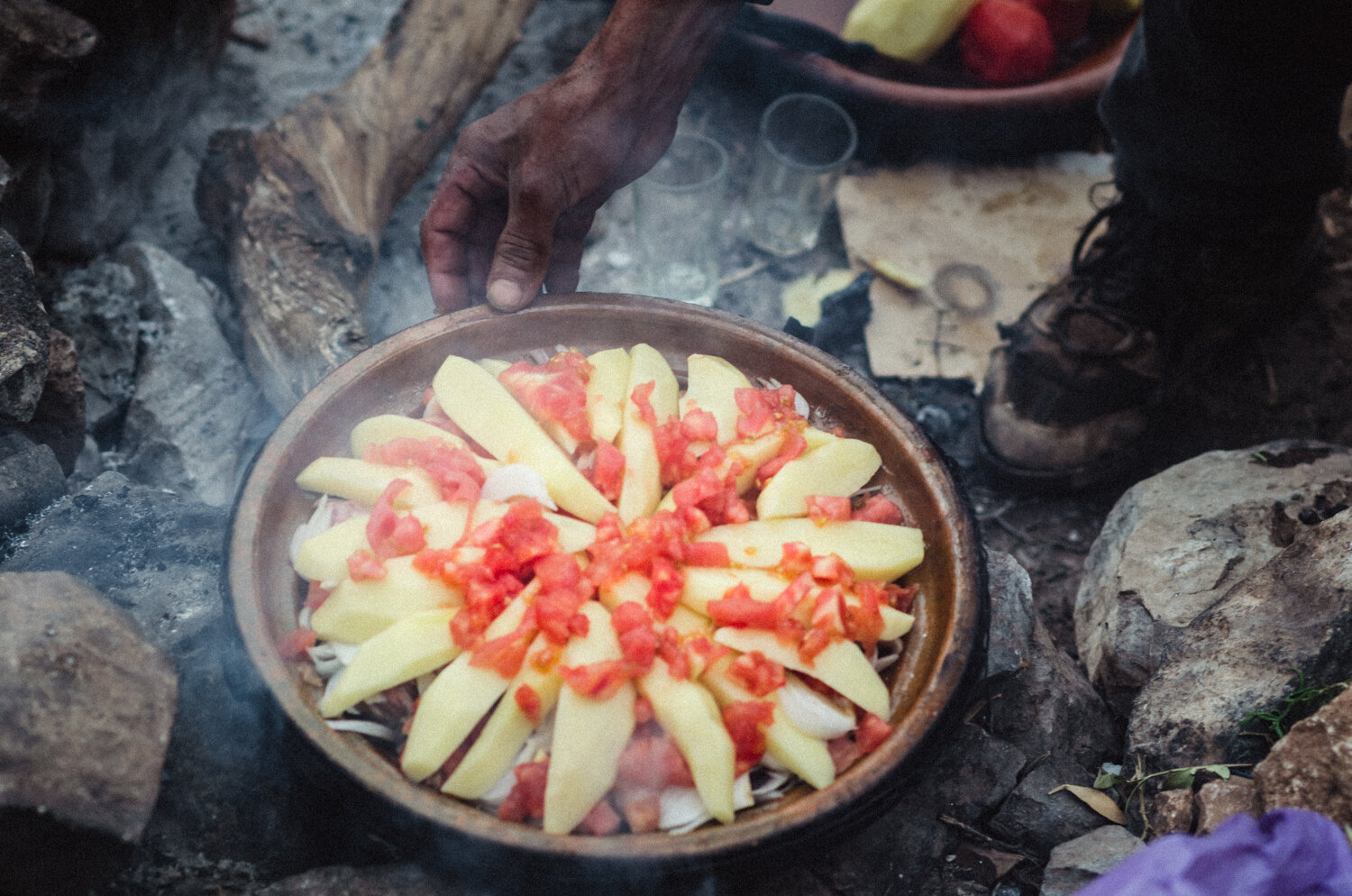
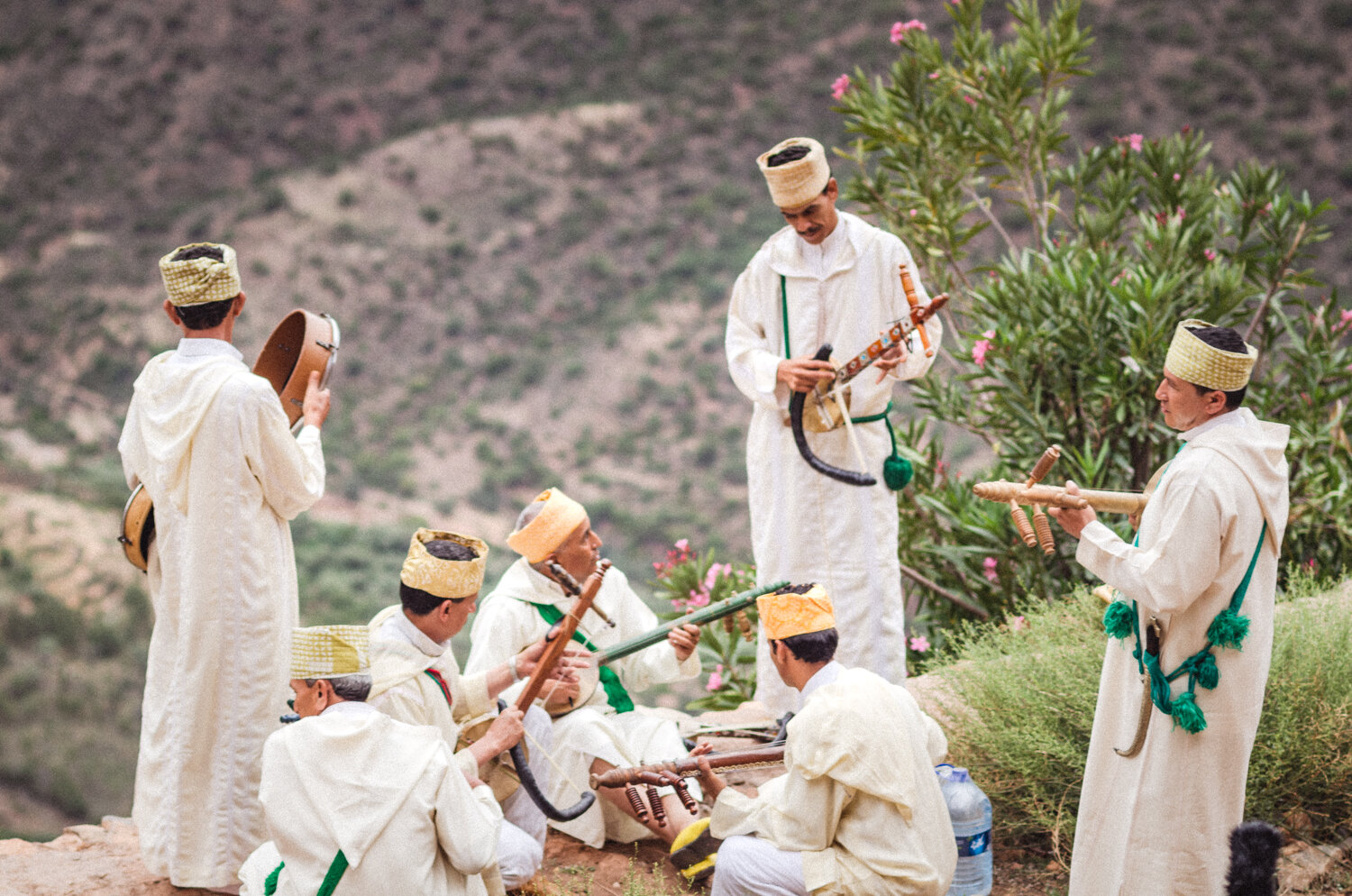
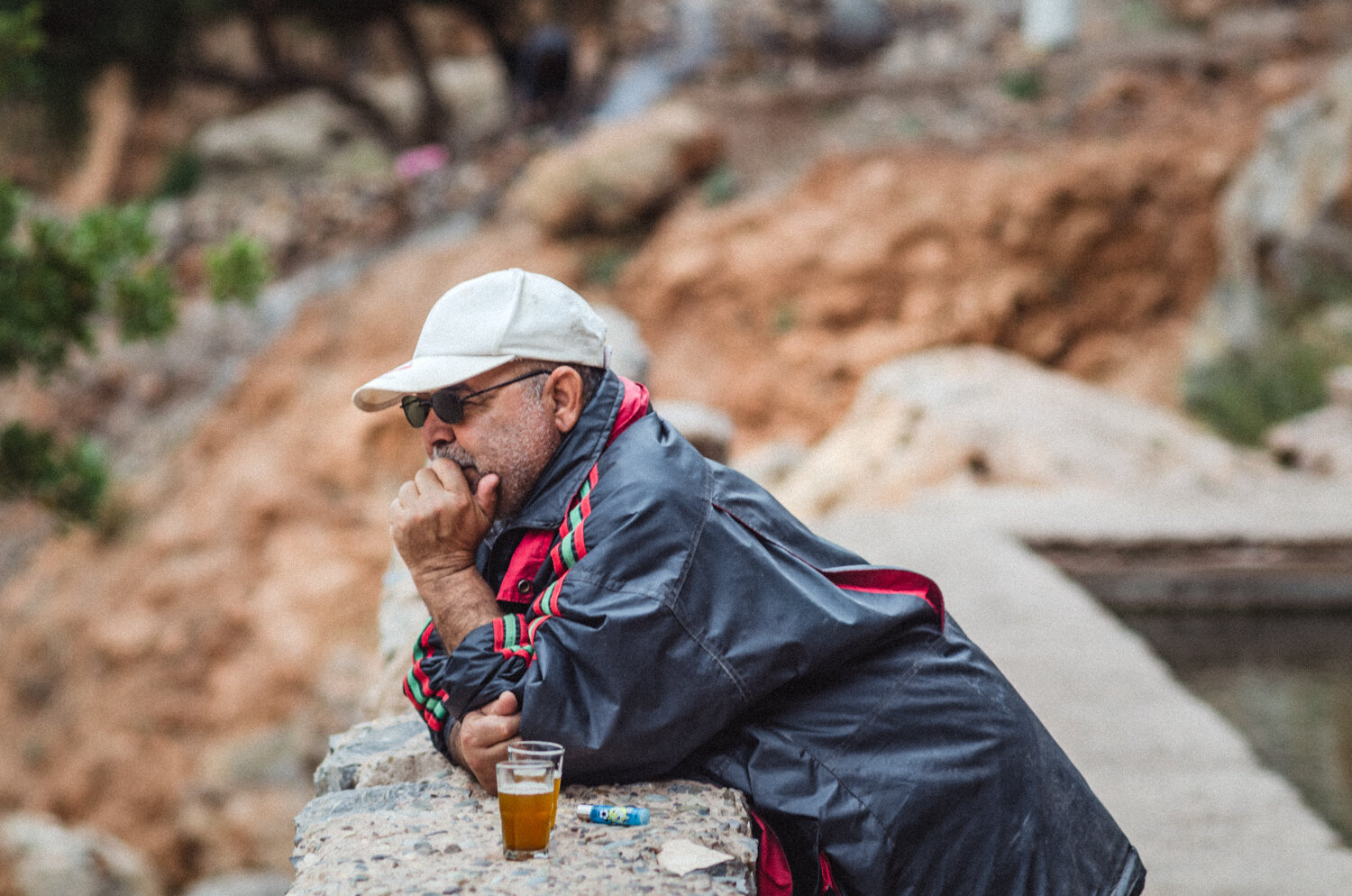
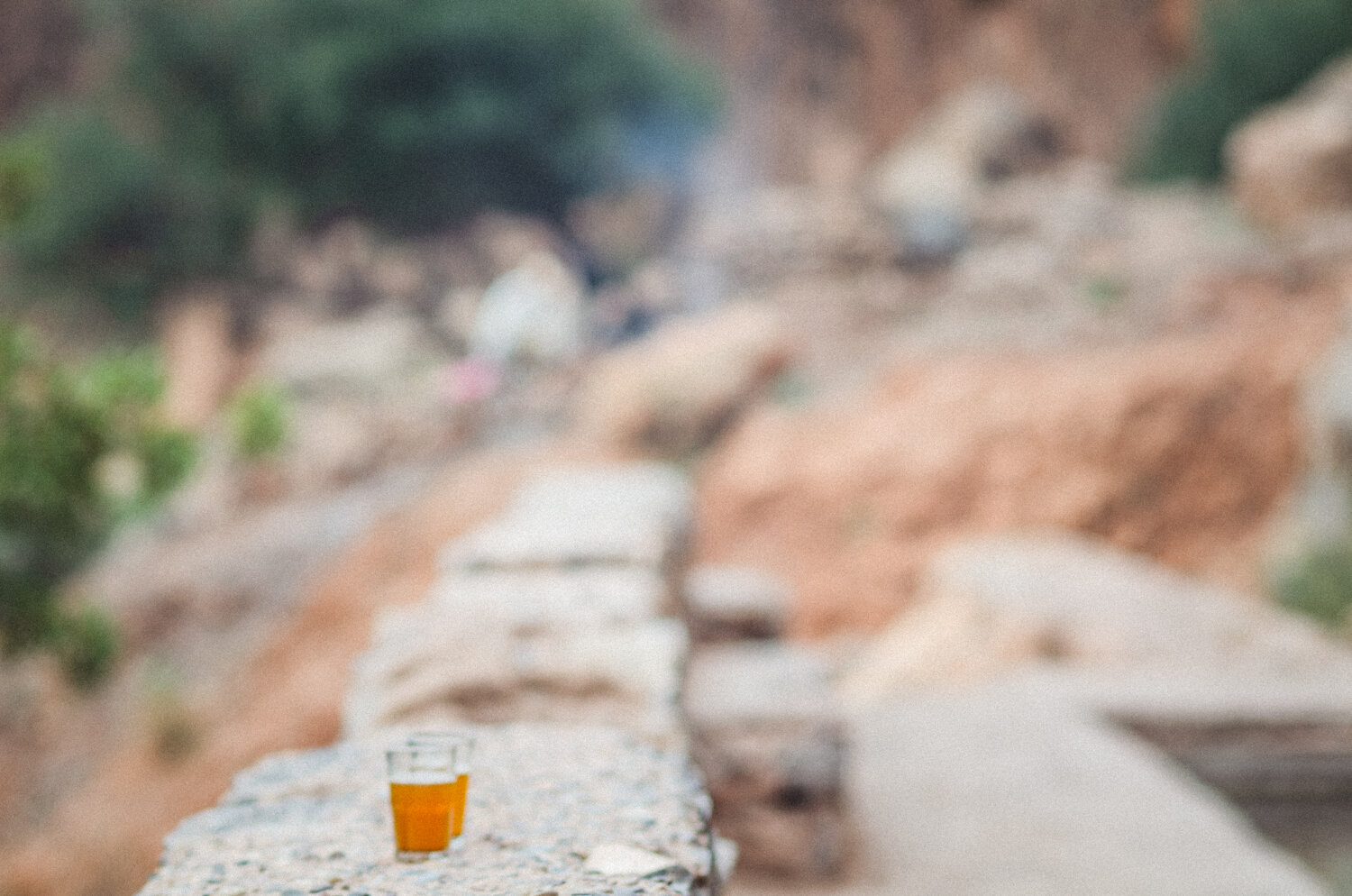
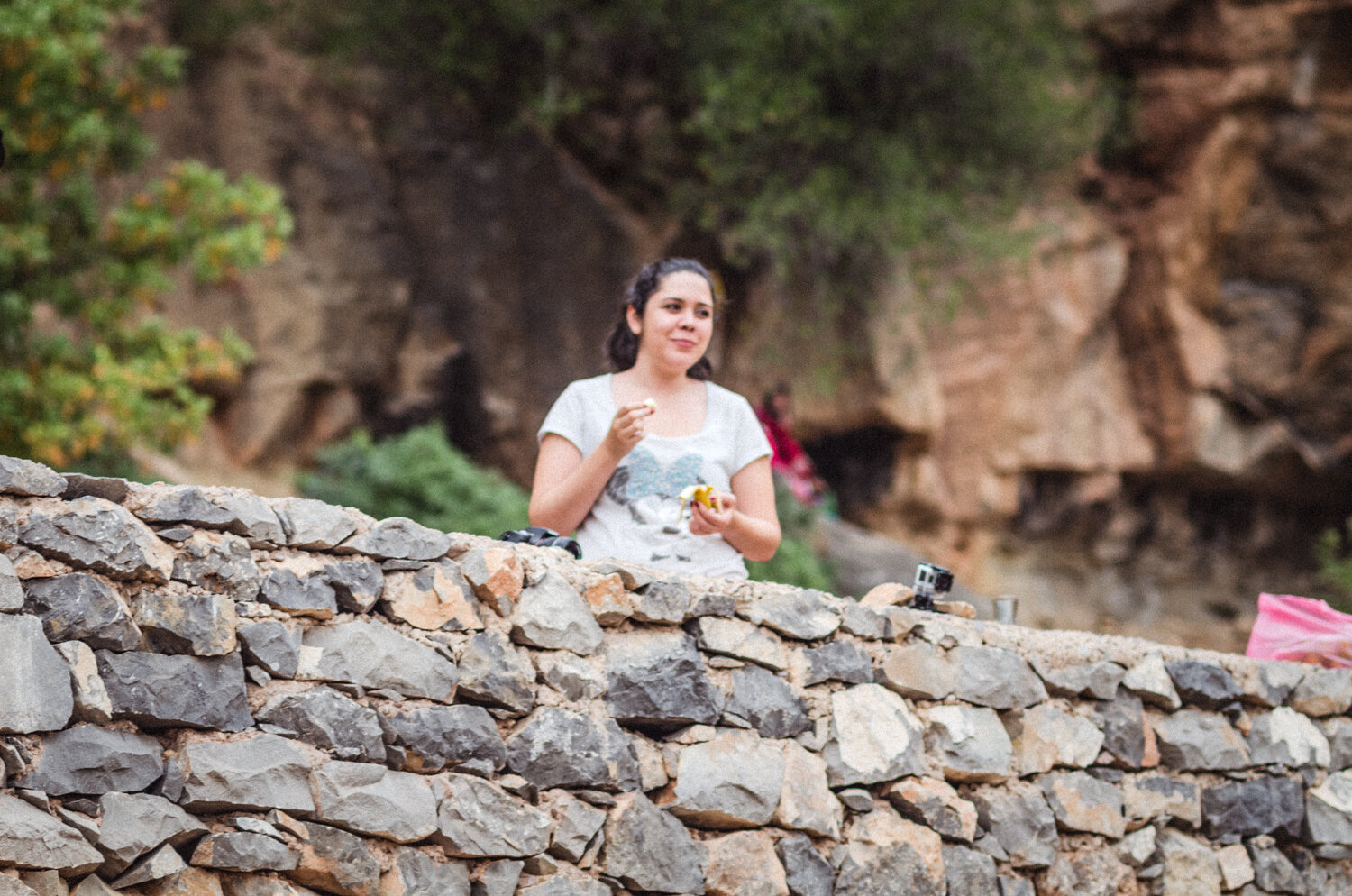


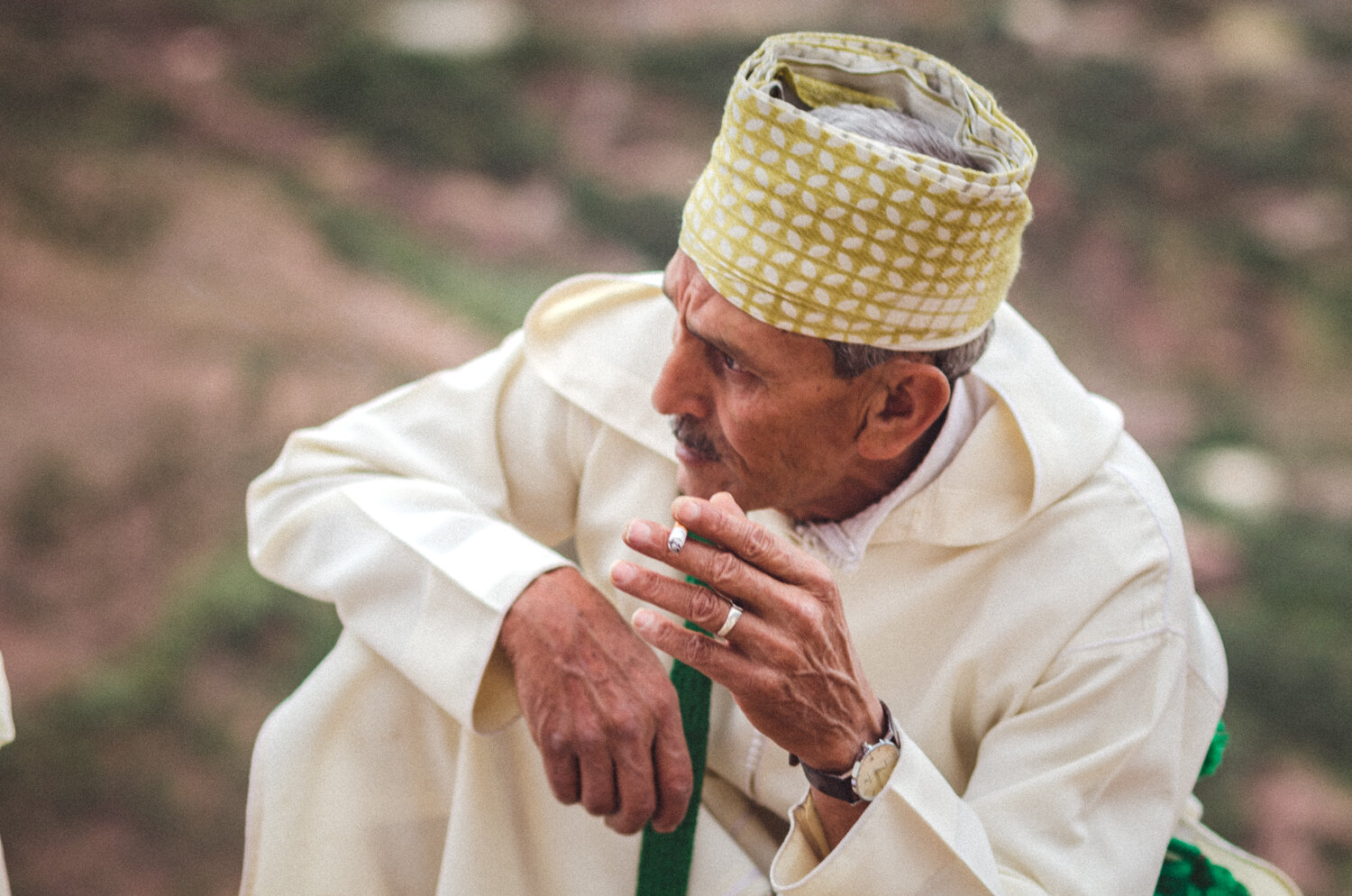
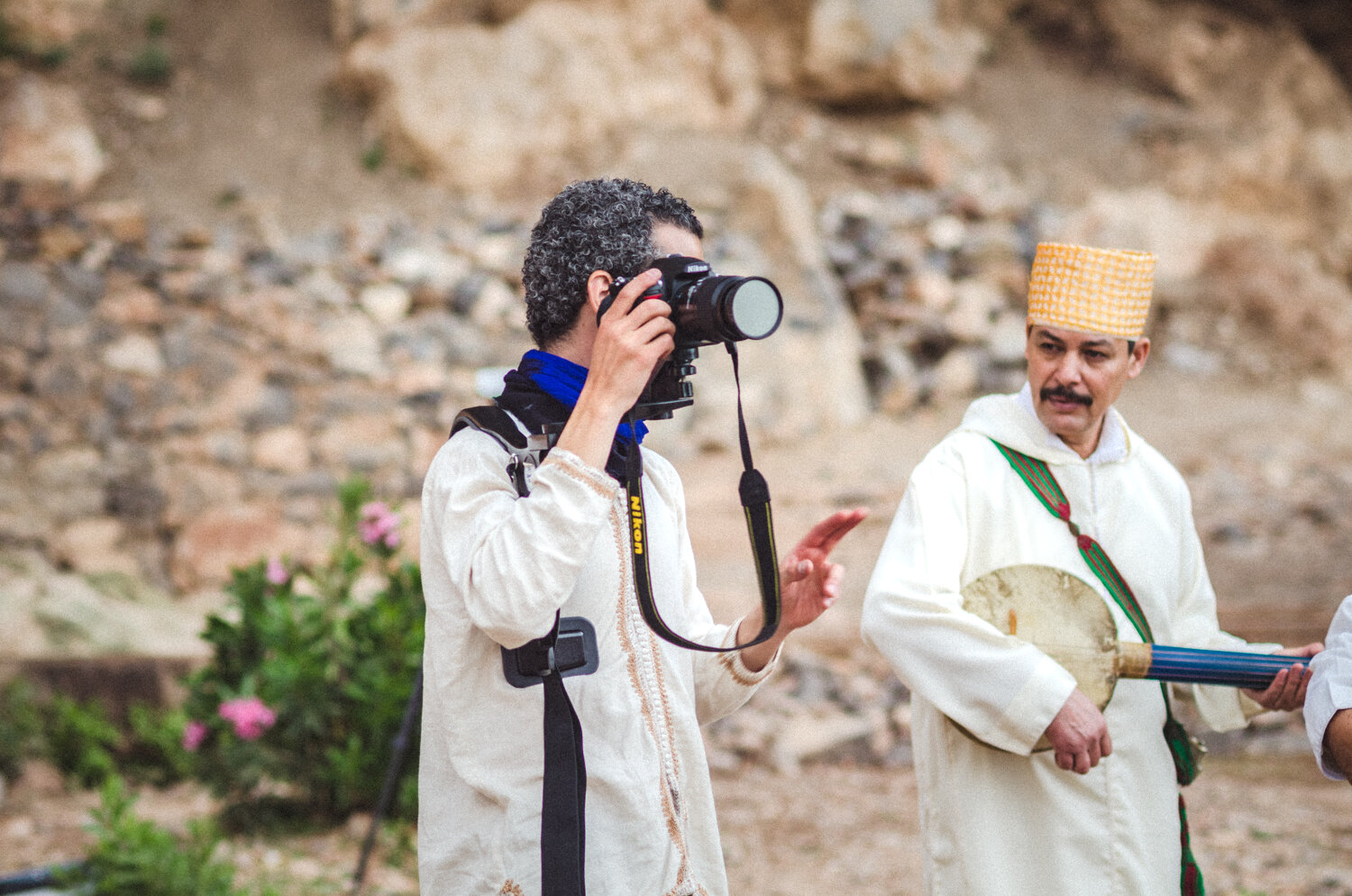
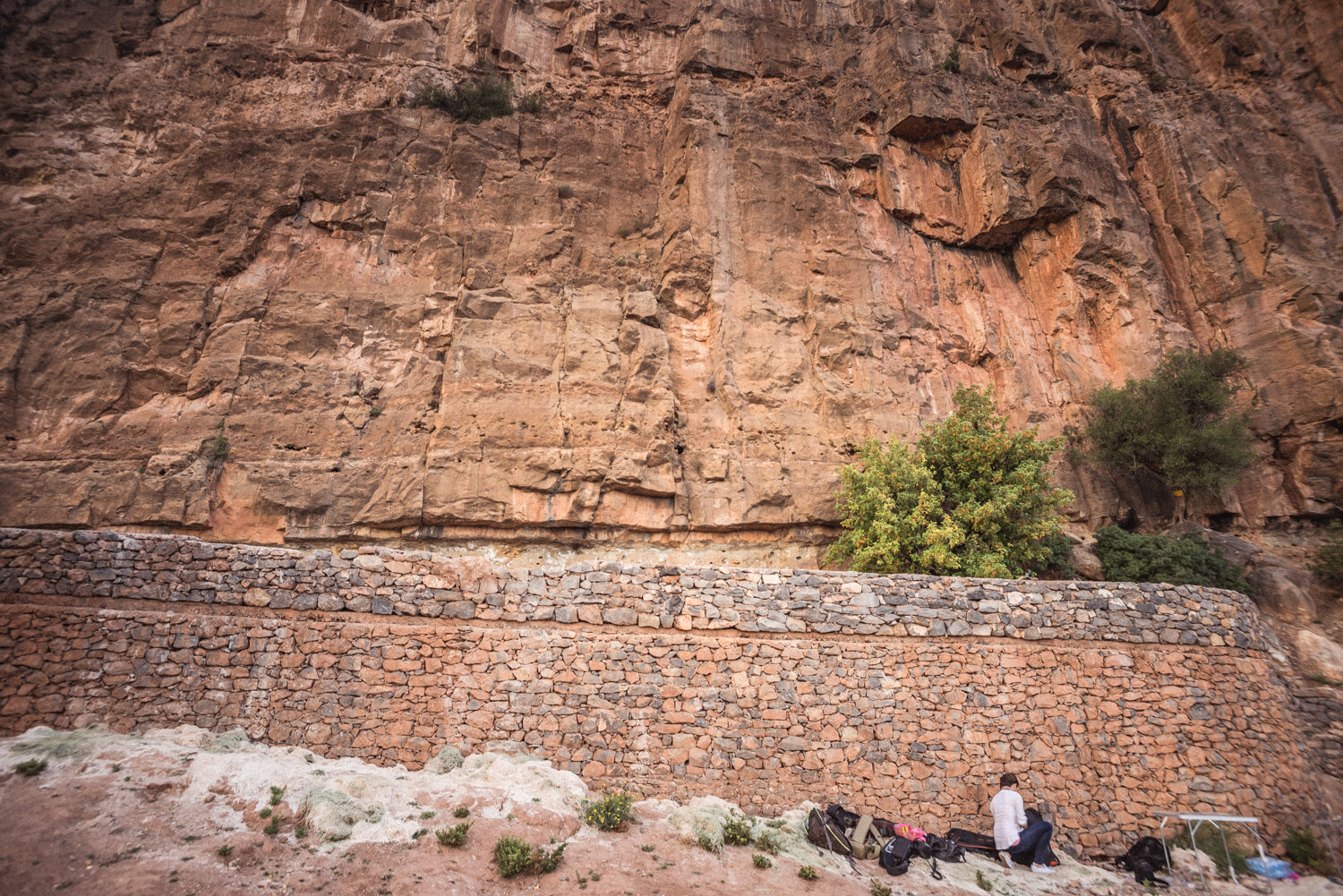
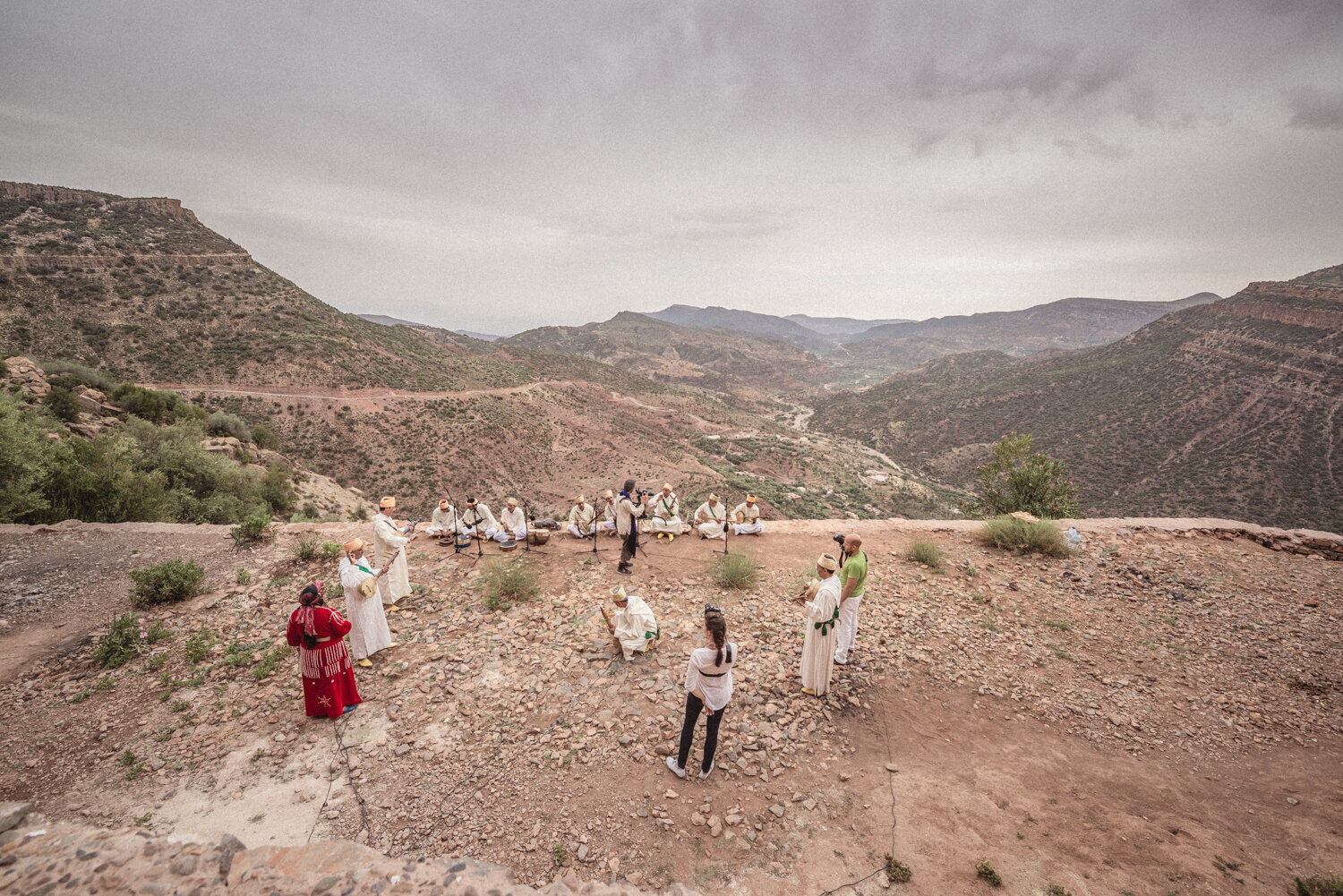
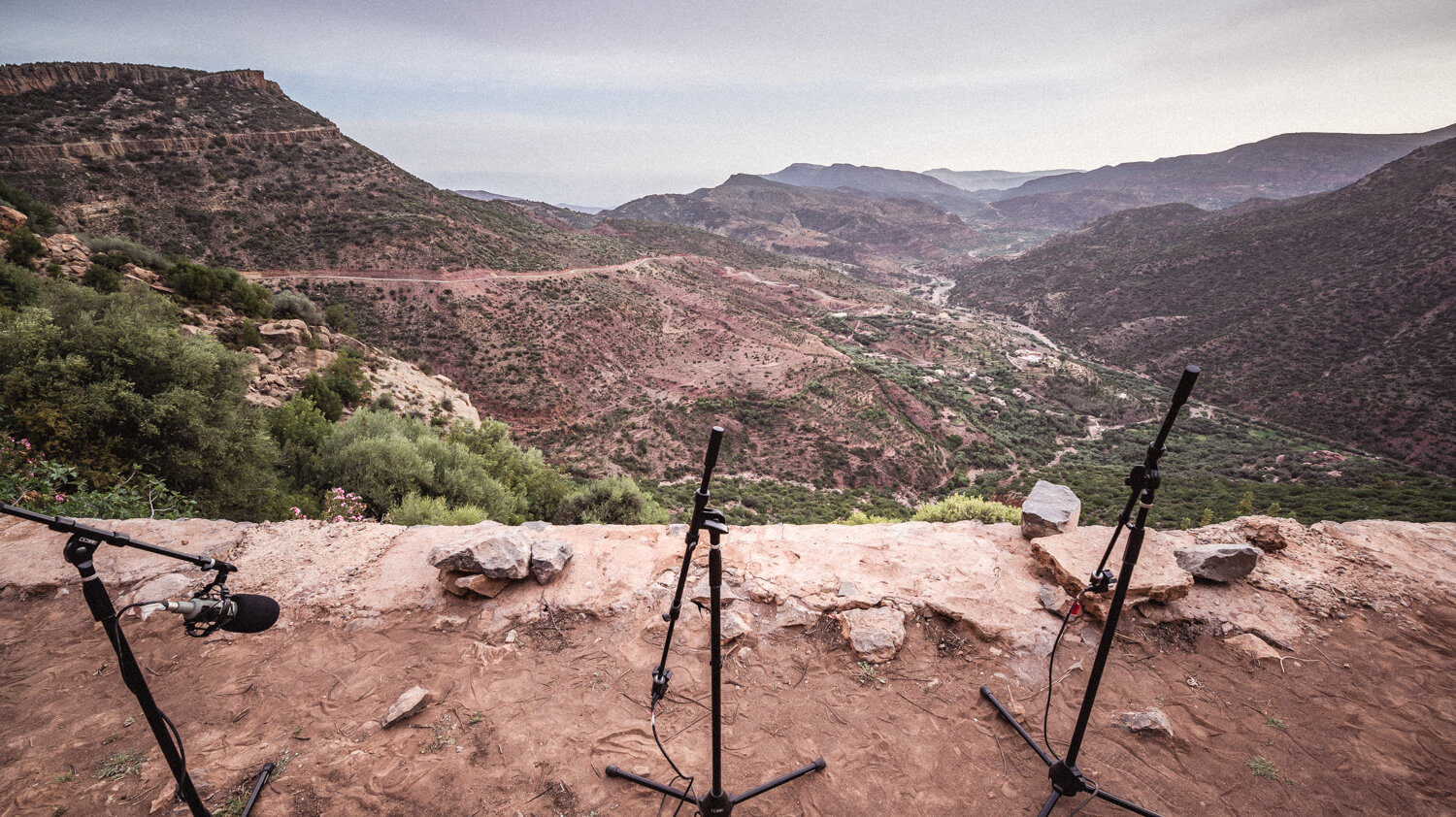

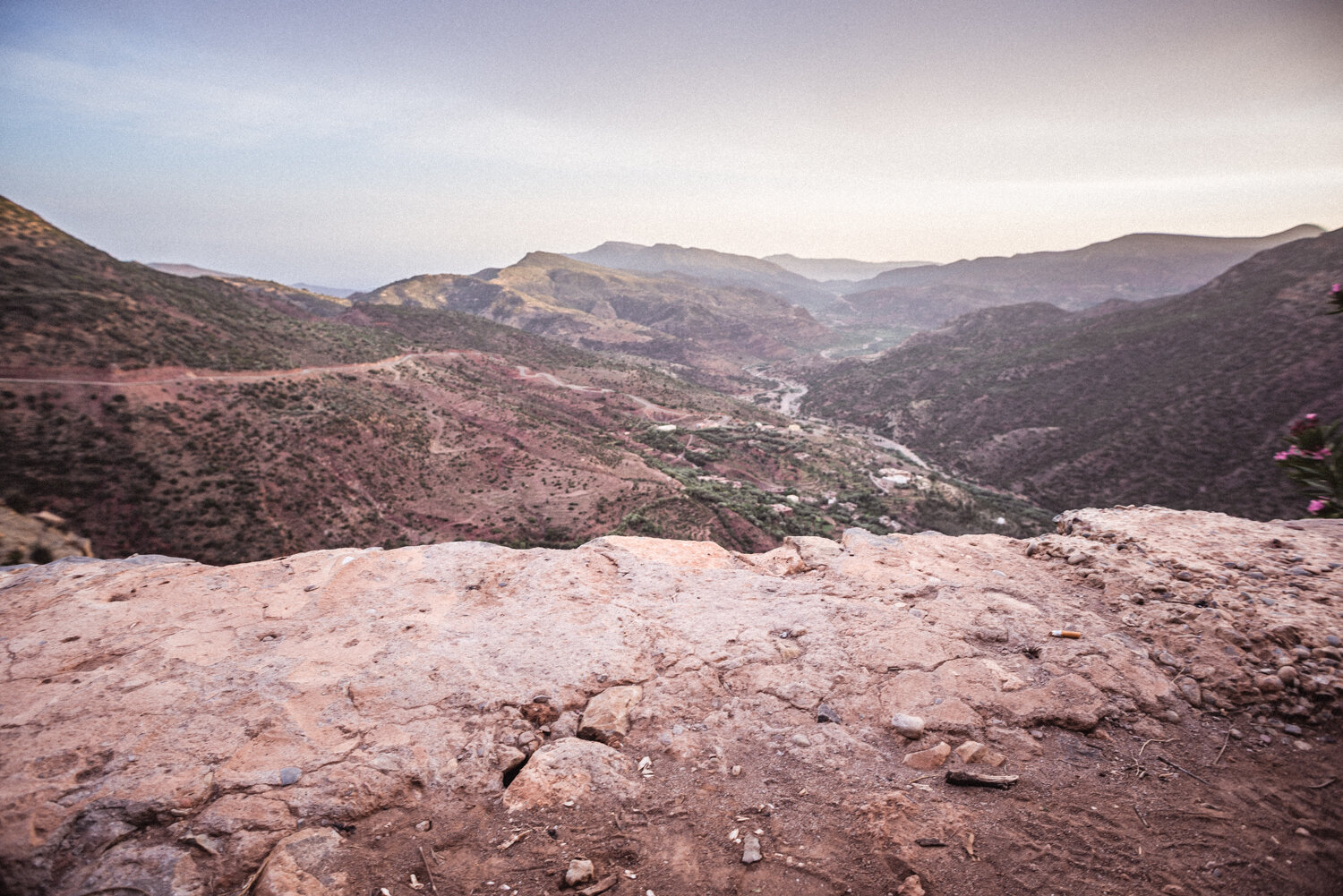
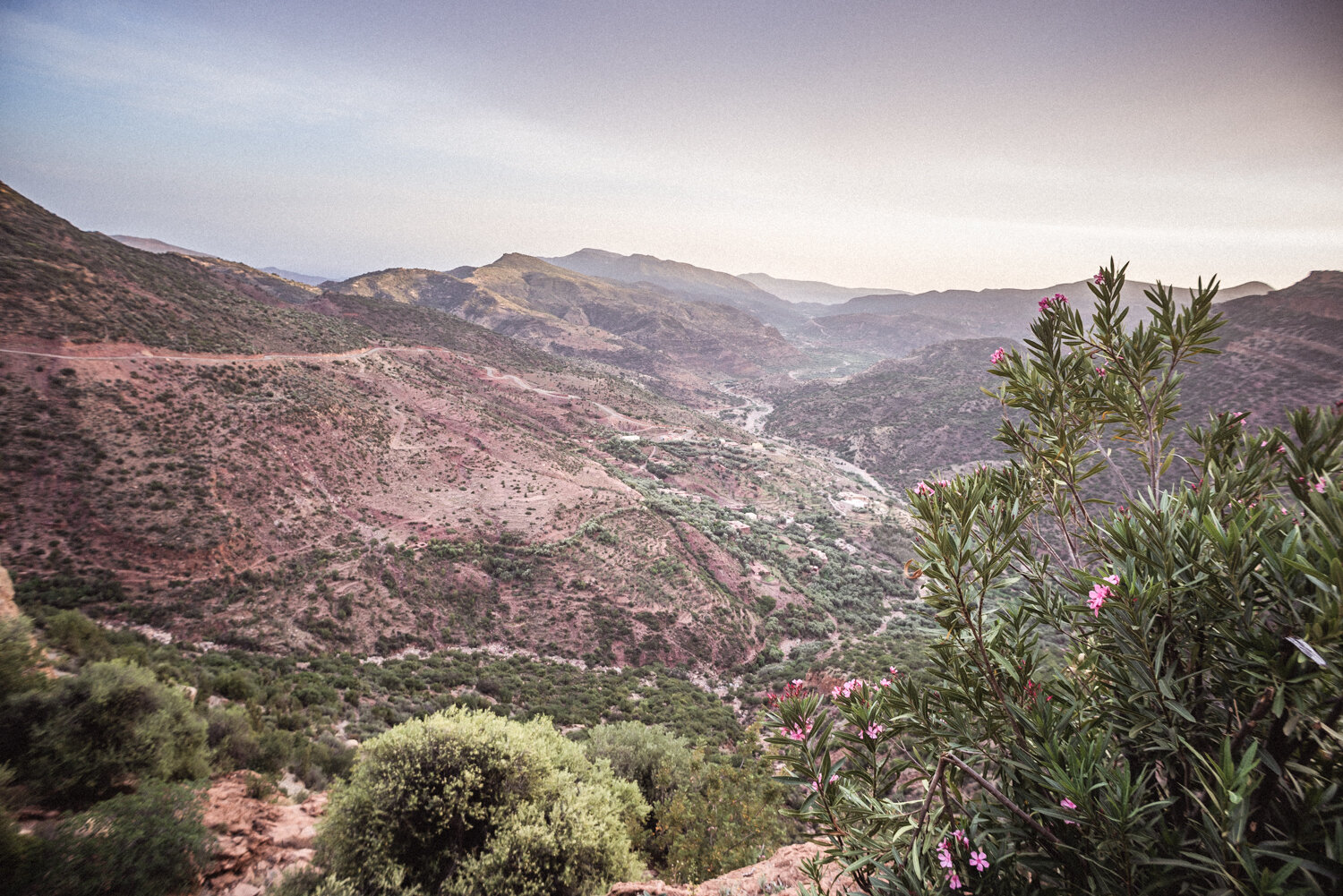
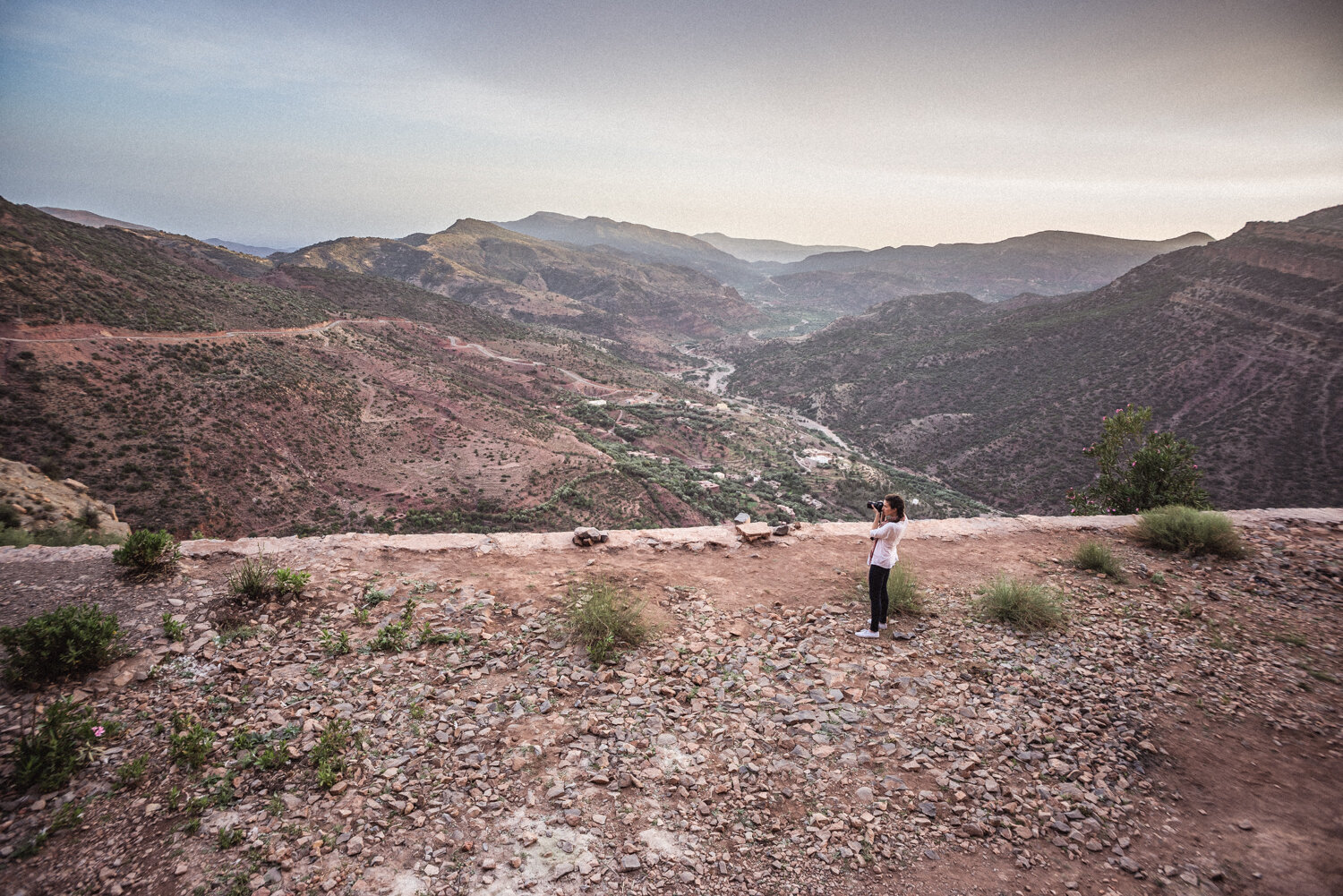
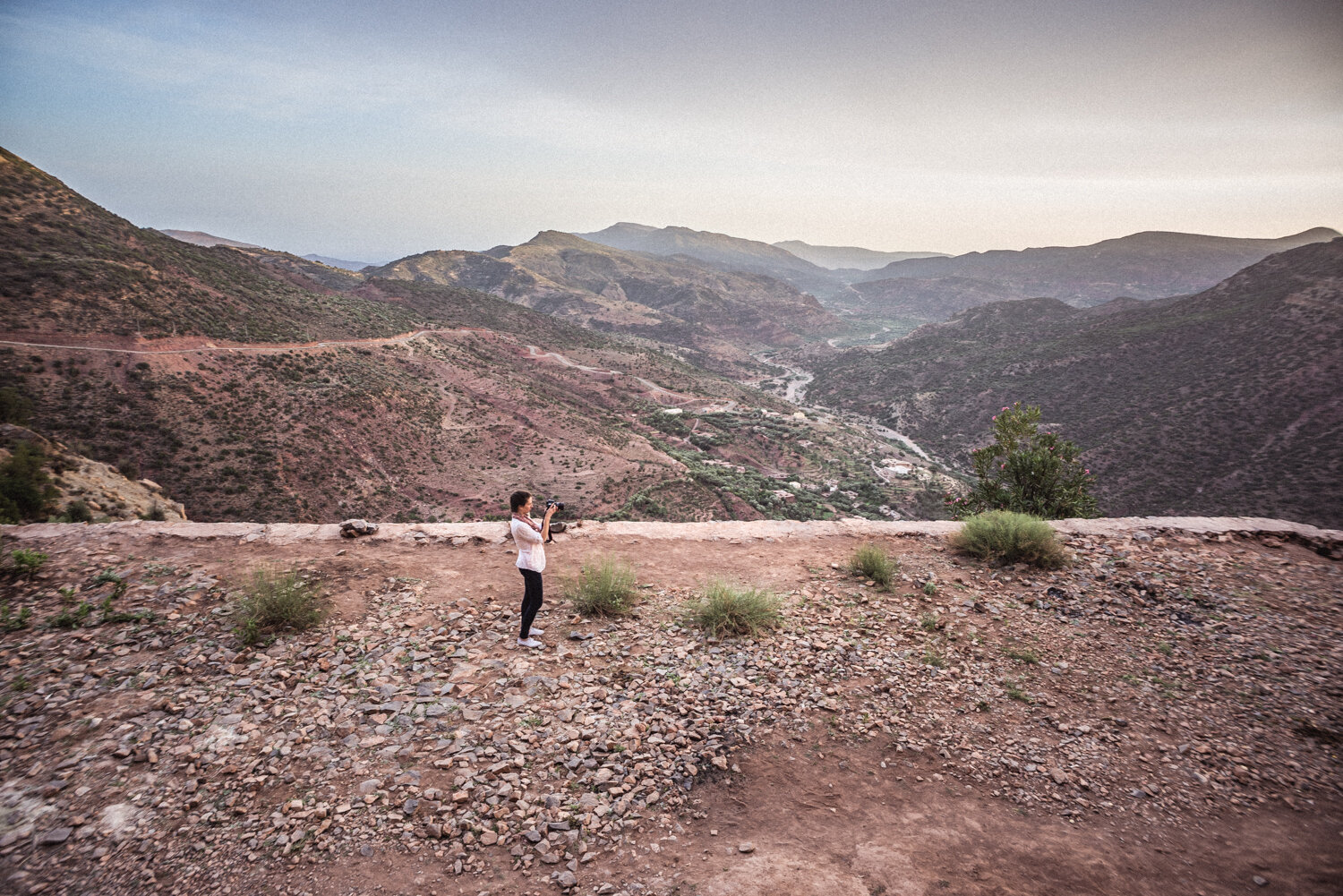
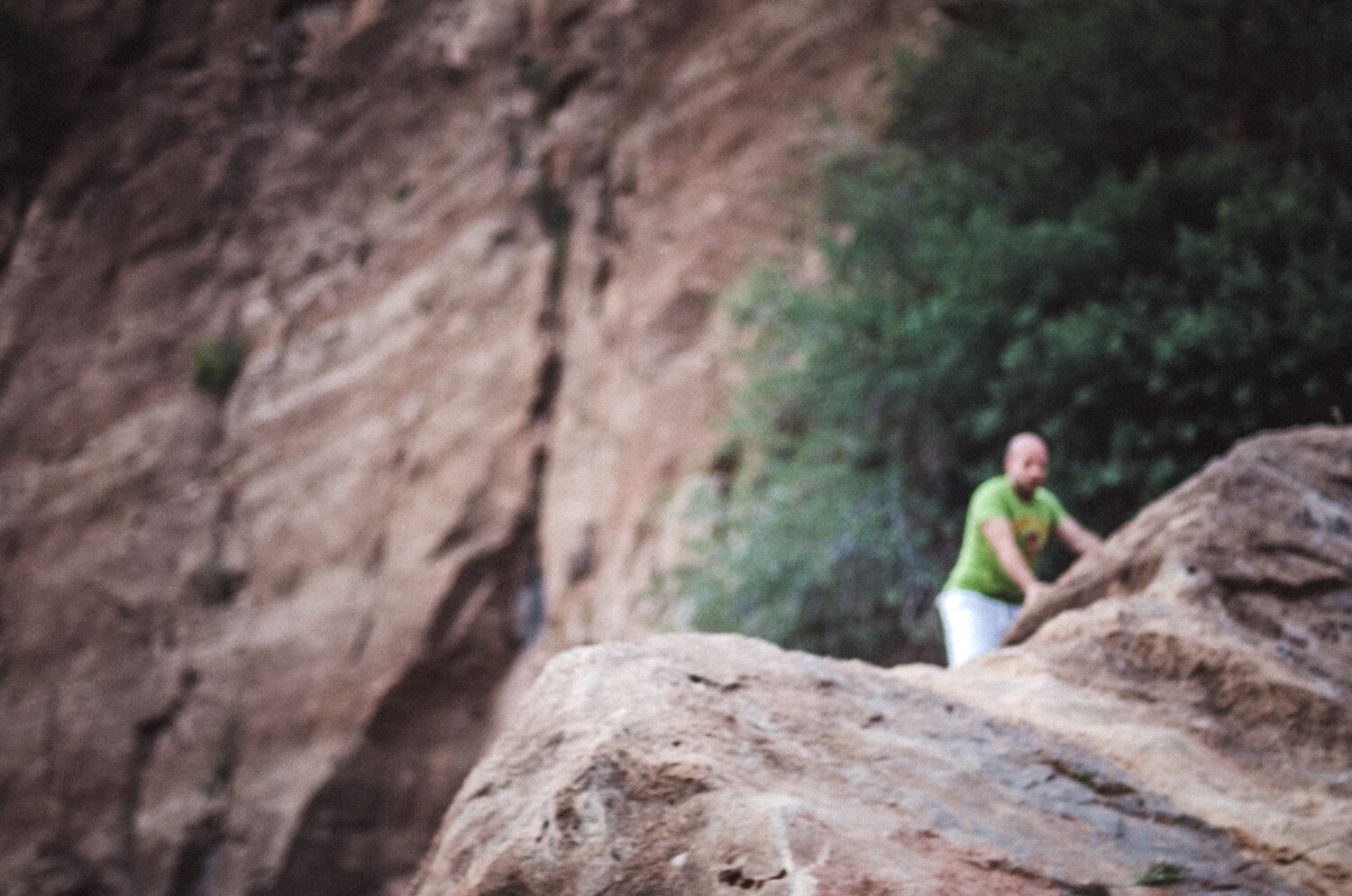


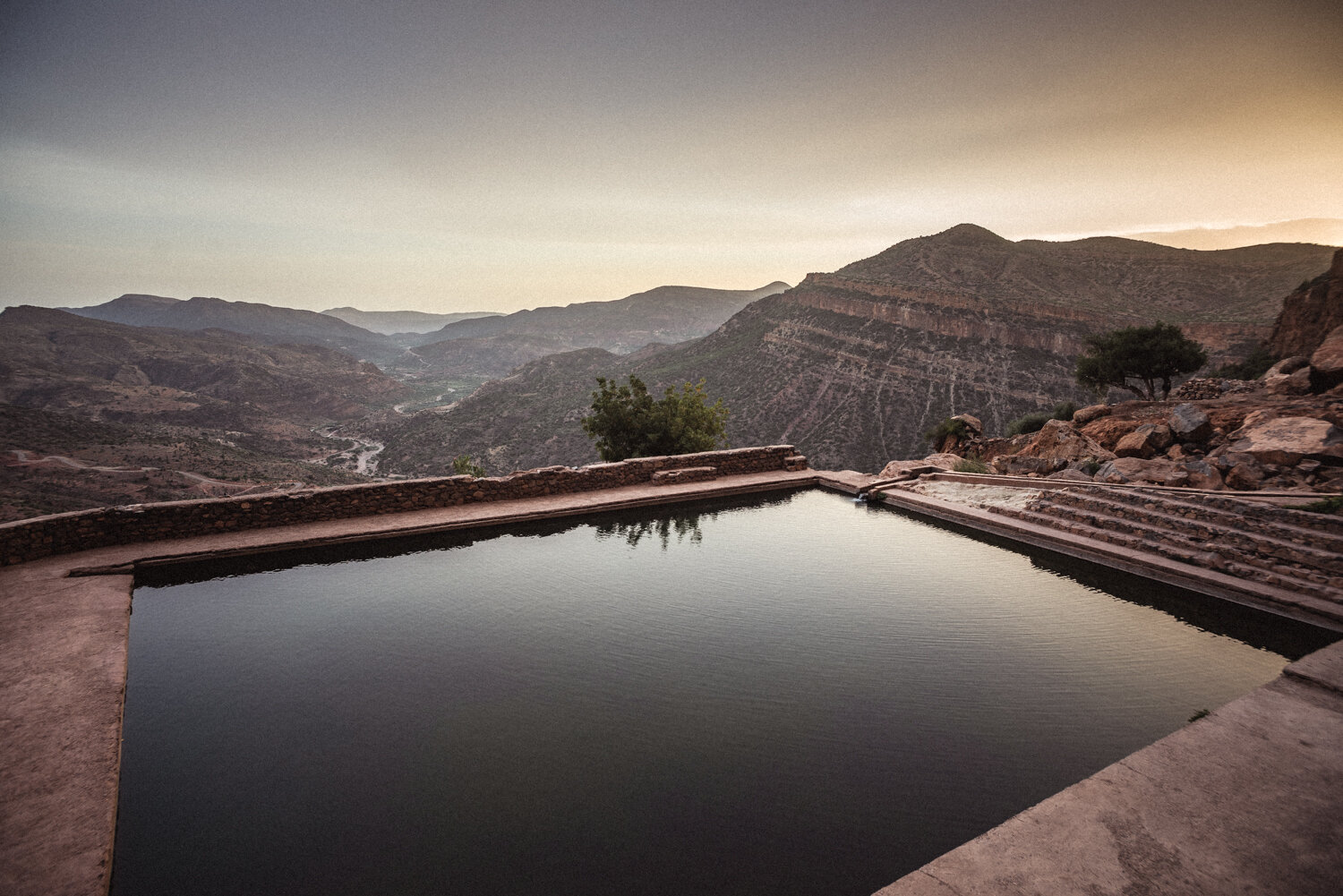
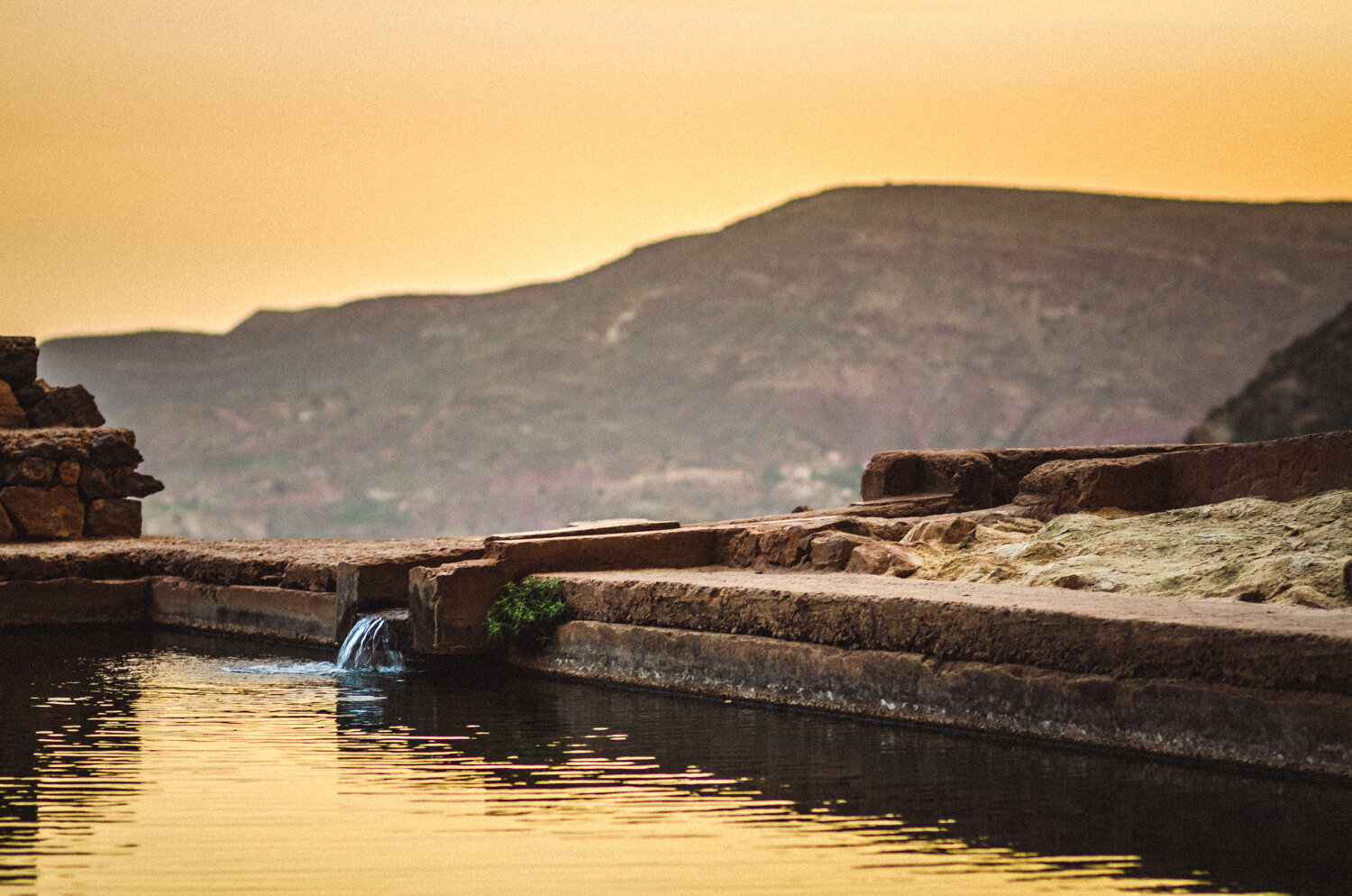
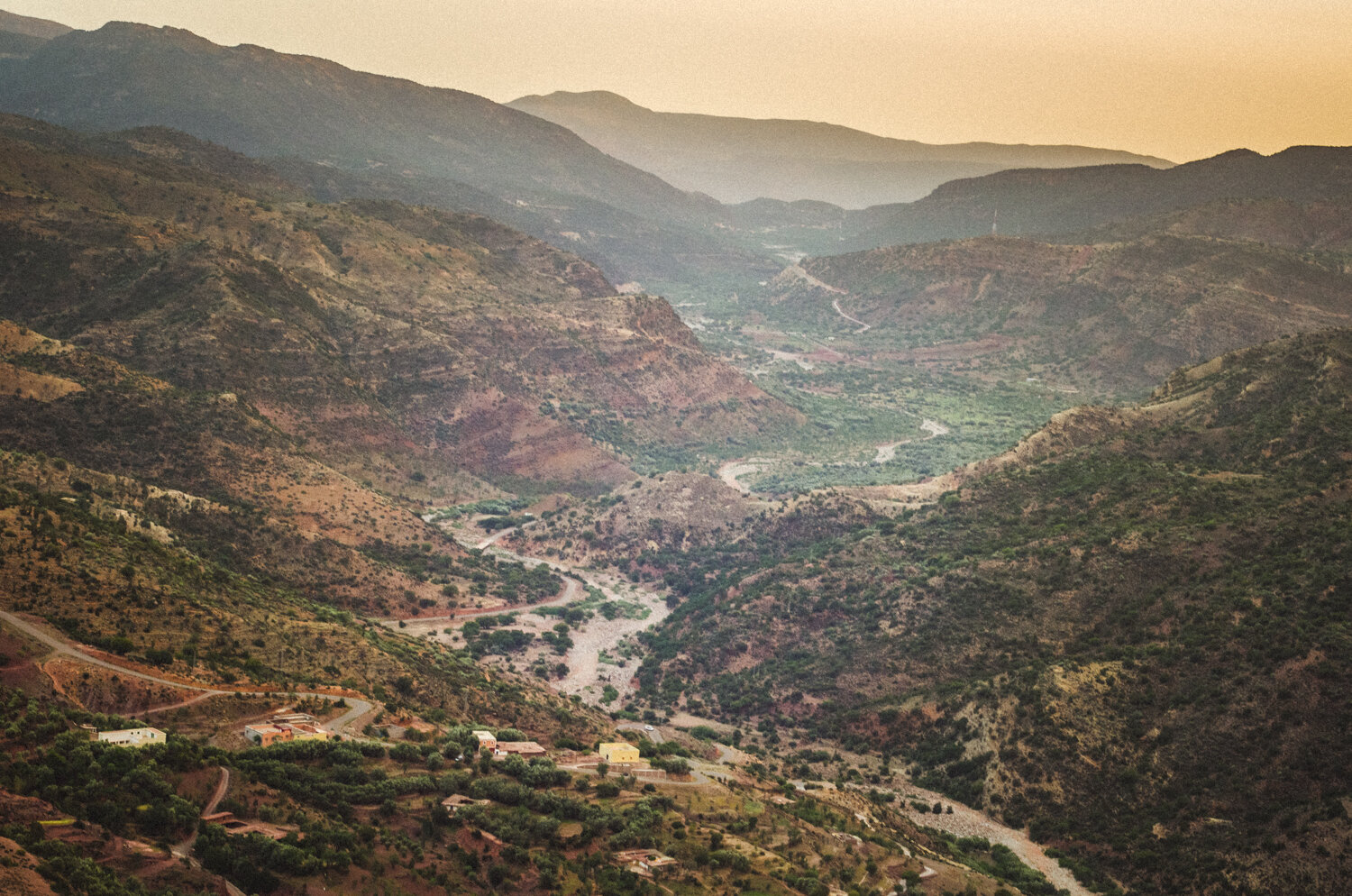
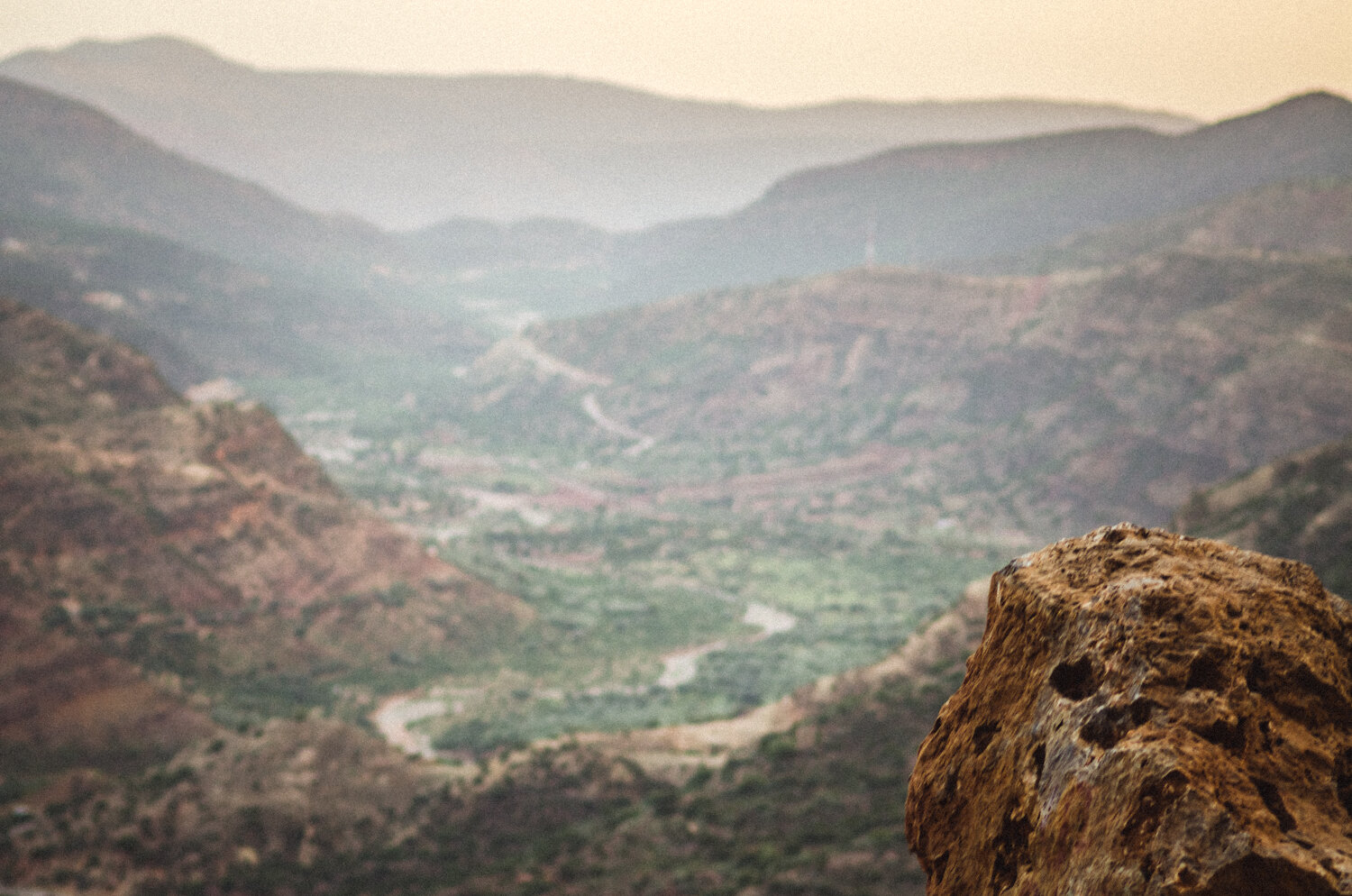
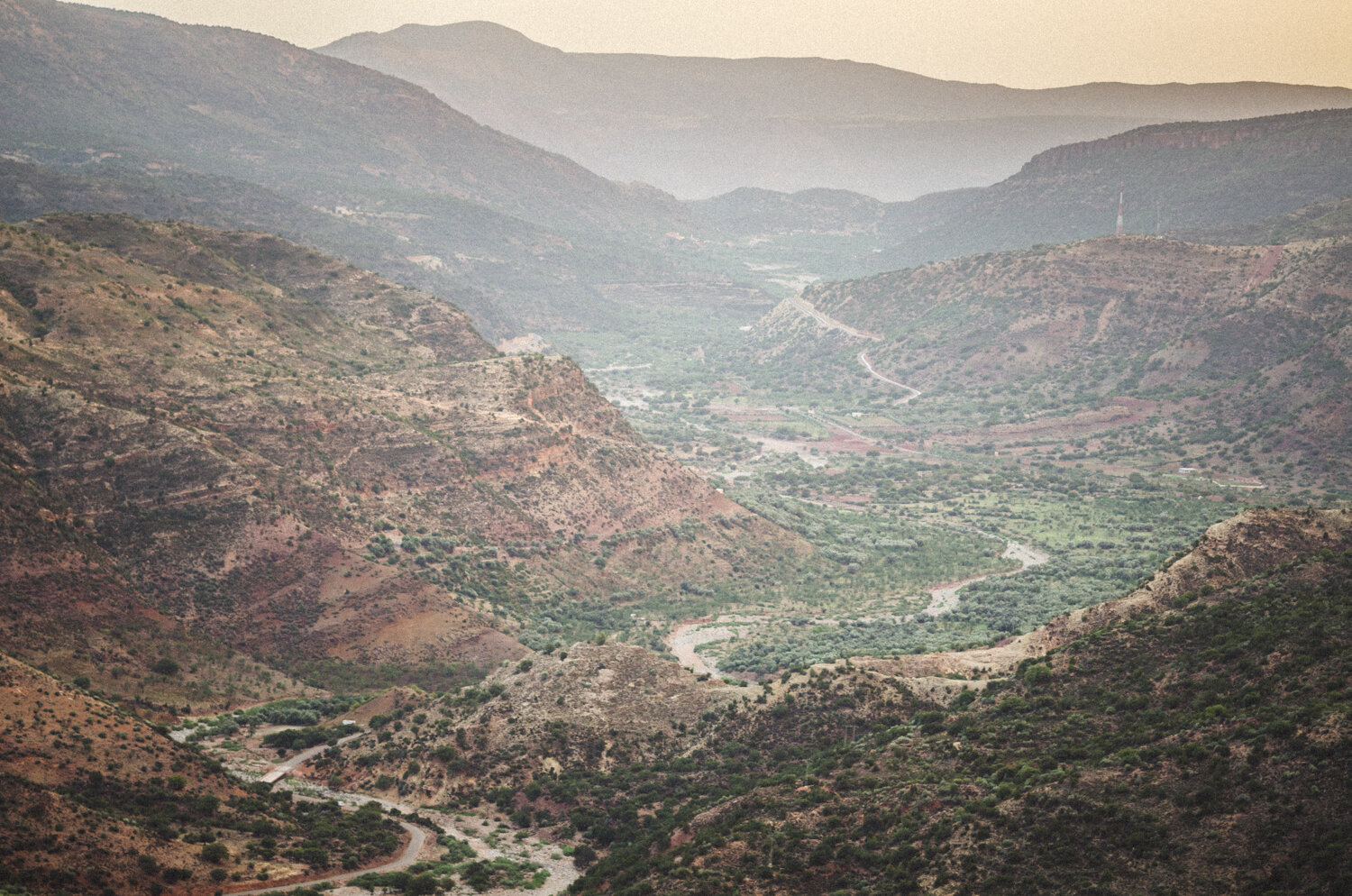
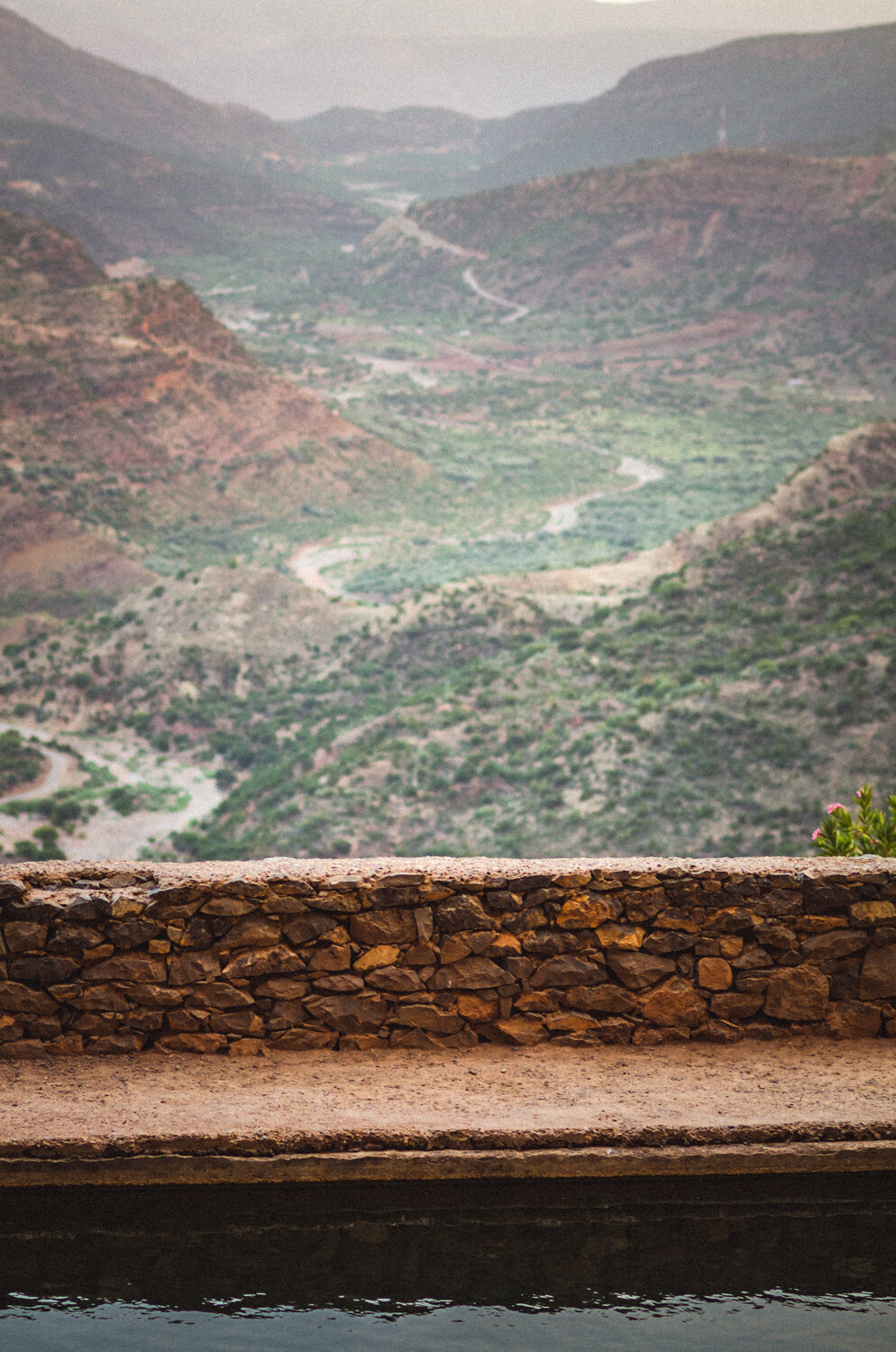
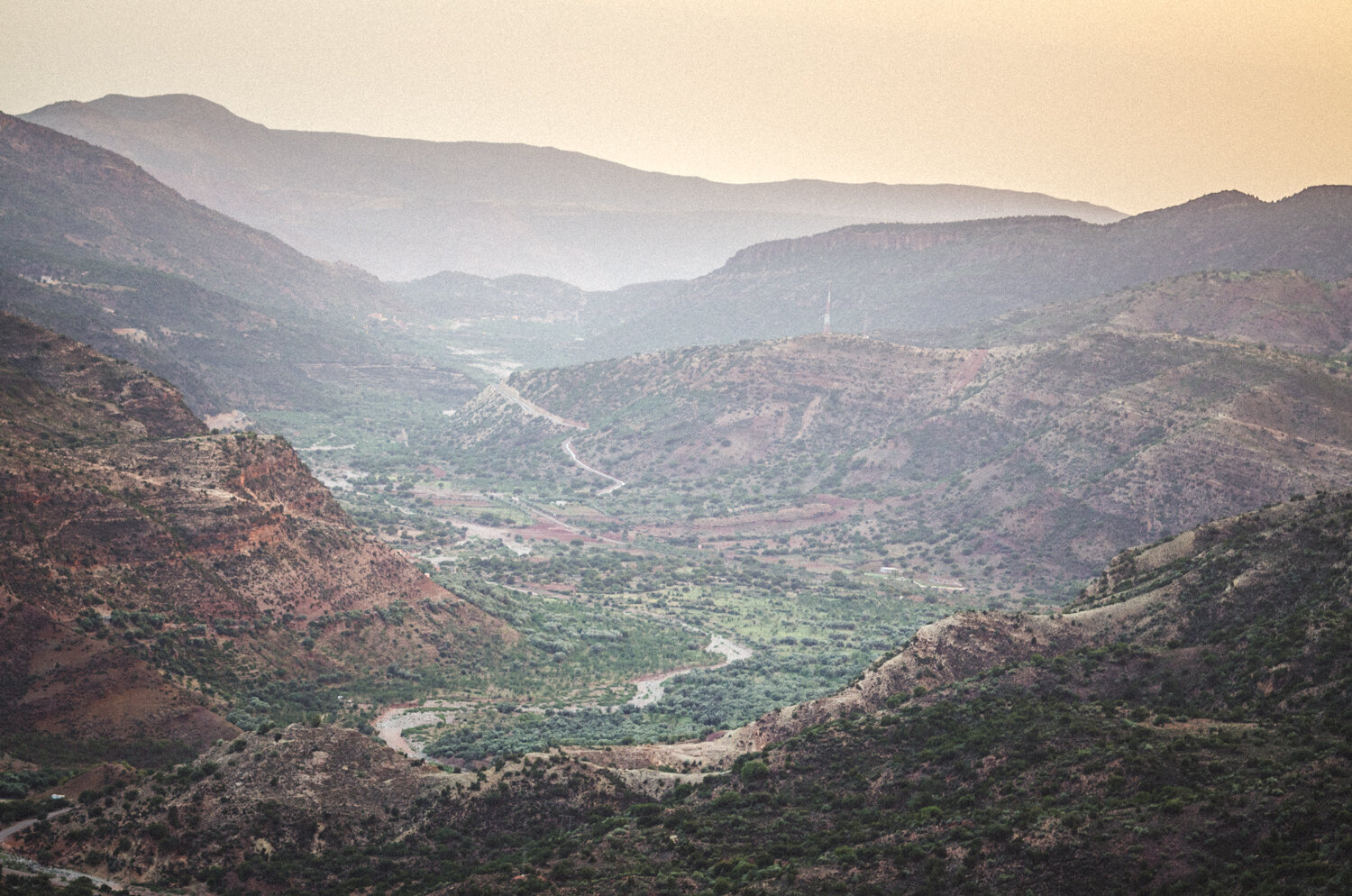
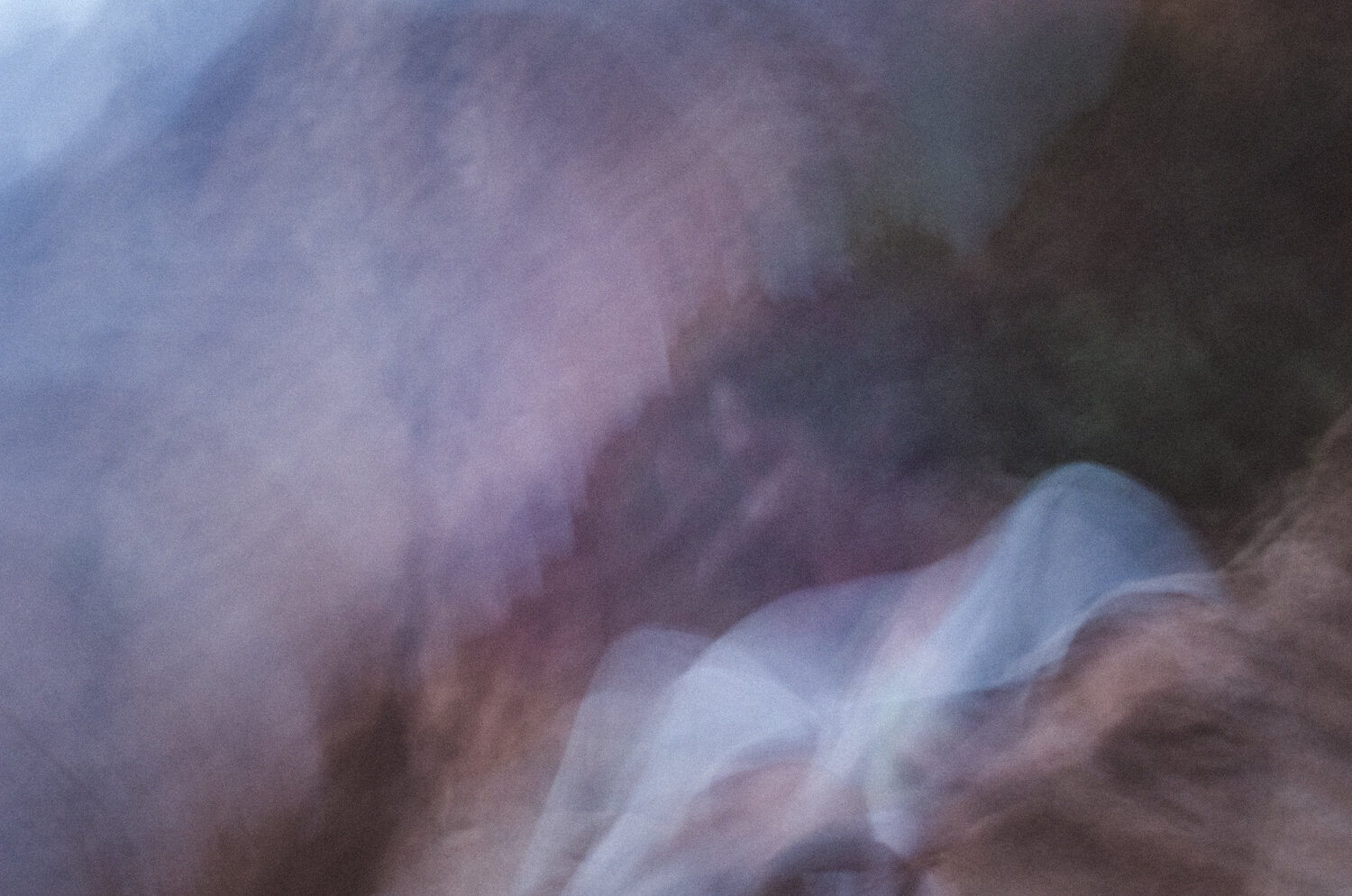
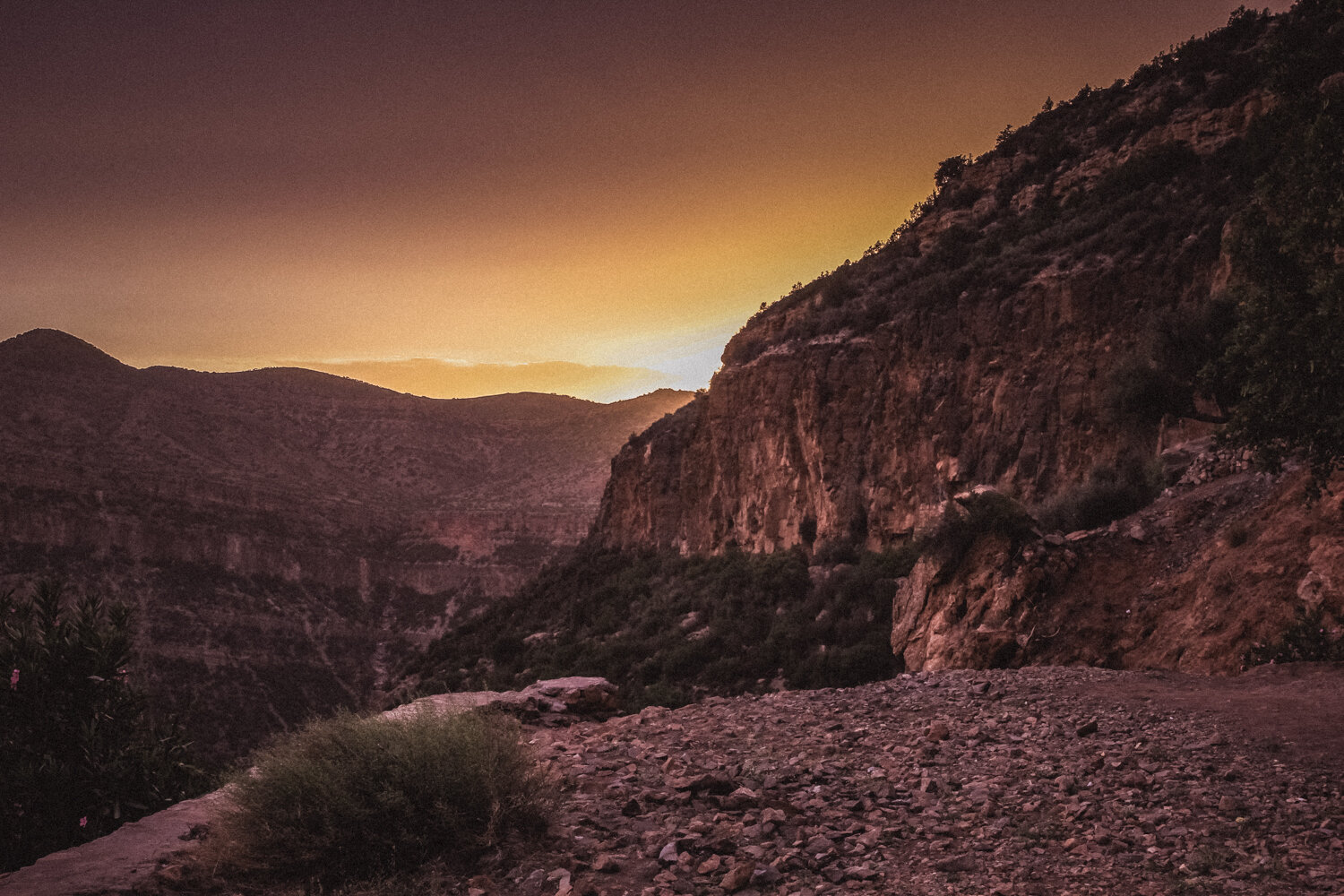
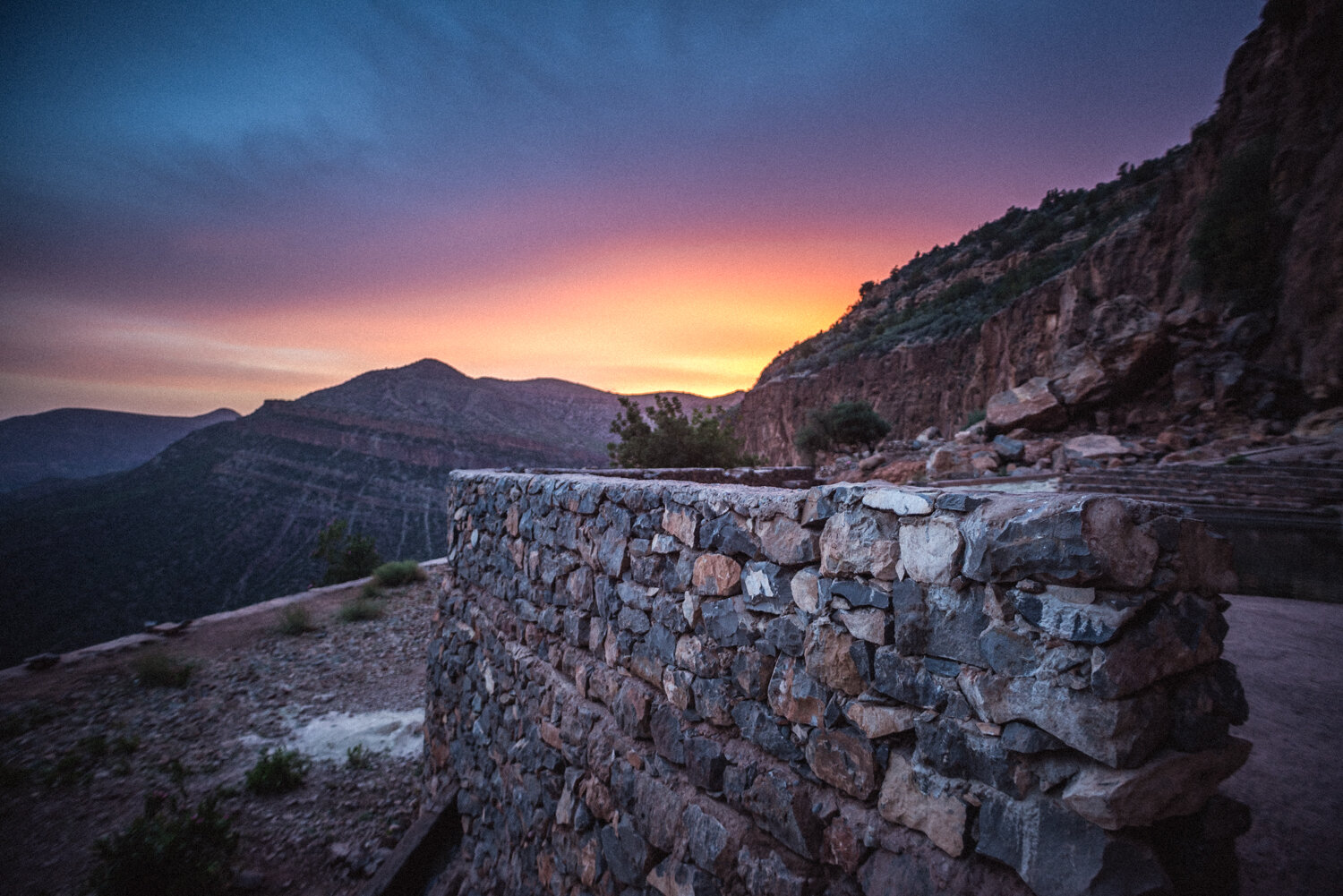
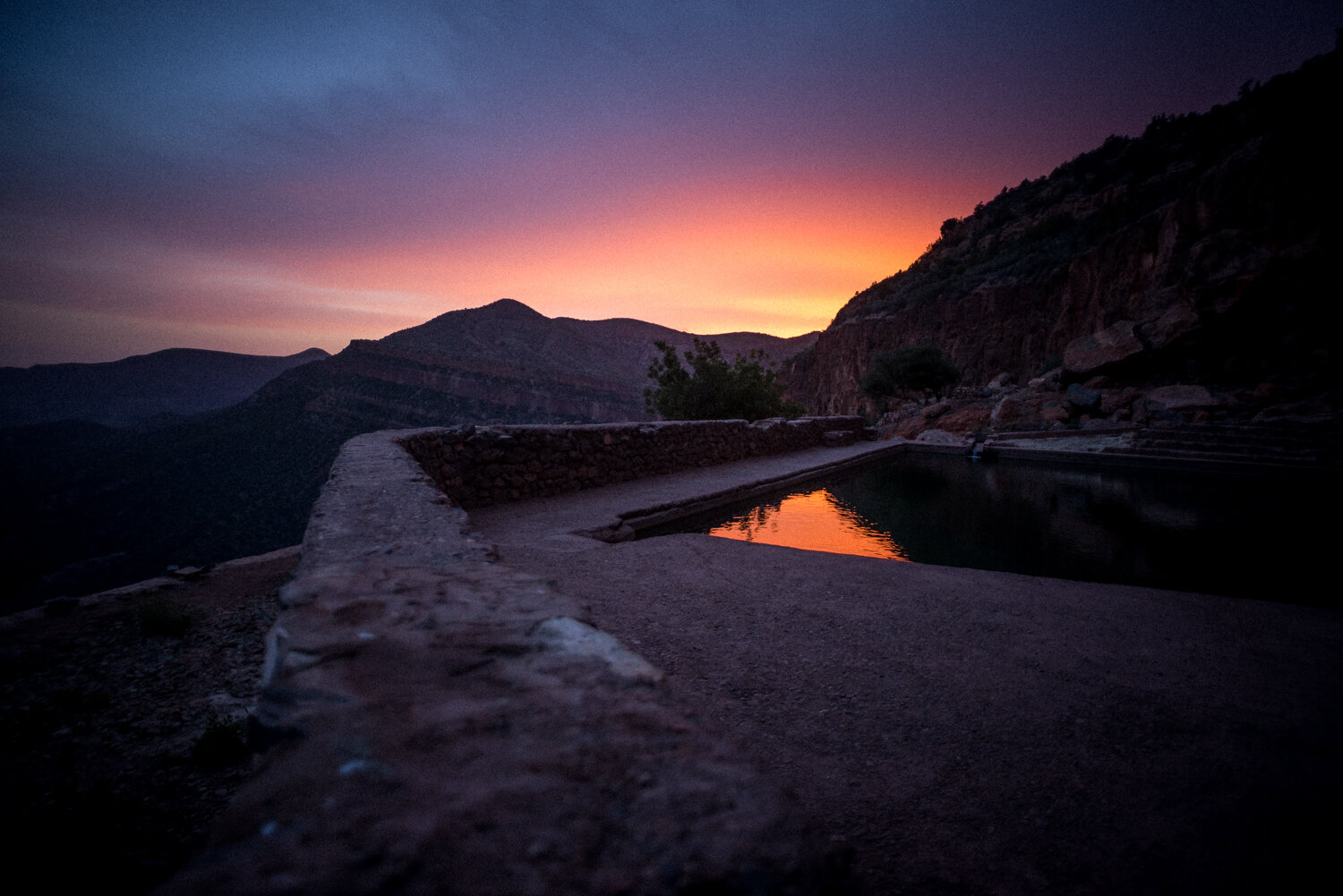
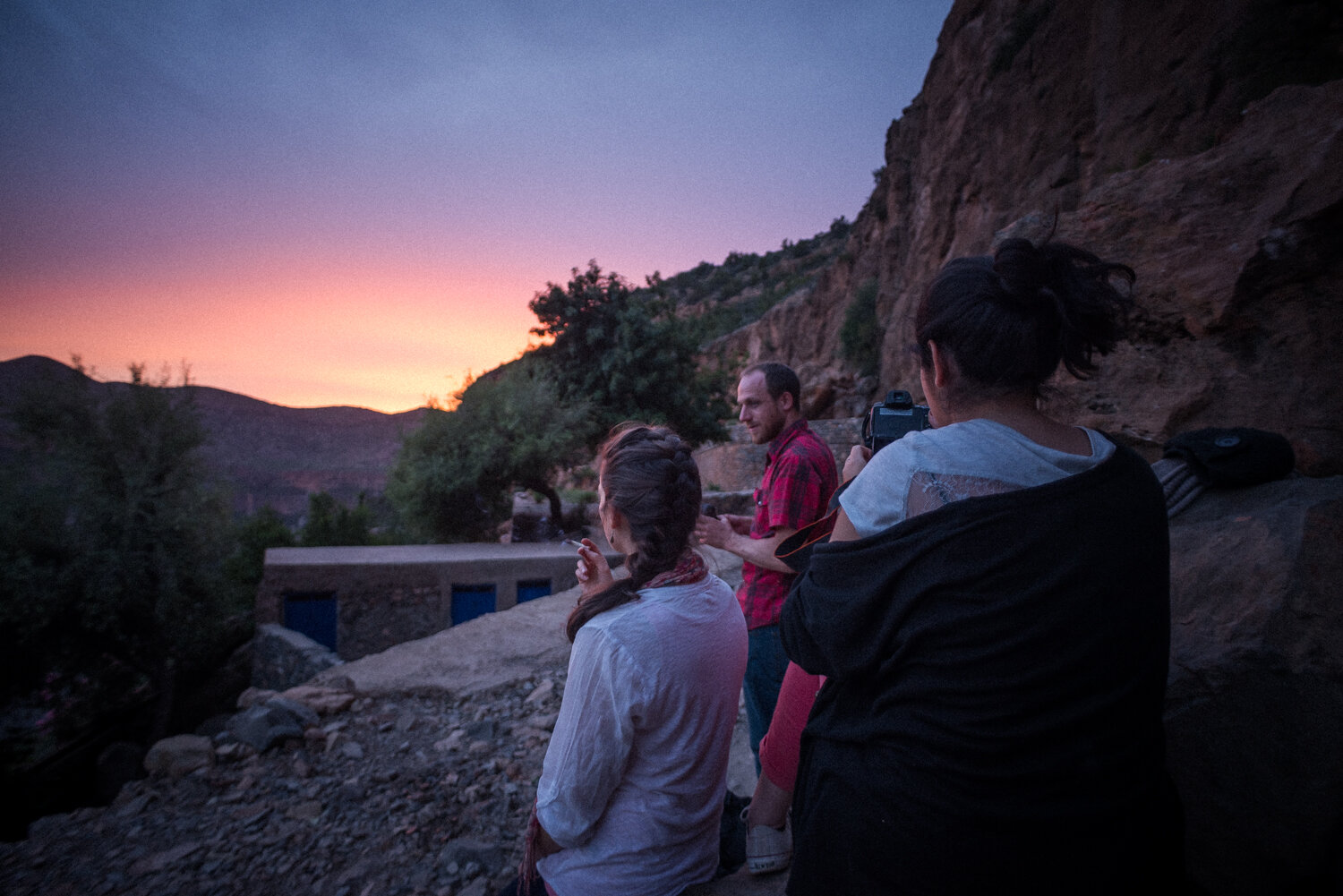
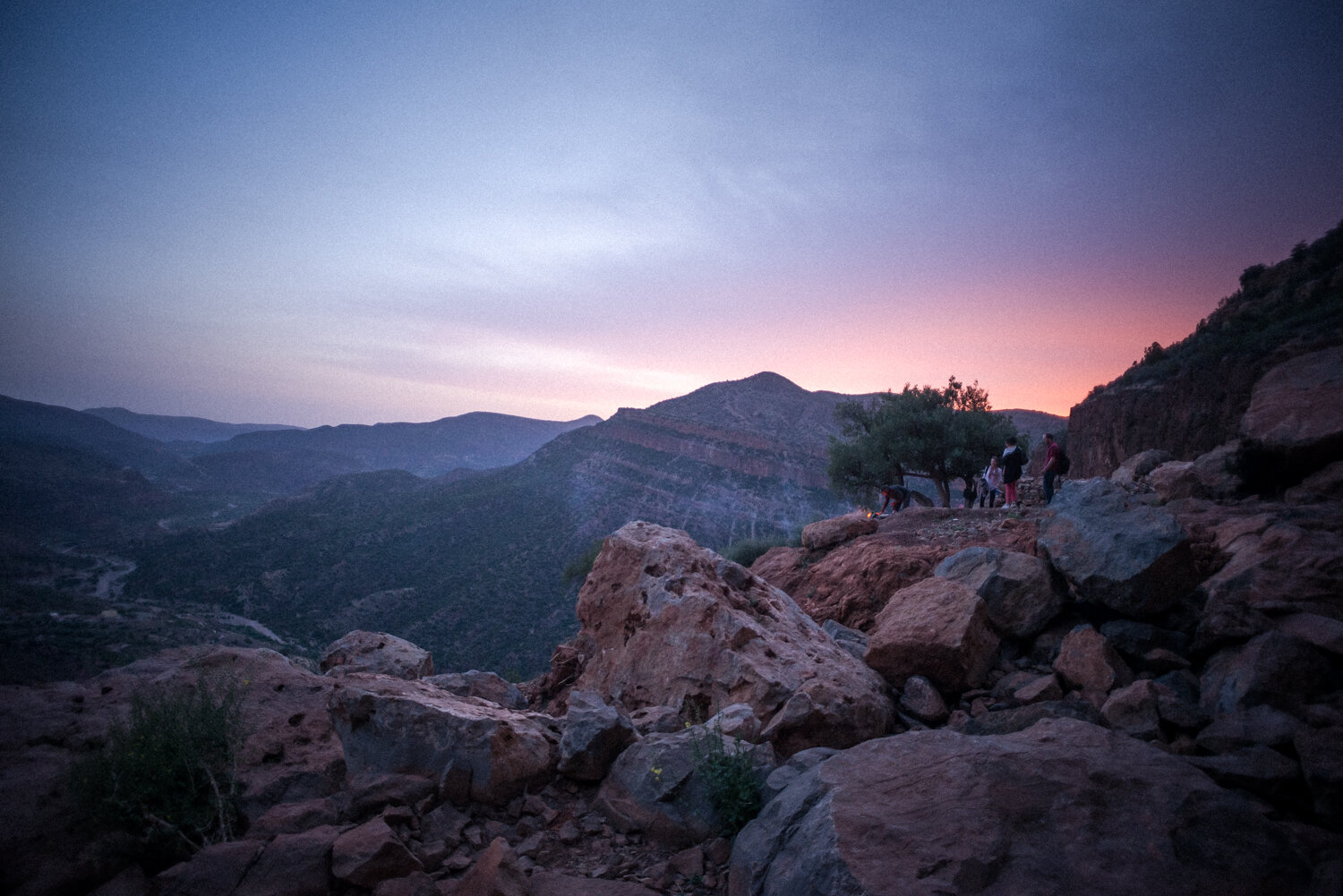


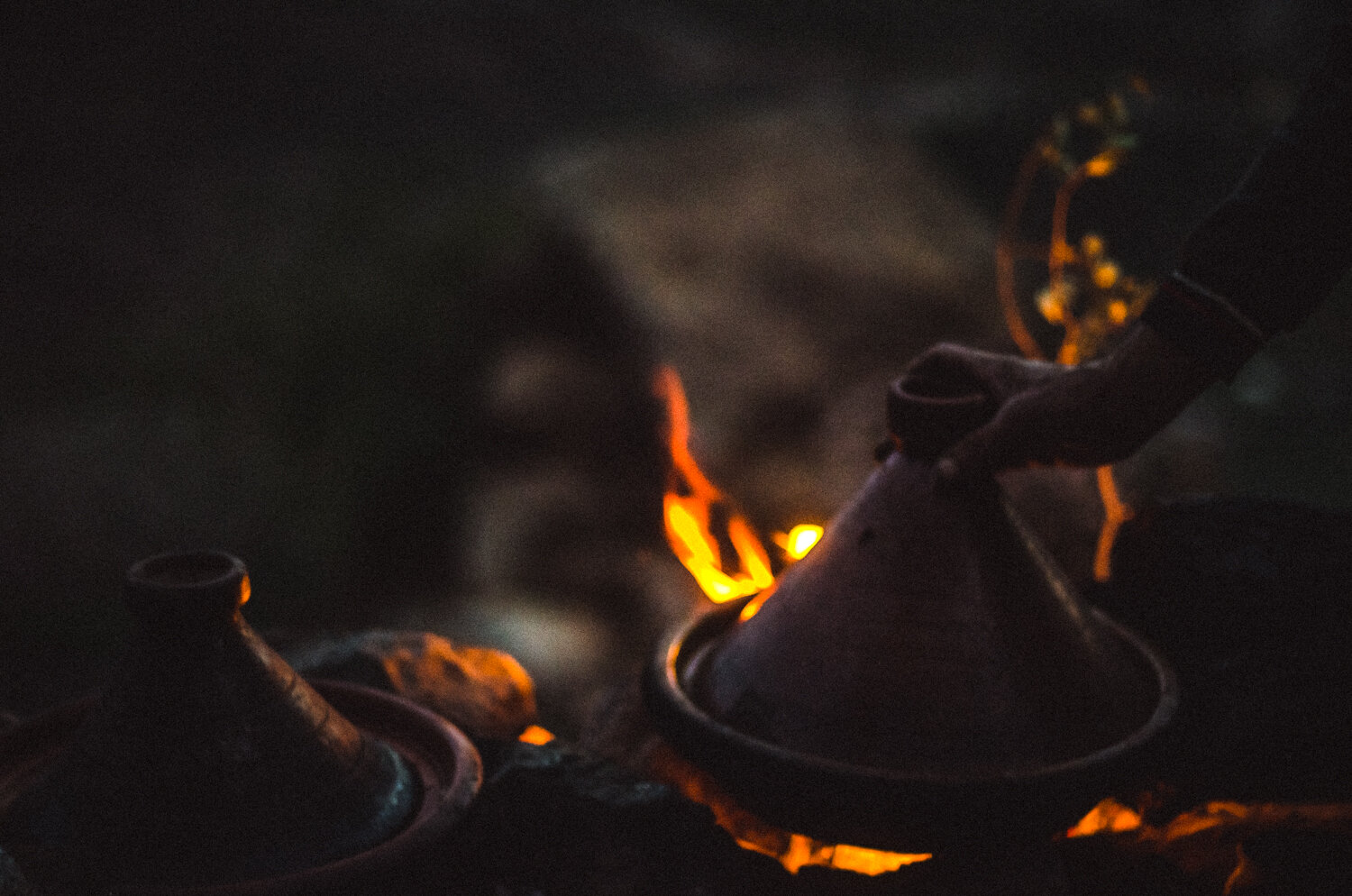

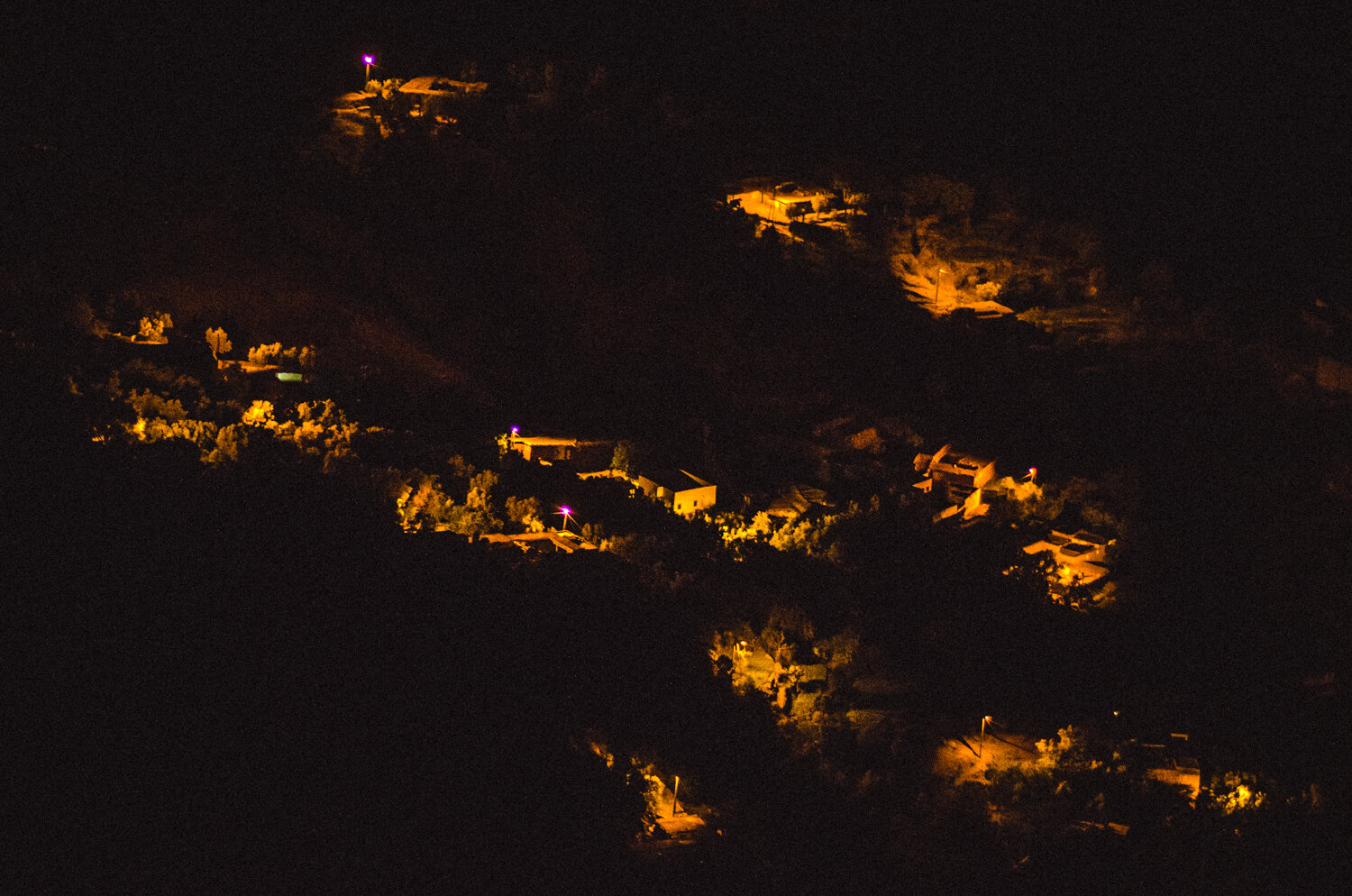
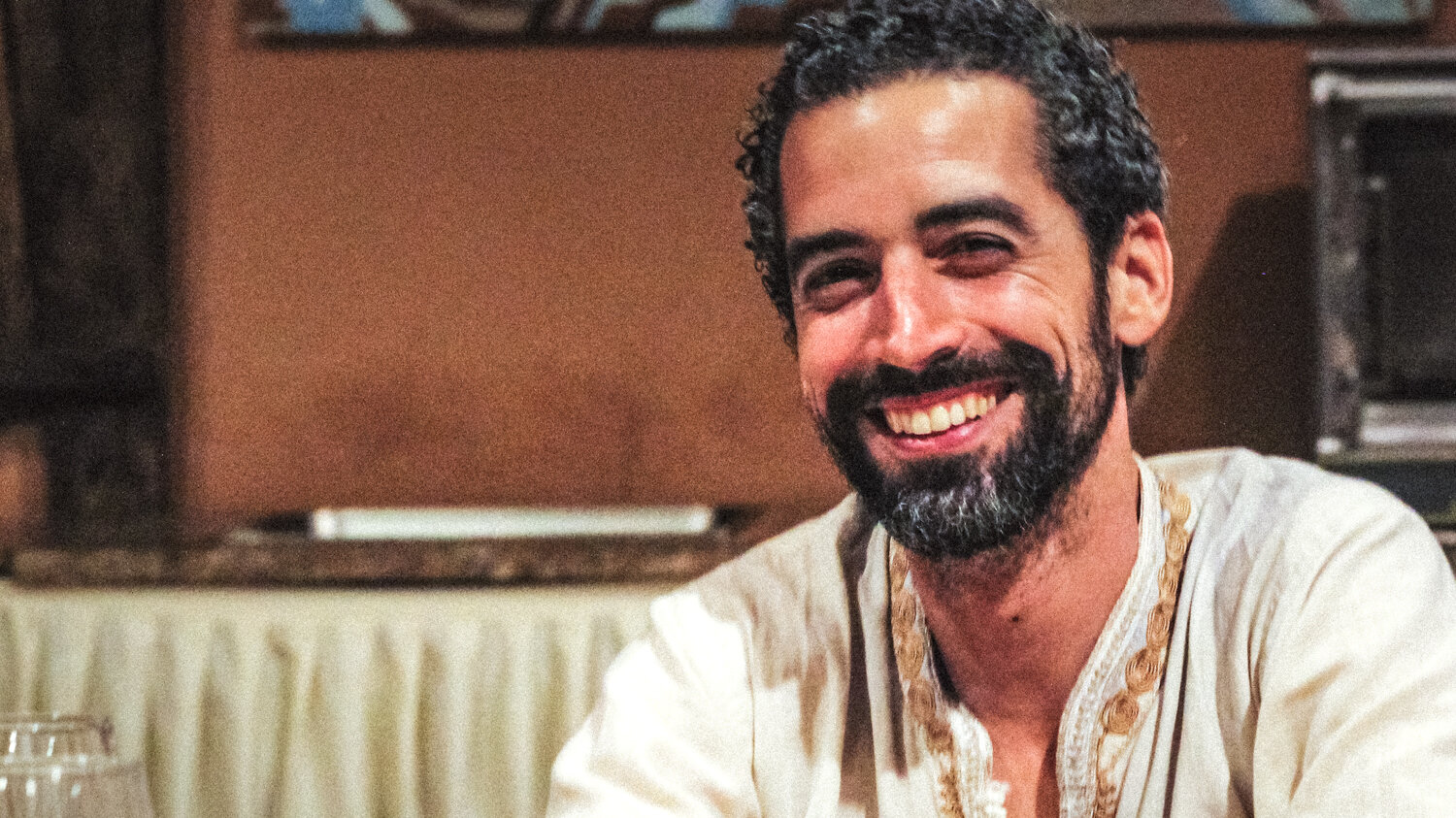
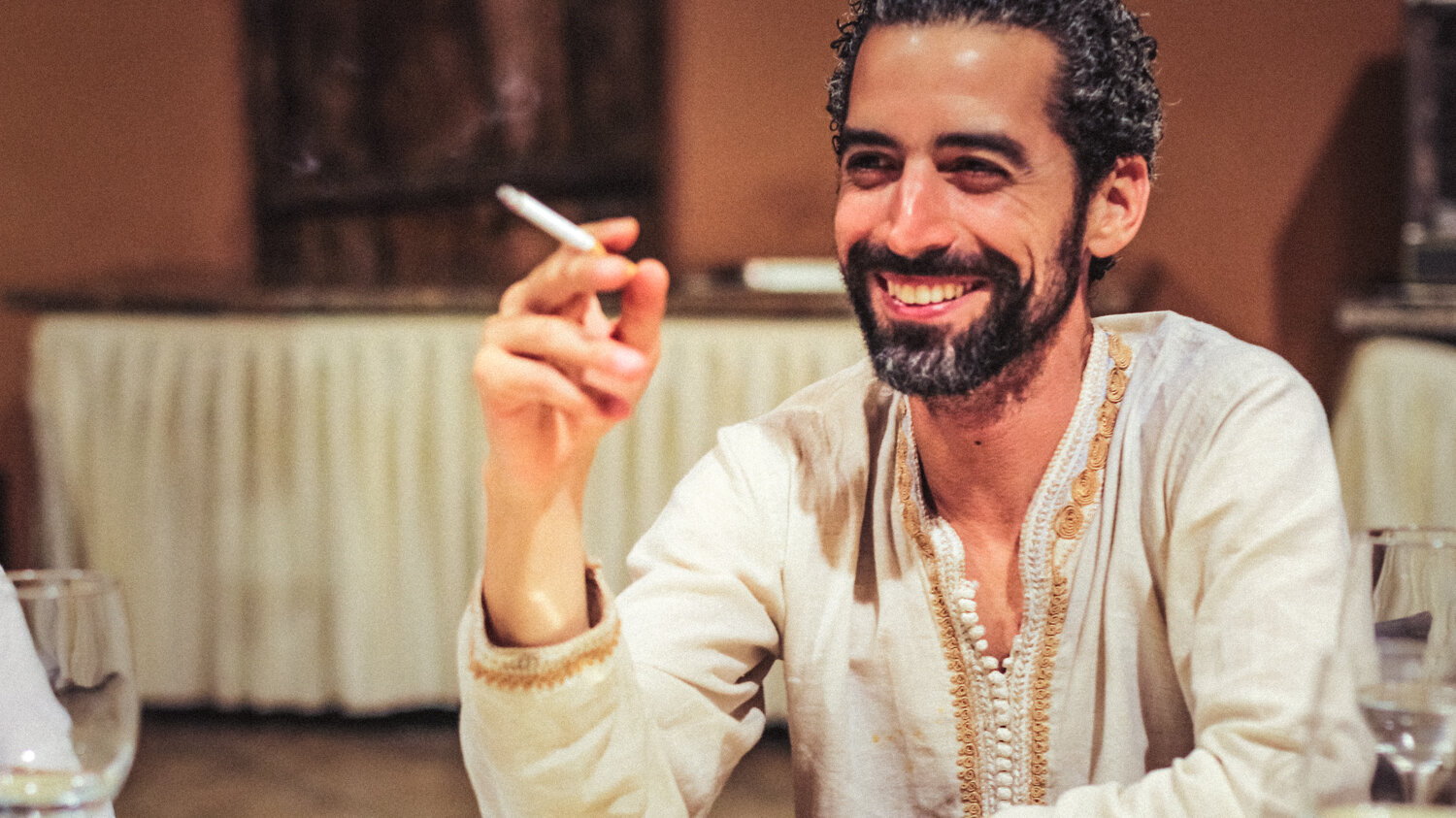
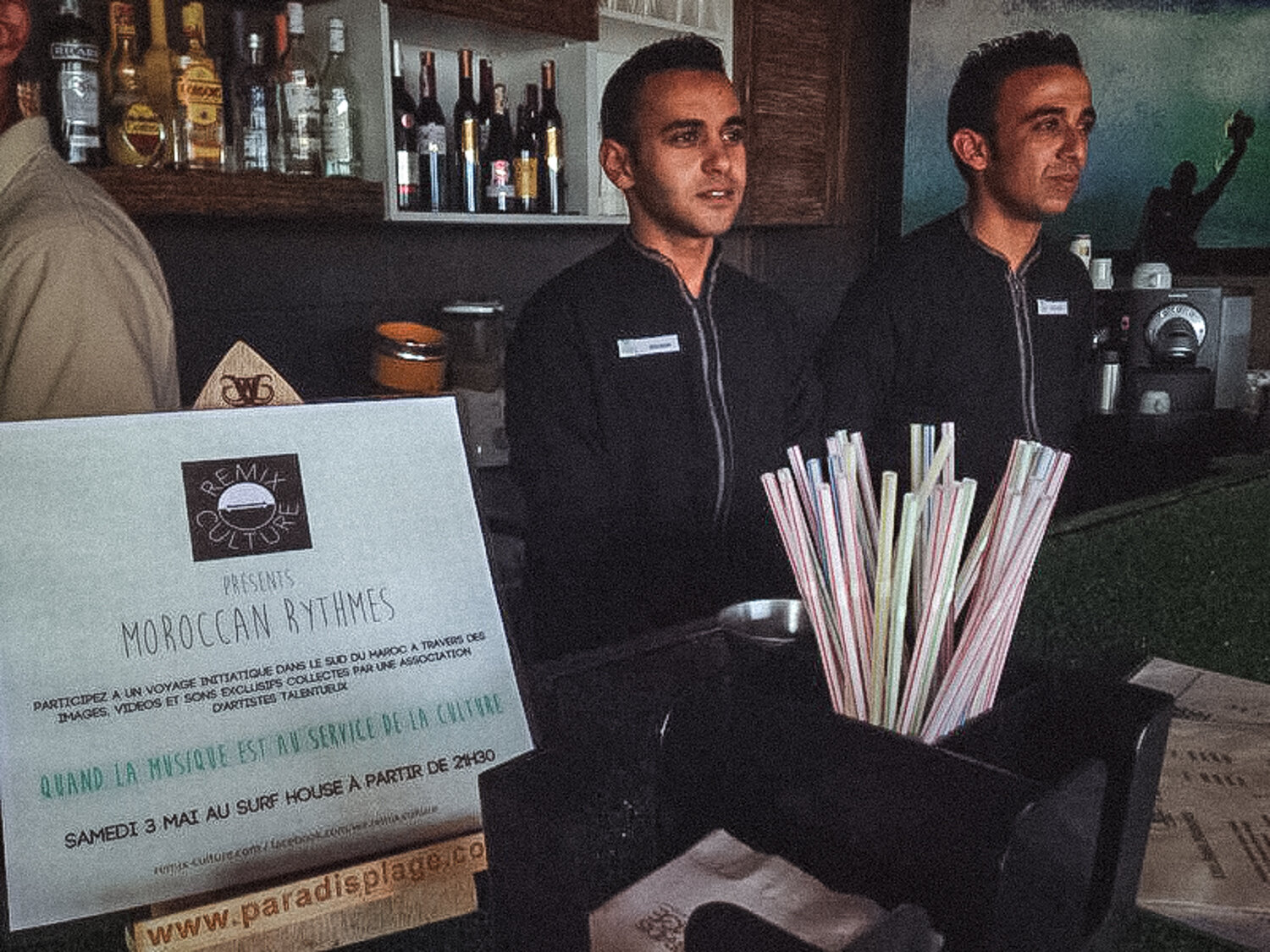
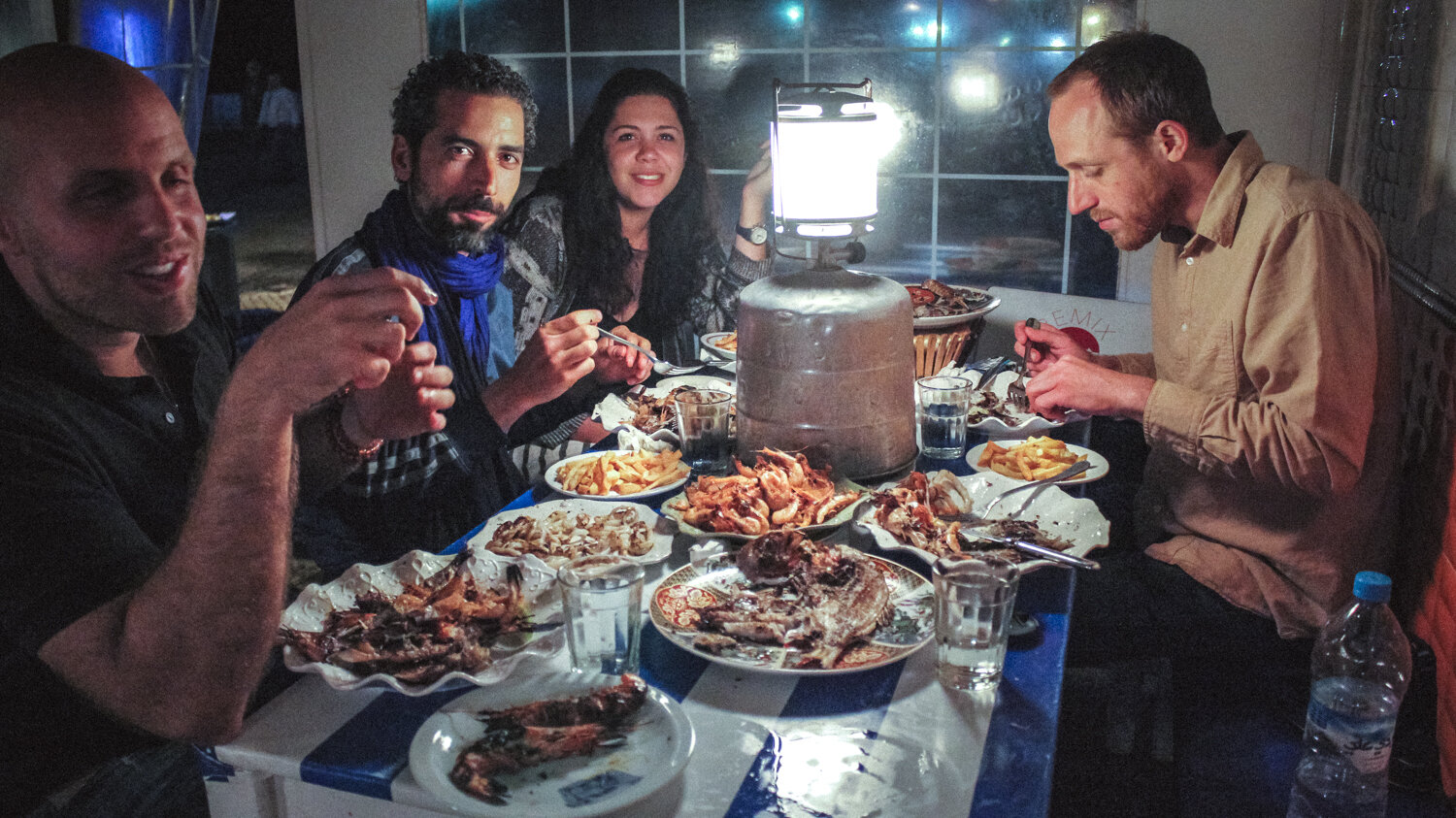
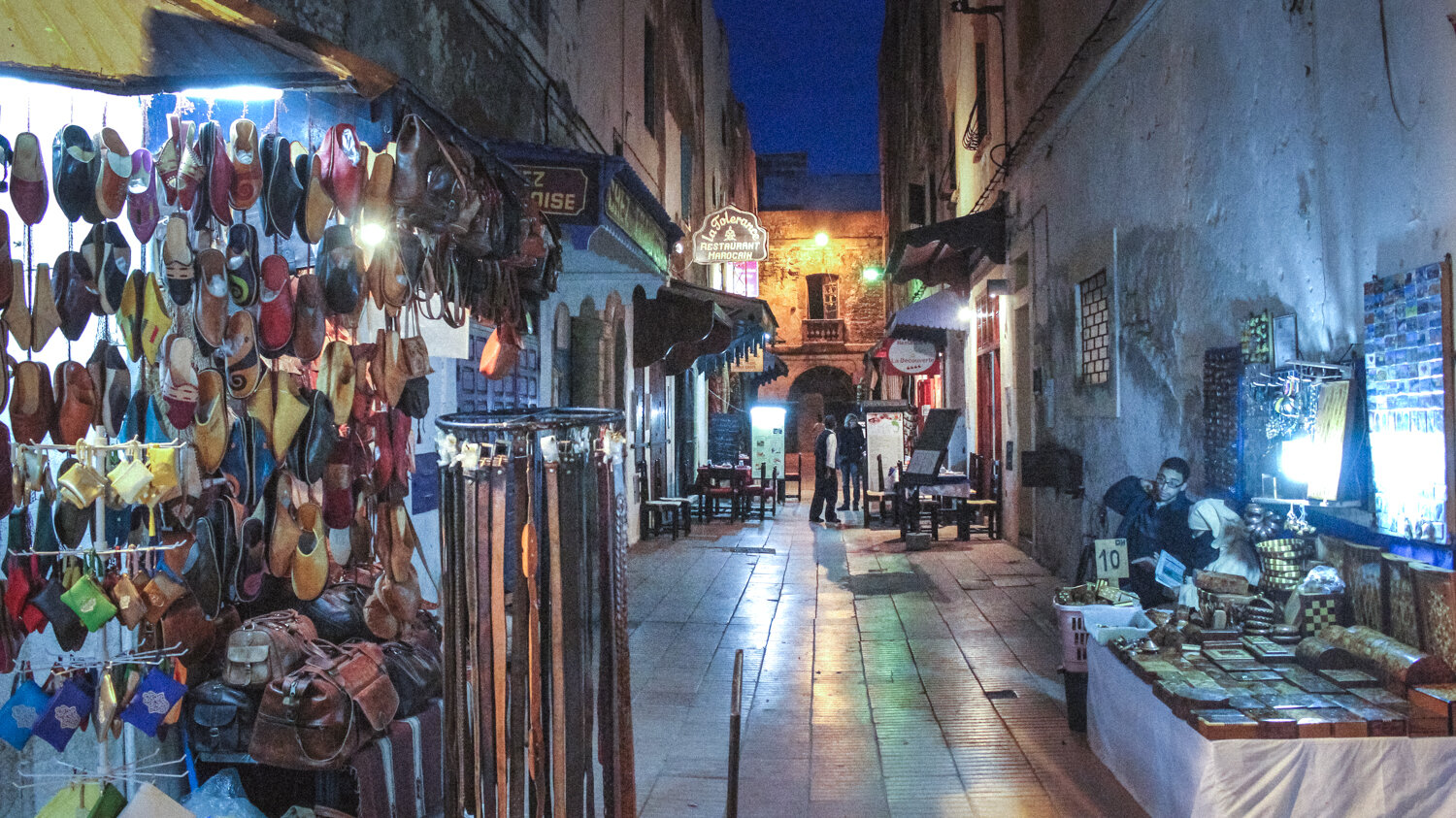
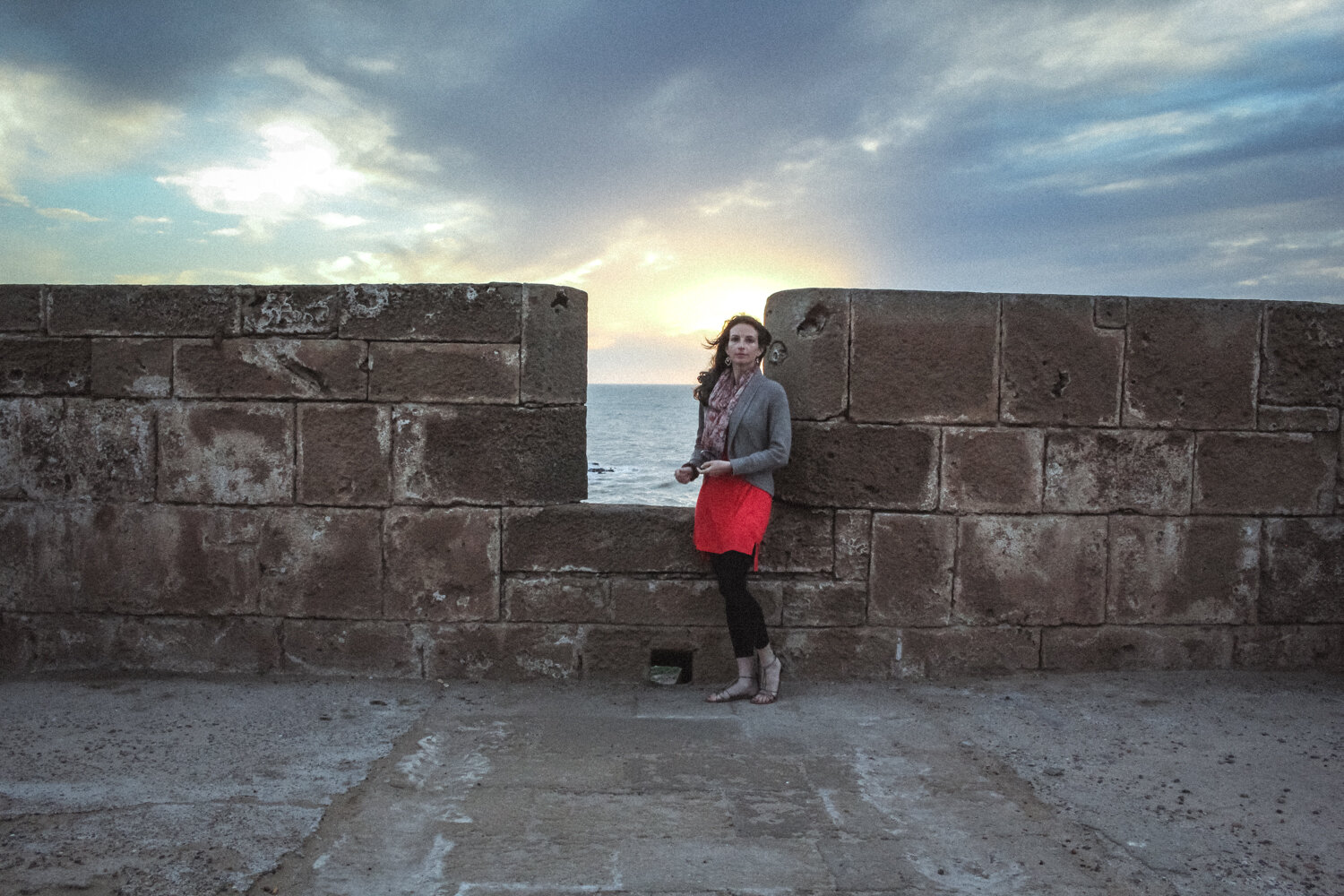
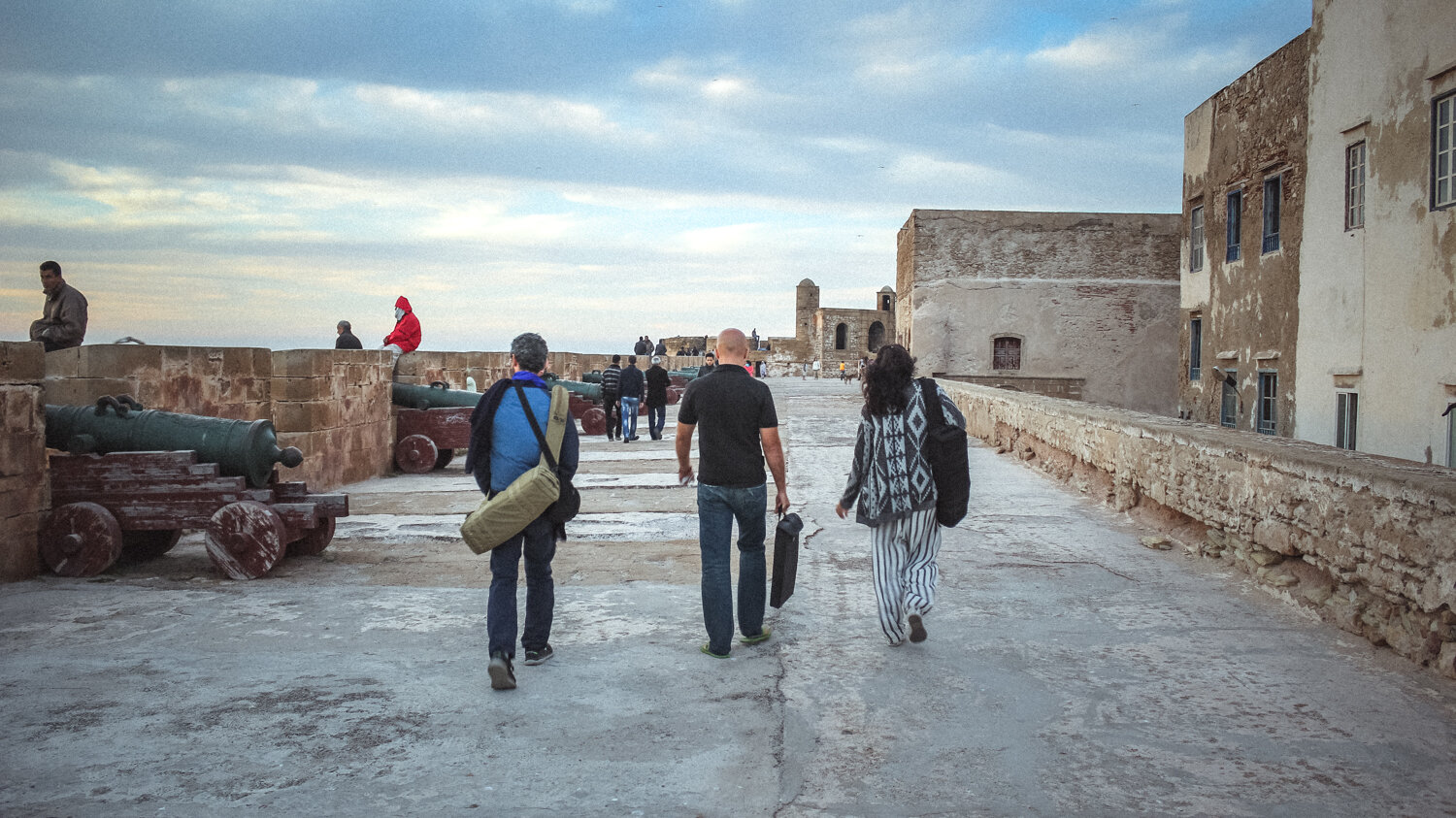
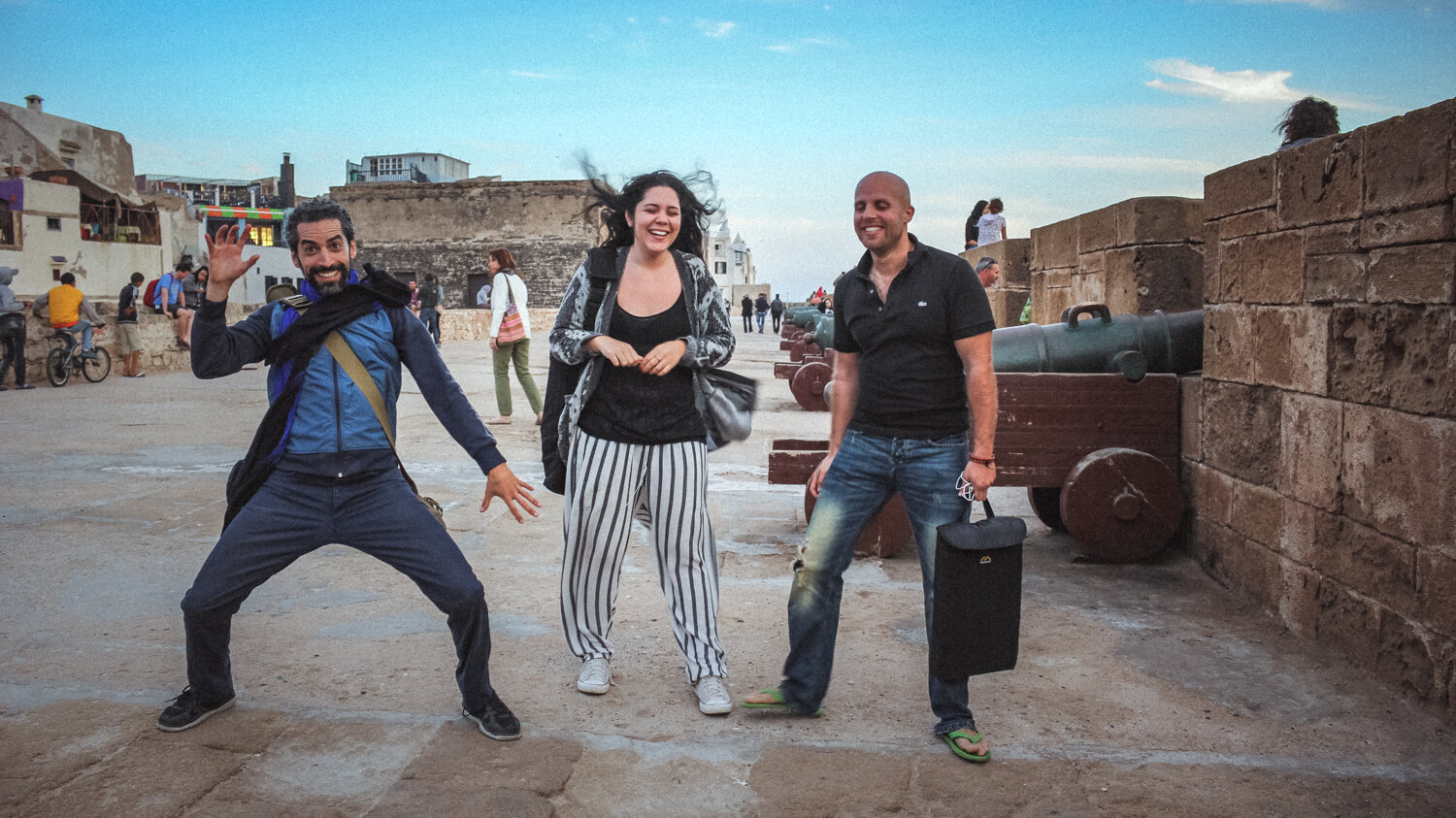
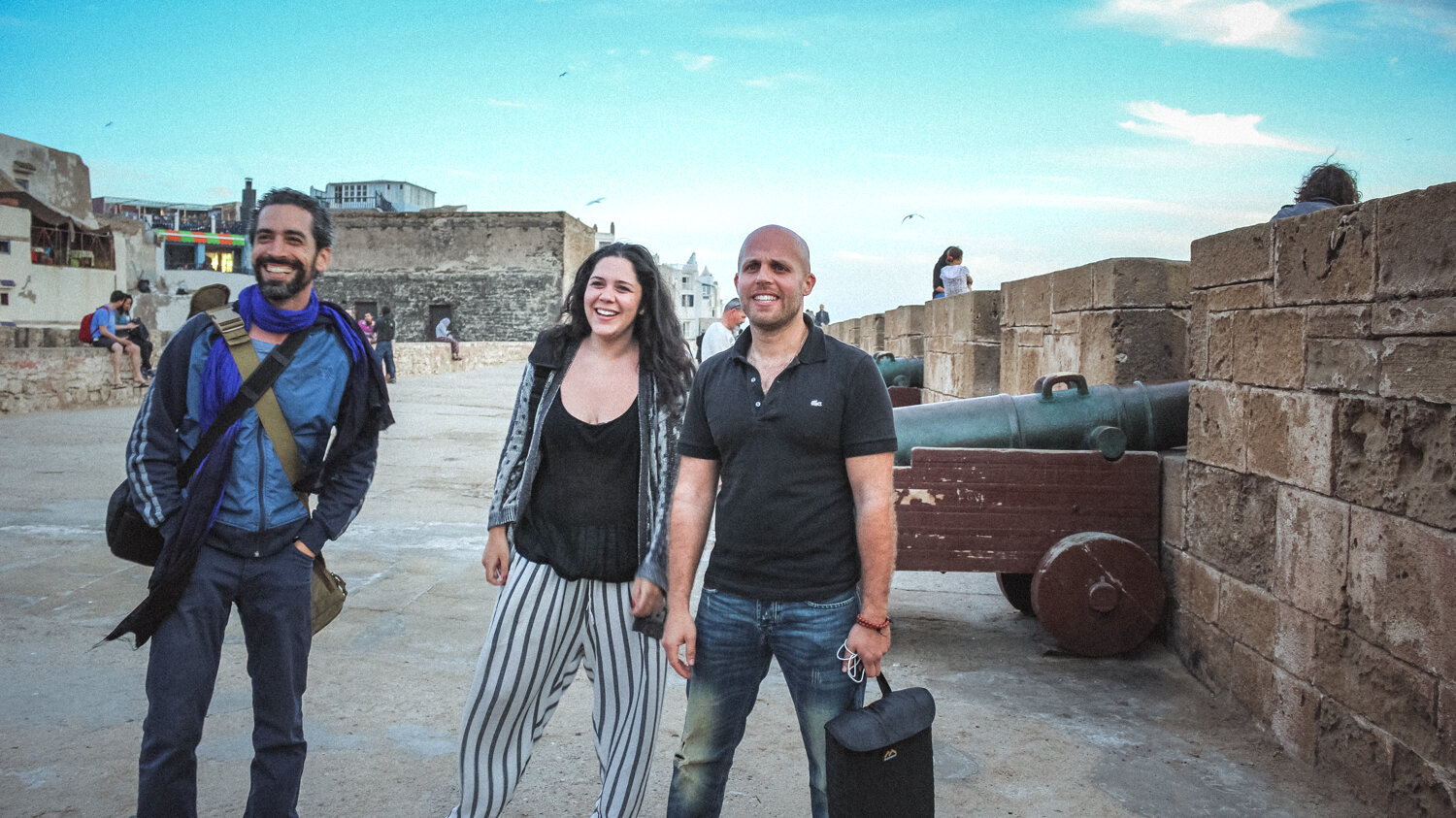
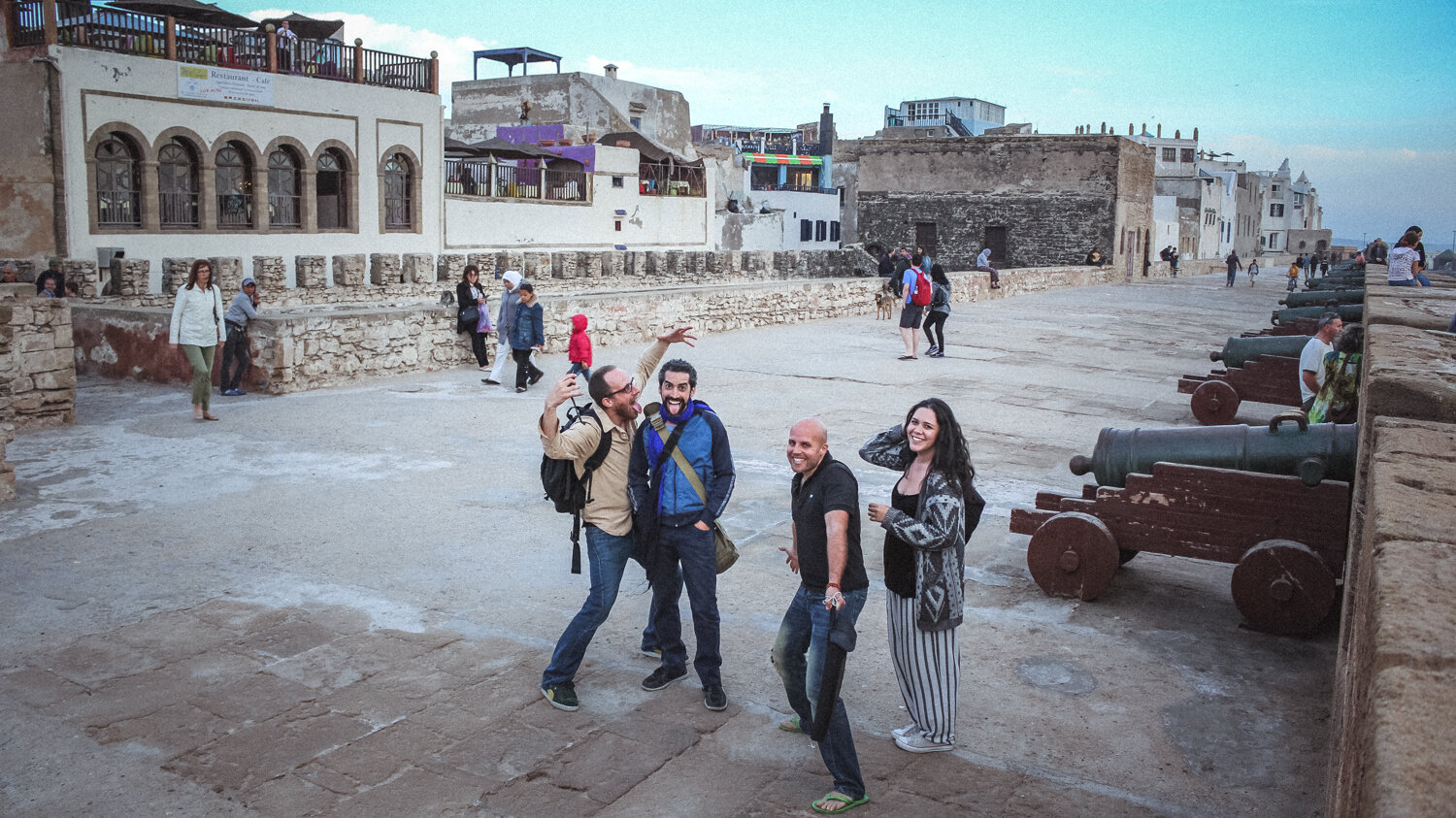
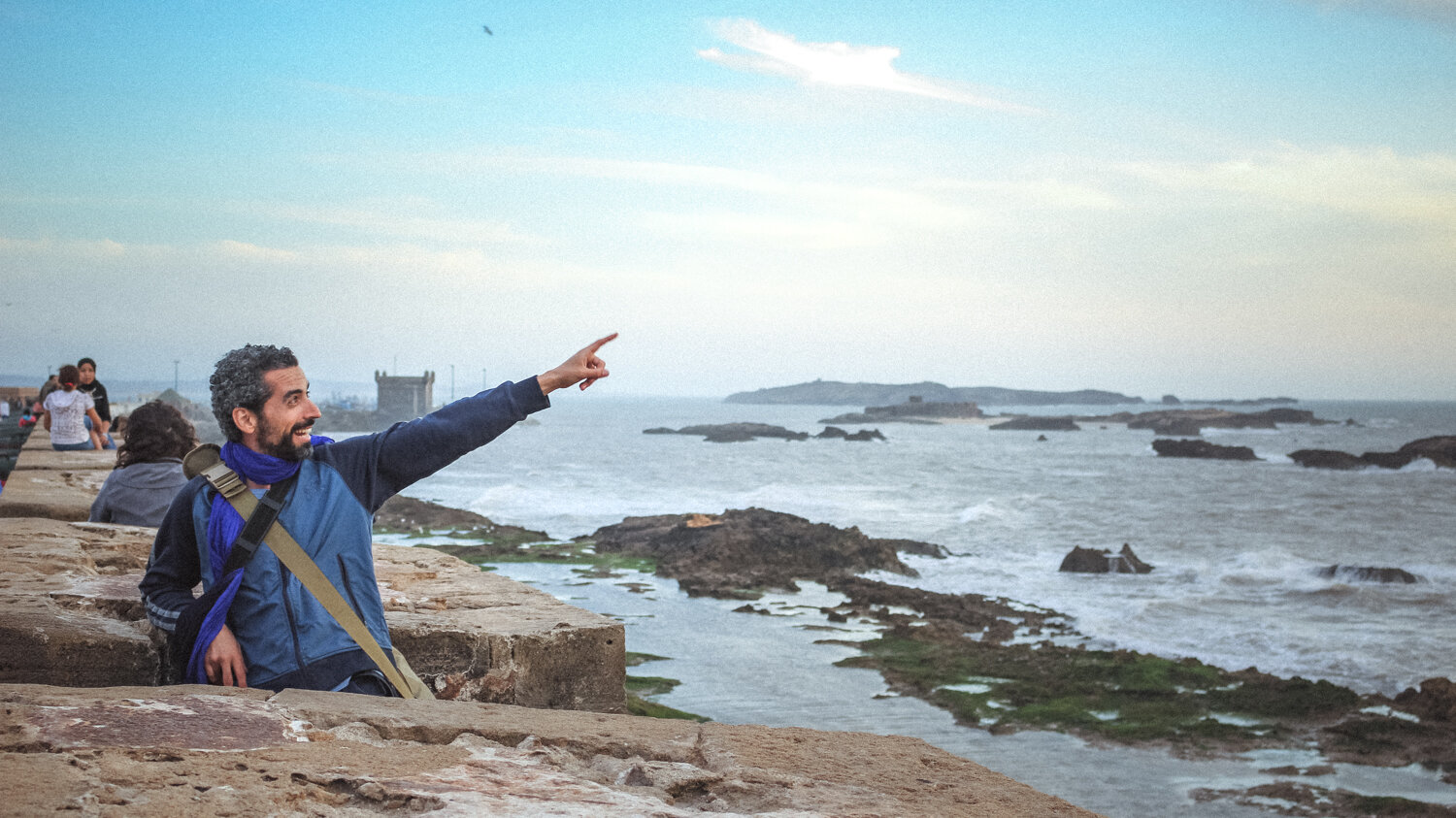
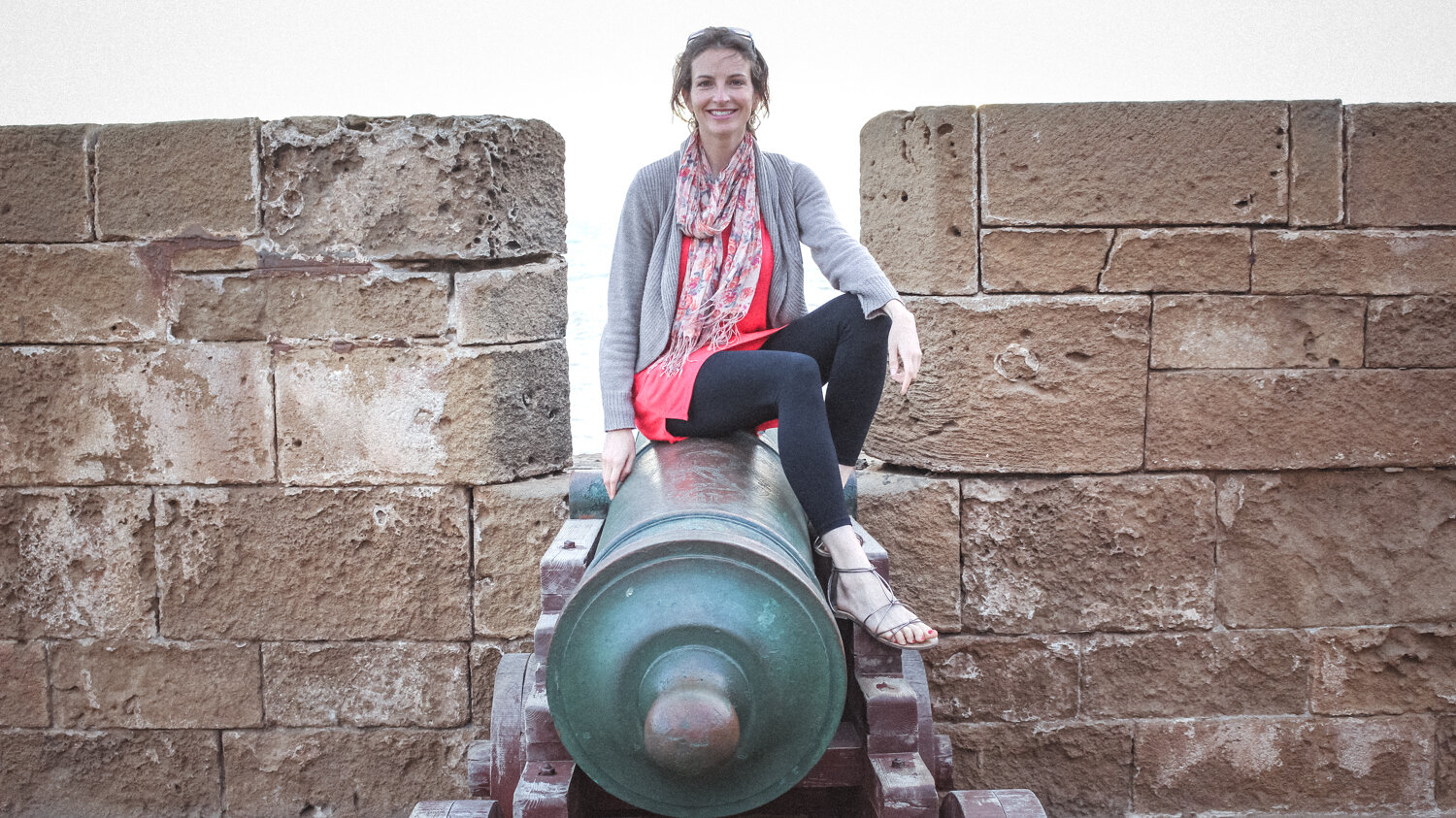
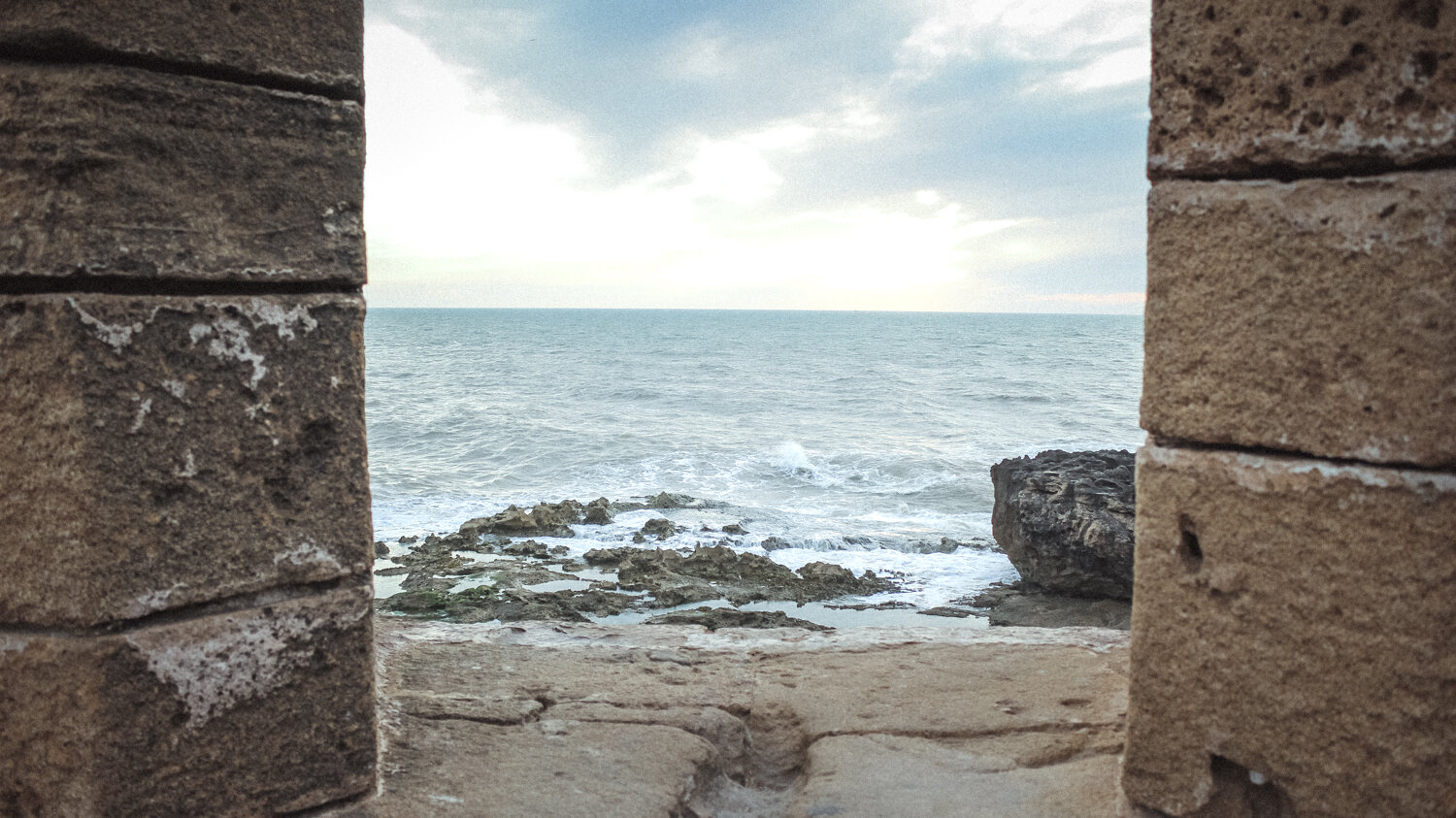
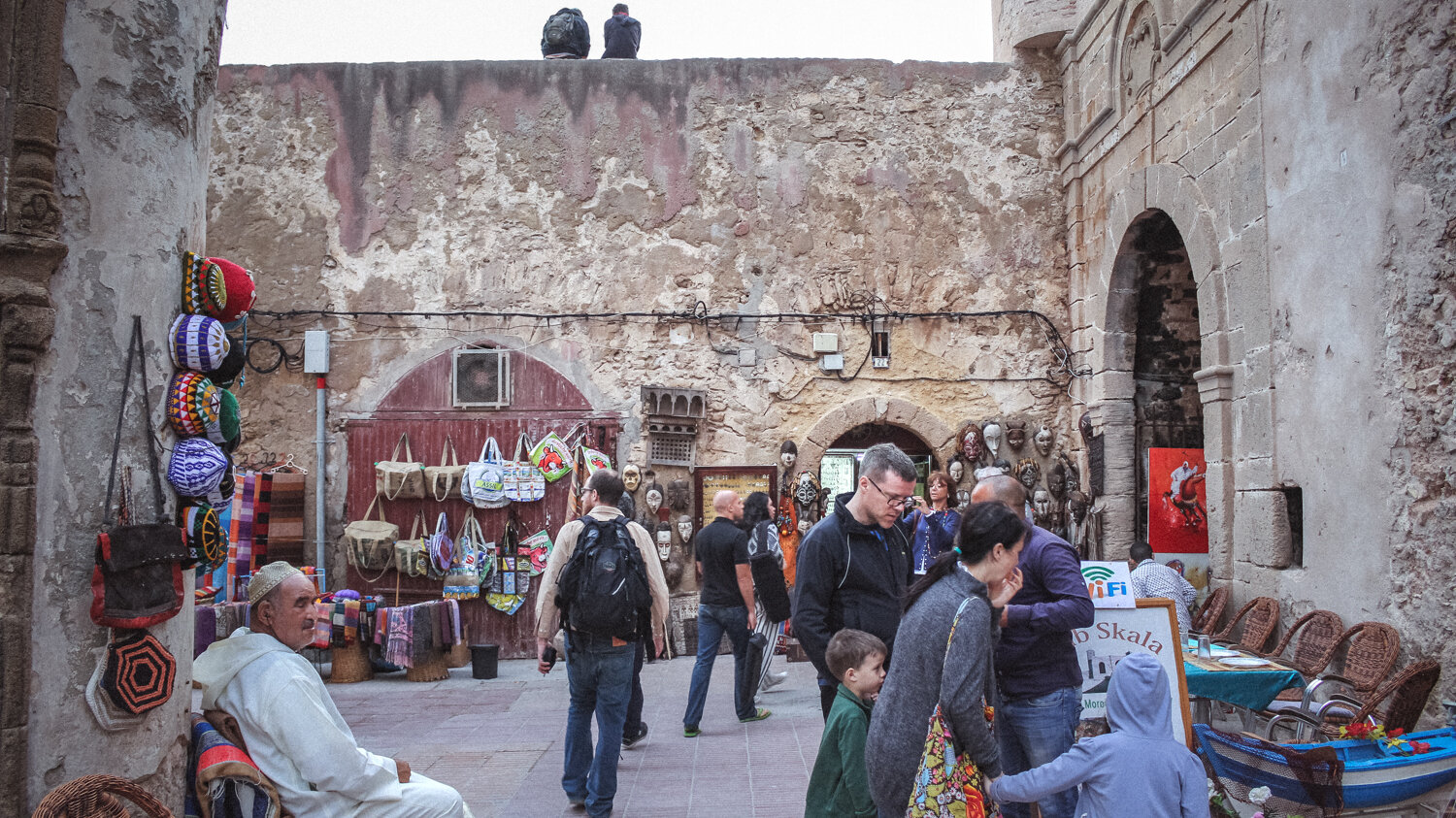
Upcoming Shows














